Every Best Picture Nominee of the 2010s, Ranked
Oscar season is once again upon us. You know what that means: Theaters are suddenly crowded with Best Picture contenders where the costuming isn't 70 percent spandex, and the pop-culture discourse is pumping out takes at an alarming rate. As usual, the opportunities for cinematic radicalism and ratio'd tweets are most prevalent in the Best Picture category. But before the 2020 winner is announced on February 9th, it's worth a look at just how much Best Picture has evolved in the last decade.
Just before the Tens kicked off, everything changed: 2009's Oscars saw the Best Picture field expanded from five to 10. Then, in 2011, with a weak slate (we see you, War Horse) and too many slots to fill, the Academy loosened the rules to allow for anywhere between five and 10 films. These changes had a profound impact not just on the number of films recognized, but the types of stories we now celebrate.
Sure, middlebrow historical films still somehow show up in droves, but in recent years, we’ve also seen sci-fi films become a regular fixture (shout out to Arrival, 2016). As the Marvel Cinematic Universe dominated the box office, and matured thematically, a superhero movie has entered the field; Alfonso Cuarón's Roma (2018) was not only a foreign-language contender, but a foreign-language contender from a streaming service; LGBTQ stories have competed, as have films with a sincere focus on people of color. For all the hand-wringing at the start of the decade about dilution, we've only seen the opposite. Expand the number of films that can be nominated—while, as importantly‚ working to diversify and broaden the voting body’s membership—and the definition of a potential Best Picture only broadens to include stories, and storytellers, that had for too long been ignored.
In anticipation of this season’s Oscars ceremony, which caps a full decade of the Academy's evolution, we’ve ranked every Best Picture nominee of the 2010s—winners included, obviously. Some of the Academy’s choices have aged quite well, while others… have not. And with that, let’s begin at the very bottom of our own preferential ballot.

79. Extremely Loud & Incredibly Close (Dir. Stephen Daldry, 2011)
Extremely overwrought and incredibly tedious. Sandra Bullock is wasted as a grieving widow and struggling mother post-9/11, while leading kid Thomas Horn is close to unwatchable and his character’s New York City-wide search—for the lock to match a mysterious key found among his late father’s belongings—seems endless. You can sense this wannabe-tearjerker straining for profundity in almost every single scene.
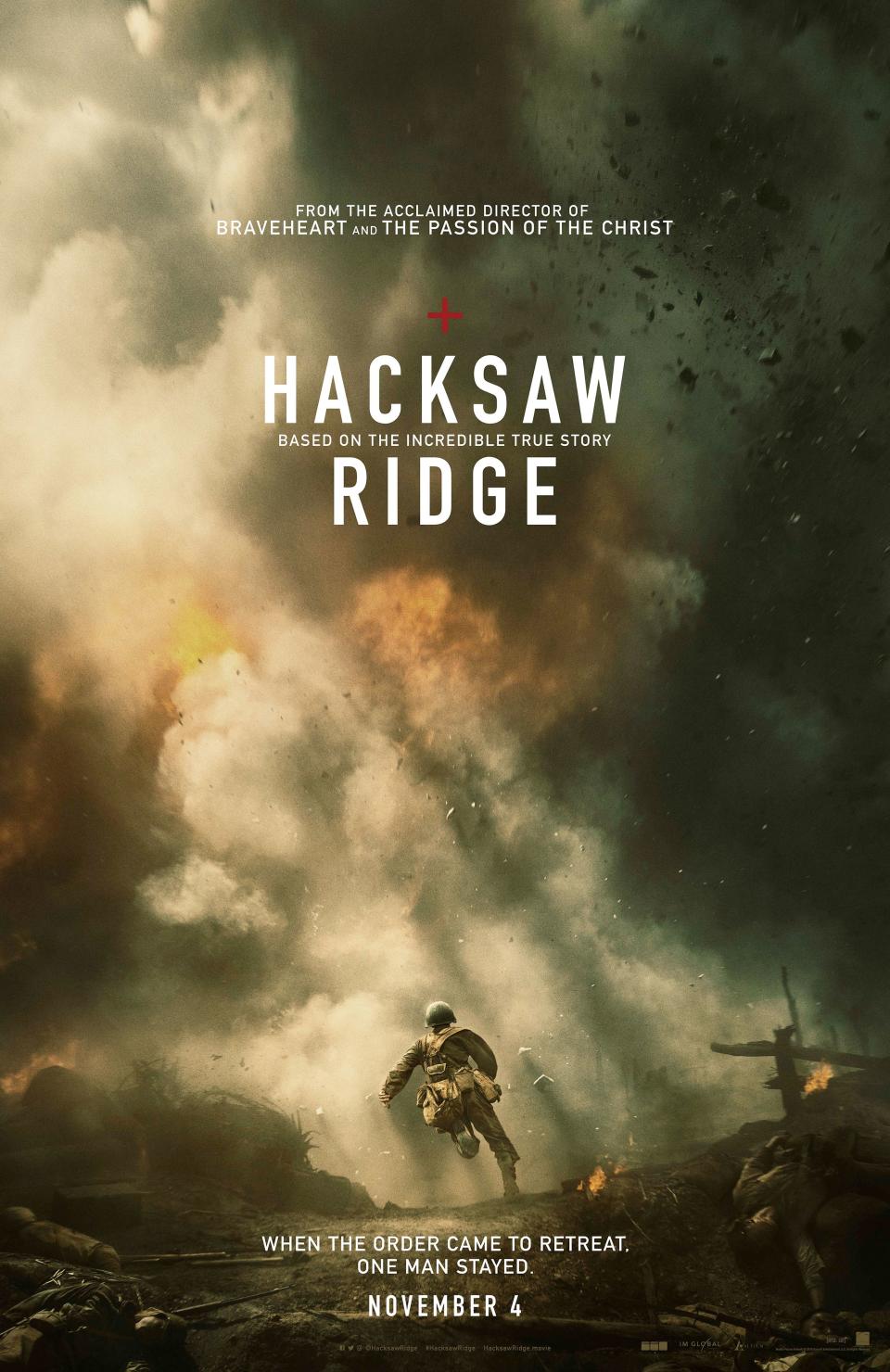
HACKSAW RIDGE, US advance poster, 2016, © Lionsgate / courtesy Everett Collection
78. Hacksaw Ridge (Dir. Mel Gibson, 2016)
Has there ever been another movie about a pacifist that loves blood and violence so much? Fine, the battle sequences in Mel Gibson’s World War II throwback are impressively staged, but they’re also excessively brutal—no surprise, considering who gave the orders. Away from the gunfire, the film gets mired in dewy-eyed sentiment. It all makes for a conflicted movie that alternates between being deeply hokey and deeply unpleasant to watch.
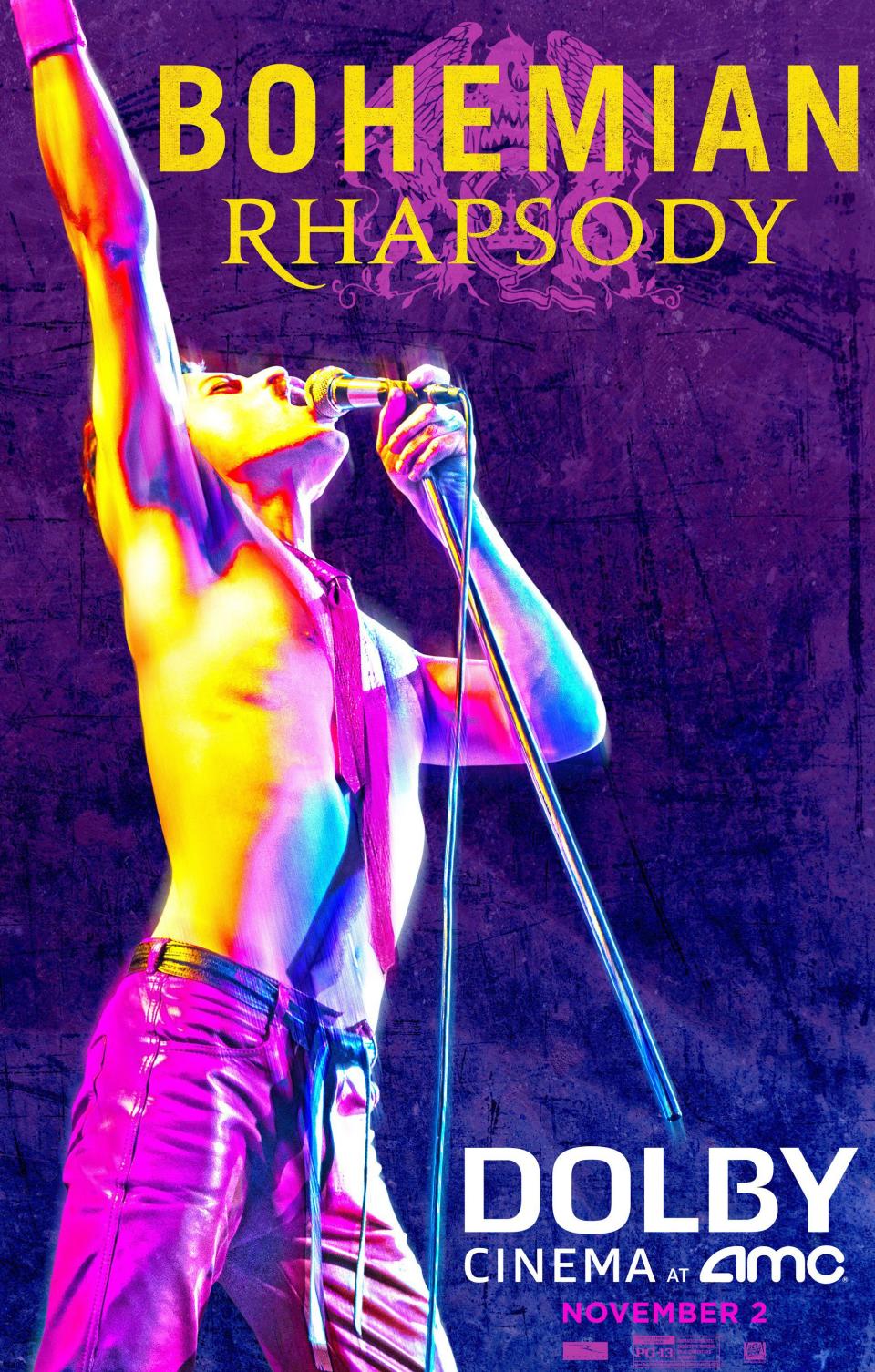
MCDBORH FE024
77. Bohemian Rhapsody (Dir. Bryan Singer, 2018)
Everything about Bohemian Rhapsody—Bryan Singer’s involvement and the way it was (not) discussed, the jittery editing, Rami Malek’s lip synching, everyone’s hair, the way that it straight-up lies about Queen’s career arc, the fact that it was rewarded with four Oscars and nearly $1 billion worldwide—is a crime. Anyone looking for a greatest-hits digest of Queen should listen to one of Queen’s actual greatest-hits records.
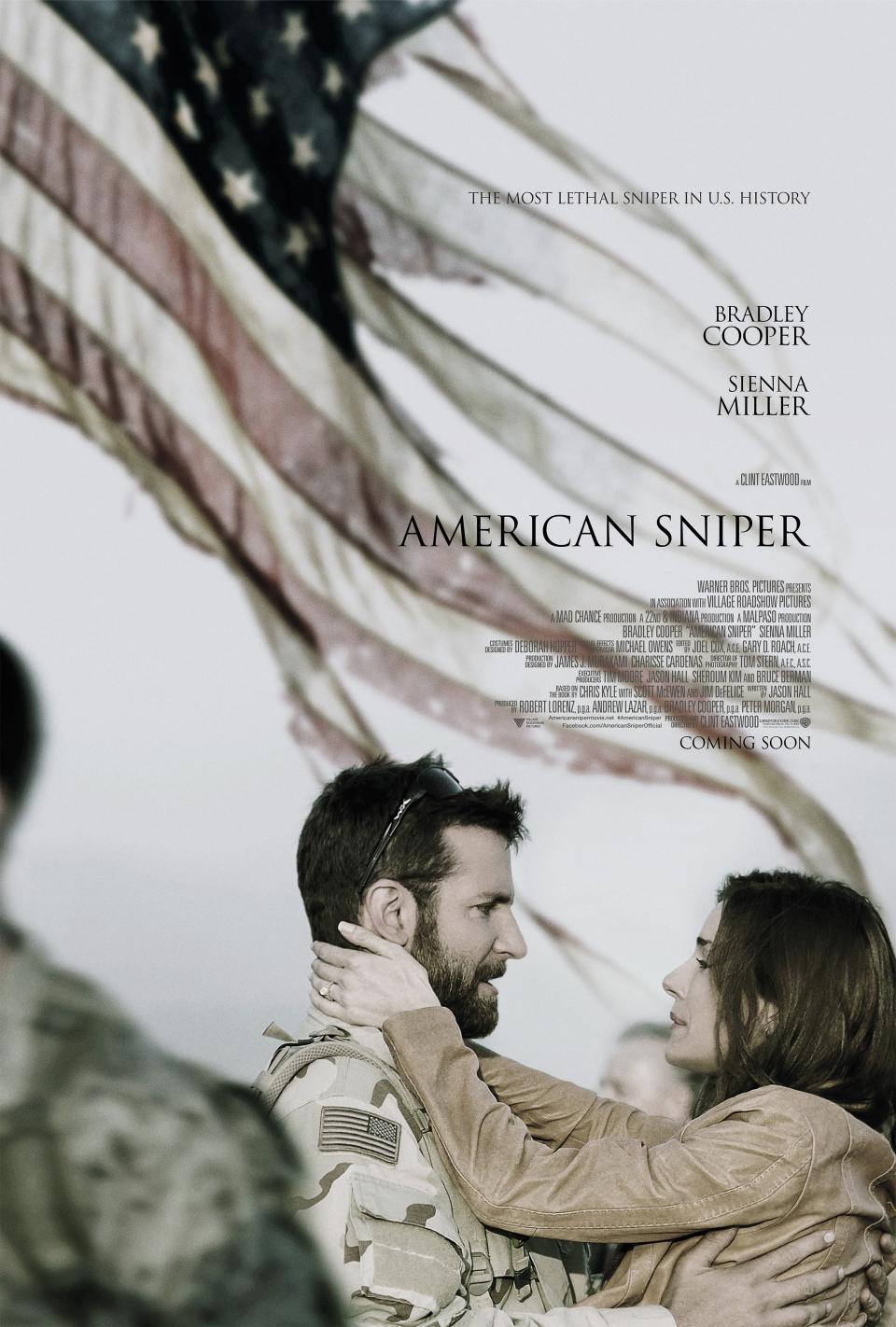
AMERICAN SNIPER, US poster, l-r: Bradley Cooper, Sienna Miller, 2014. ©Warner
76. American Sniper (Dir. Clint Eastwood, 2014)
Jingoistic in its worst moments, and lacking nuance even in its best, Eastwood’s mega-grossing salute to late Navy SEAL and marksman Chris Kyle charges into its account of the Iraq War without really complicating the conflict. The opposition is viewed as an absolute evil and any critiques of the military campaign sound like lip service. Bradley Cooper is most formidable when he’s stateside and dealing with the after-effects of violence, but he’s paired with an overmatched Sienna Miller and a fake baby.

WAR HORSE, right: Jeremy Irvine on US poster art, 2011, ©Touchstone Pictures/courtesy Everett Collec
75. War Horse (Dir. Steven Spielberg, 2011)
War Horse is meant to warm the heart, but at almost two-and-a-half hours, it mostly tests your patience. For every resplendent shot of warmly lit skies and green fields you're also subjected to obvious staging, flat line readings, and incessant fawning over the titular horse. Sometimes those last two show up together: “He’s something else, that one," explains one character, helpfully.

THE THEORY OF EVERYTHING, British poster art, from left: Felicity Jones as Jane Hawking, Eddie
74. The Theory of Everything (Dir. James Marsh, 2014)
What’s the use of a Stephen Hawking biopic that isn’t interested in the work of Stephen Hawking? The Theory of Everything fixates on the relationship between the late theoretical physicist and his first wife, author Jane Hawking, whose memoir was adapted into the film’s screenplay. While the attention to Felicity Jones’s Jane is welcome, the movie peters out just as the Hawkings’s marriage does.

LES MISERABLES, US advance poster art, Isabelle Allen, 2012. ©Universal Pictures/Courtesy Everett Co
73. Les Misérables (Dir. Tom Hooper, 2012)
You’ve gotta respect the effort. Tom Hooper mounts a sprawling screen translation of the iconic musical, complete with all of his performers singing live on camera (as opposed to the usual film-musical practice of over-dubbing with studio-recorded tracks). (Some numbers are more successful than others.) It’s genuinely surprising that the Academy didn’t fall for the boldness and hand Les Mis the top prize—though the relentless close-ups and excessive runtime (two-and-a-half hours; feels like four) help explain why.

THE IMITATION GAME, US advance poster art, Benedict Cumberbatch as Alan Turing, 2014. © Weinstein
72. The Imitation Game (Dir. Morten Tyldum, 2014)
Benedict Cumberbatch stars as historical multi-hyphenate Alan Turing (mathematician, codebreaker, computer scientist) in this biographical drama, which volleys between a few periods in Turing’s life. A bullied childhood and romantic feelings for a best friend, decoding German messages during World War II and laying the groundwork for modern computers, government-mandated chemical castration for being homosexual, and his eventual suicide—it’s all too much, handled too plainly, in a film that doesn’t quite cohere.

THE HELP, US poster art, from left: Viola Davis, Octavia Spencer, Emma Stone, Bryce Dallas Howard, 2
71. The Help (Dir. Tate Taylor, 2011)
“This isn’t about me,” Emma Stone’s aspiring journalist says at one point during The Help. Could’ve fooled us! Despite telling a story ostensibly centered on the experiences of two women of color working as maids in 1960s Mississippi (played by Viola Davis and Octavia Spencer, respectively), Tate Taylor’s softball period piece is much more preoccupied with the rivalries, relationships, and inner lives of its white women. If the most powerful actor involved in a film regrets taking her part, that says it all.

LION, US poster art, Dev Patel, 2016, ©The Weinstein Company/courtesy Everett Collection
70. Lion (Dir. Garth Davis, 2016)
The true story of a little boy living in India who falls asleep alone on a train, wakes up hundreds of miles from home, then finds his birth mother 25 years later is incredible, and Lion’s first hour grabs you by the heartstrings. But it lets go in the second half, as the adult Saroo Brierley (a strapping Dev Patel) spends a lot of time navigating Google Earth and shutting out loved ones in his adoptive home of Australia. As difficult as Saroo’s journey back is, no one here has much to do—not even the star scouring the globe.

DALLAS BUYERS CLUB, US poster art, Matthew McConaughey, 2013. ©Focus Features/courtesy Everett Colle
69. Dallas Buyers Club (Dir. Jean-Marc Vallée, 2013)
It’s wild that Dallas Buyers Club nabbed two (!) of the four acting trophies at the 86th Oscars. The McConaissance was in full swing, of course, and Matthew McConaughey is indeed electric as Ron Woodroof, a homophobe who discovers he’s HIV-positive, and who then endeavors—first for profit, eventually for principle—to provide safe medication to people living with AIDS. He’s the most compelling element of the film, which drags like the filler pages of a high school essay. And Jared Leto’s win for Best Supporting Actor is dubious; not that he's bad in the role of a trans woman, per se—the role could have been more richly (and deservedly) played by someone who has lived the experience.
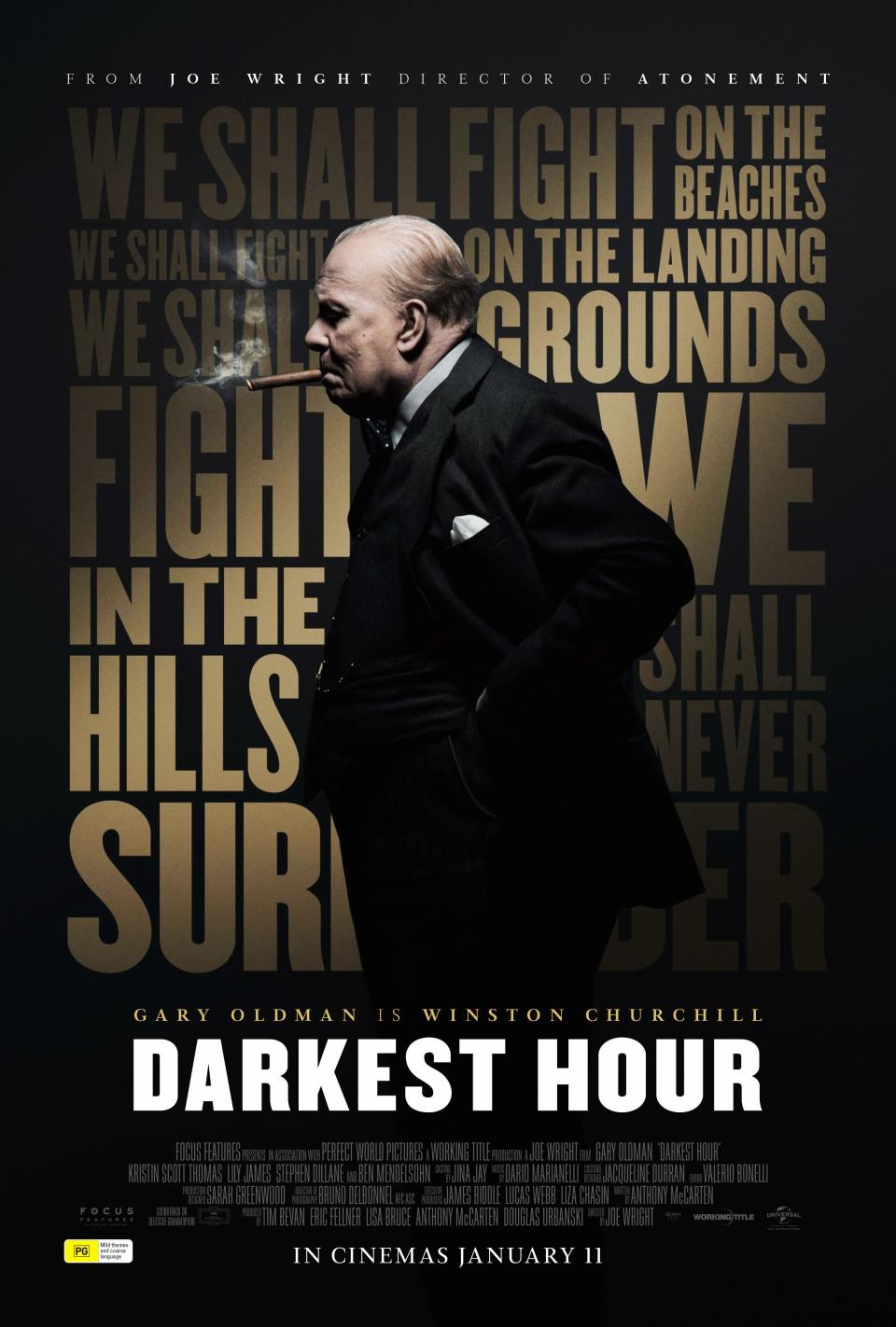
MCDDAHO EC224
68. Darkest Hour (Dir. Joe Wright, 2017)
In Darkest Hour’s opening scenes, Gary Oldman’s Winston Churchill is declared Prime Minister, an honor he’s been craving and working toward his entire life. The blustery role finally brought the actor his long-overdue recognition from the Academy—all he had to do was sit in the makeup chair for 200 total hours and smoke $20,000 worth of cigars. The movie around Oldman isn’t as dull as it appears, but it's hard to escape the feeling that Darkest Hour is much more than an extended awards-show clip.
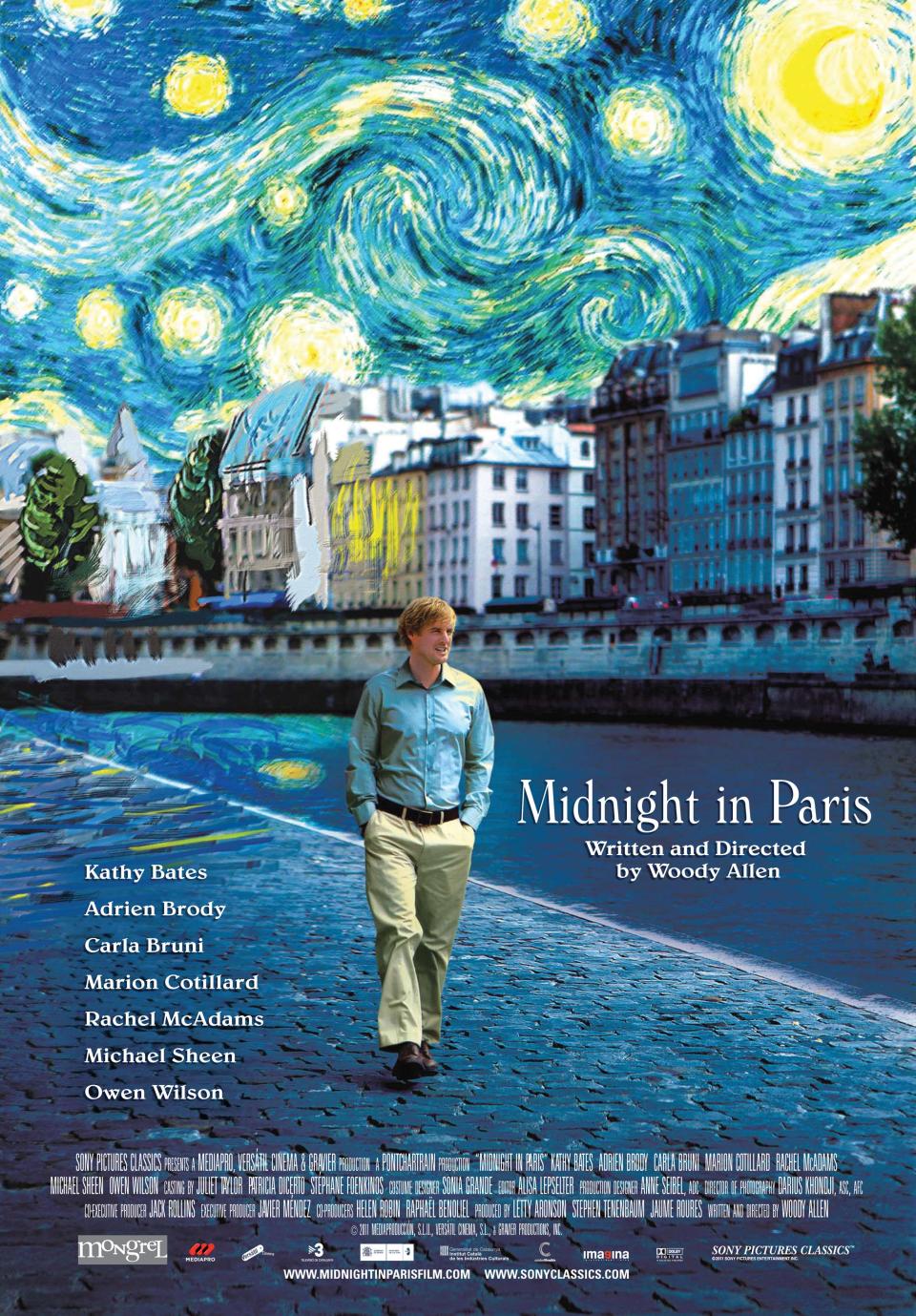
MIDNIGHT IN PARIS, Owen Wilson on US poster art, 2011, ©Sony Pictures Classics/courtesy Everett Coll
67. Midnight in Paris (Dir. Woody Allen, 2011)
Completely understandable if you have zero appetite for Woody Allen’s love letter to Jazz-Age Paris. But those who do time travel with Owen Wilson—who plays a facsimile of the controversial director’s shopworn neurotic persona—will find a charming-enough story filled with goofs on some of the early 20th century’s greatest artists. It’s pleasant, if a little too content to spell out its message, but definitely not worth caping up for.
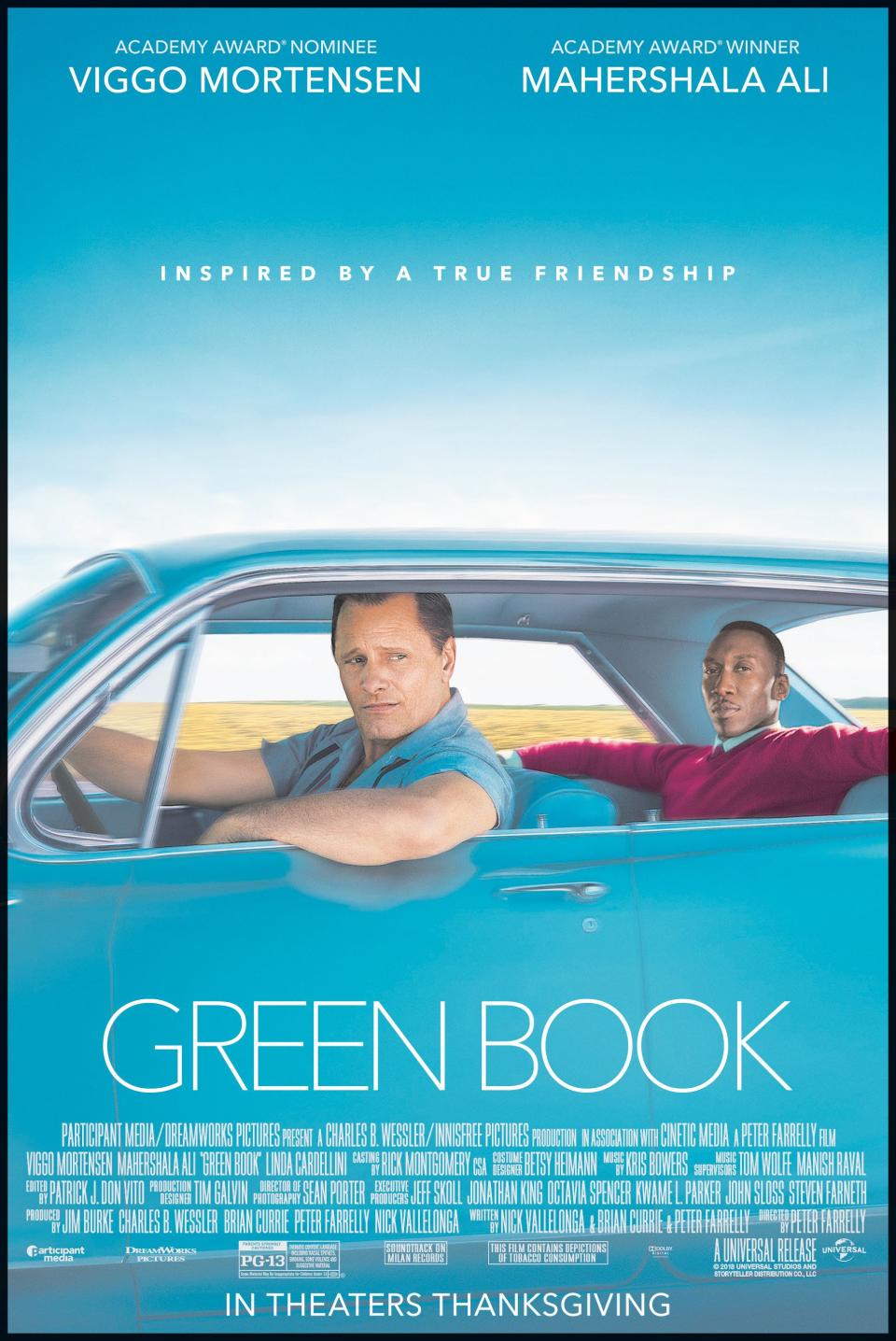
MCDGRBO EC062
66. Green Book (Dir. Peter Farrelly, 2018)—WINNER
A movie that should’ve been titled Driving Don Shirley. Like too many Academy favorites before it, this Best Picture winner is a story about race that erroneously foregrounds a white person’s perspective. The fact that it was co-written by this particular white person doesn’t do the film any favors. If you're generous enough to ignore the inherent issues, you'll find a palpable warmth between the two leads, even though Mahershala Ali’s portrayal of Dr. Don Shirley might be misinformed and Viggo Mortensen’s Tony Lip is so broad that he can fit an entire pizza pie in his mouth.

HIDDEN FIGURES, US poster art, from left, Janelle Monae, Taraji P. Henson, Octavia Spencer, 2016,
65. Hidden Figures (Dir. Theodore Melfi, 2016)
Honoring the women of color whose contributions to NASA have gone largely unrecognized is a noble cause, and Hidden Figures is well aware of that fact. Theodore Melfi’s feel-good historical drama has a self-congratulatory air about it, and a safeness permeates the whole thing, down to the presence of Kevin Costner’s supervisor character, who’s evolved enough to roll up his sleeves, knock down the “Colored Ladies Room” sign, and stand in as an avatar for white viewers. The values might be progressive, but the execution’s conservative.
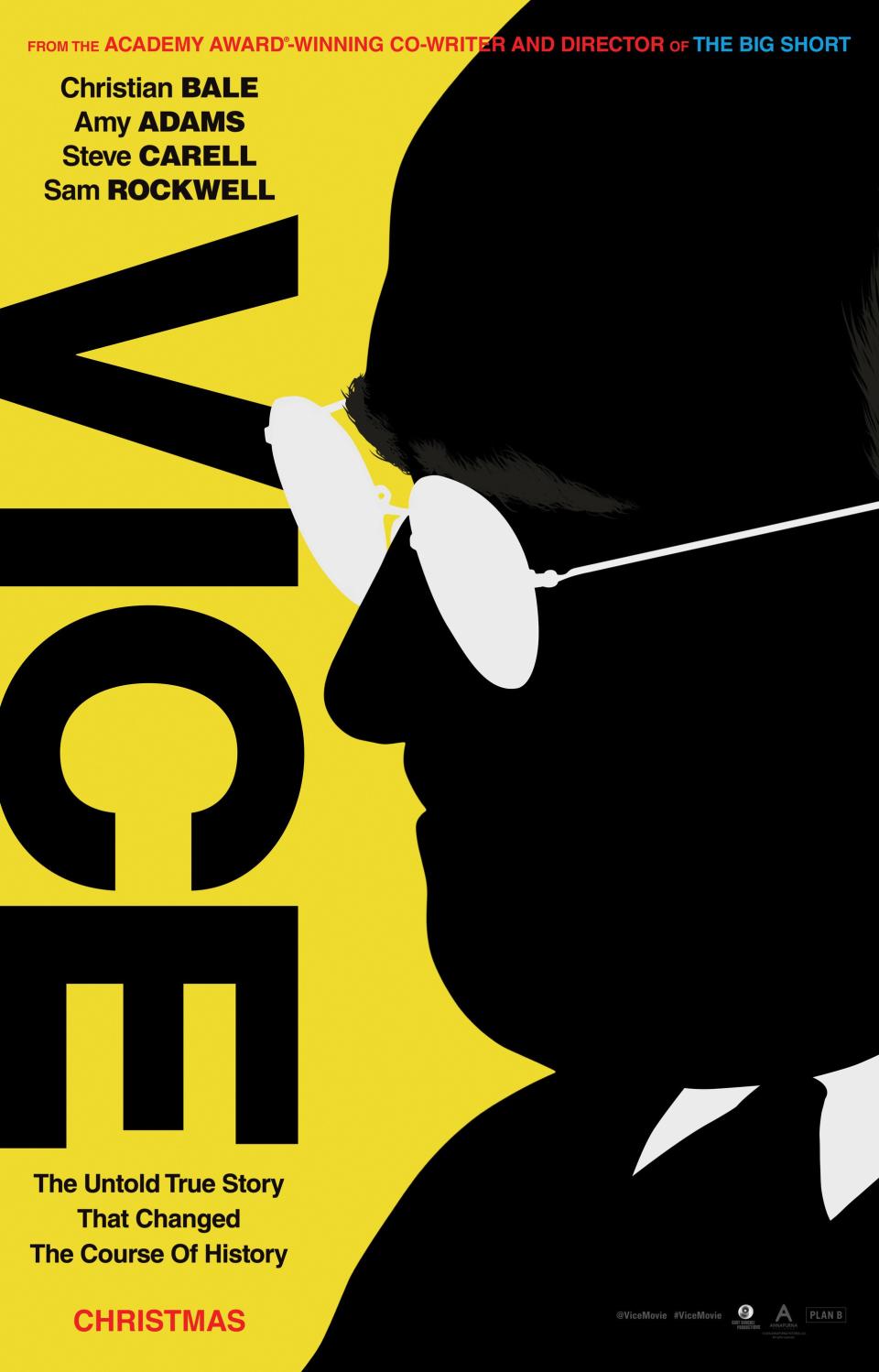
MCDVICE EC014
64. Vice (Dir. Adam McKay, 2018)
In an opening title card, Adam McKay lets us know that making his pseudo-biopic of Dick Cheney had its challenges, since the 46th vice president “is known as one of the most secretive leaders in history.” So the director papers over the gaps with every trick he can think of: a fakeout “ending” and credits sequence 50 minutes in, some imagined Shakespearean pillow talk between Dick and Lynne Cheney, Dubya’s closest confidants perusing dodgy legal opinions like they’re on an actual menu. Flashy stuff, but Christian Bale’s Cheney remains largely unknowable—a spot-on imitation of a heartless man for a film that shares the same diagnosis.
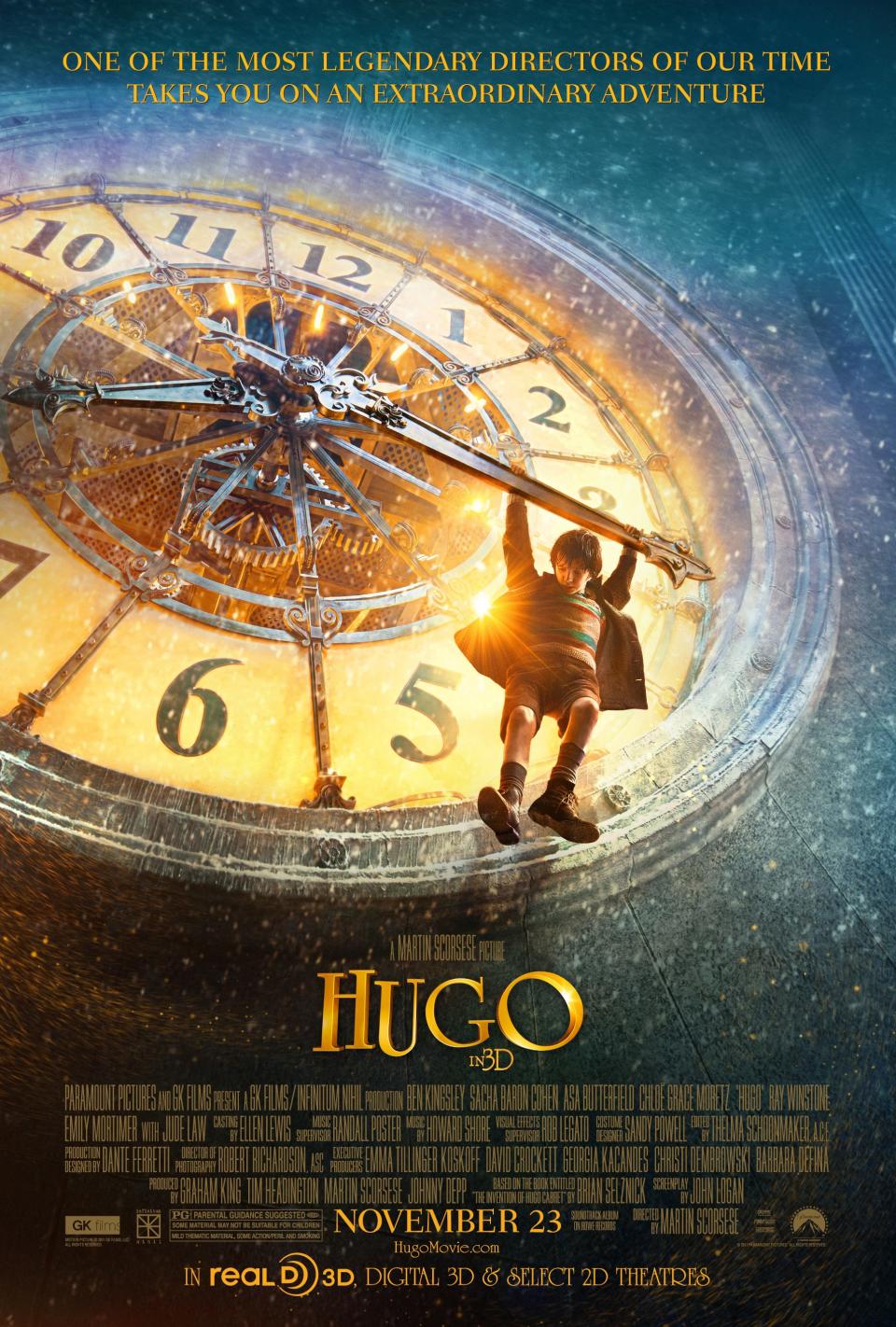
HUGO, US teaser poster art, Asa Butterfield, 2011. ©Paramount Pictures/Courtesy Everett Collection
63. Hugo (Dir. Martin Scorsese, 2011)
Marty’s family-friendly 3D flick is a pleasure to behold, not to sit through for two full hours. There’s a totally forgettable lead performance at the center, and while the tributes to Georges Méliès are delightful, the plotting gets far too baggy every time it detours on Sir Ben Kingsley’s version of the cinematic innovator. Hugo’s at its most sublime in the passing moments, when the camera’s gliding around frosty 1930s Paris and admiring the inner-workings of the clocks that our young orphaned hero maintains in secret.
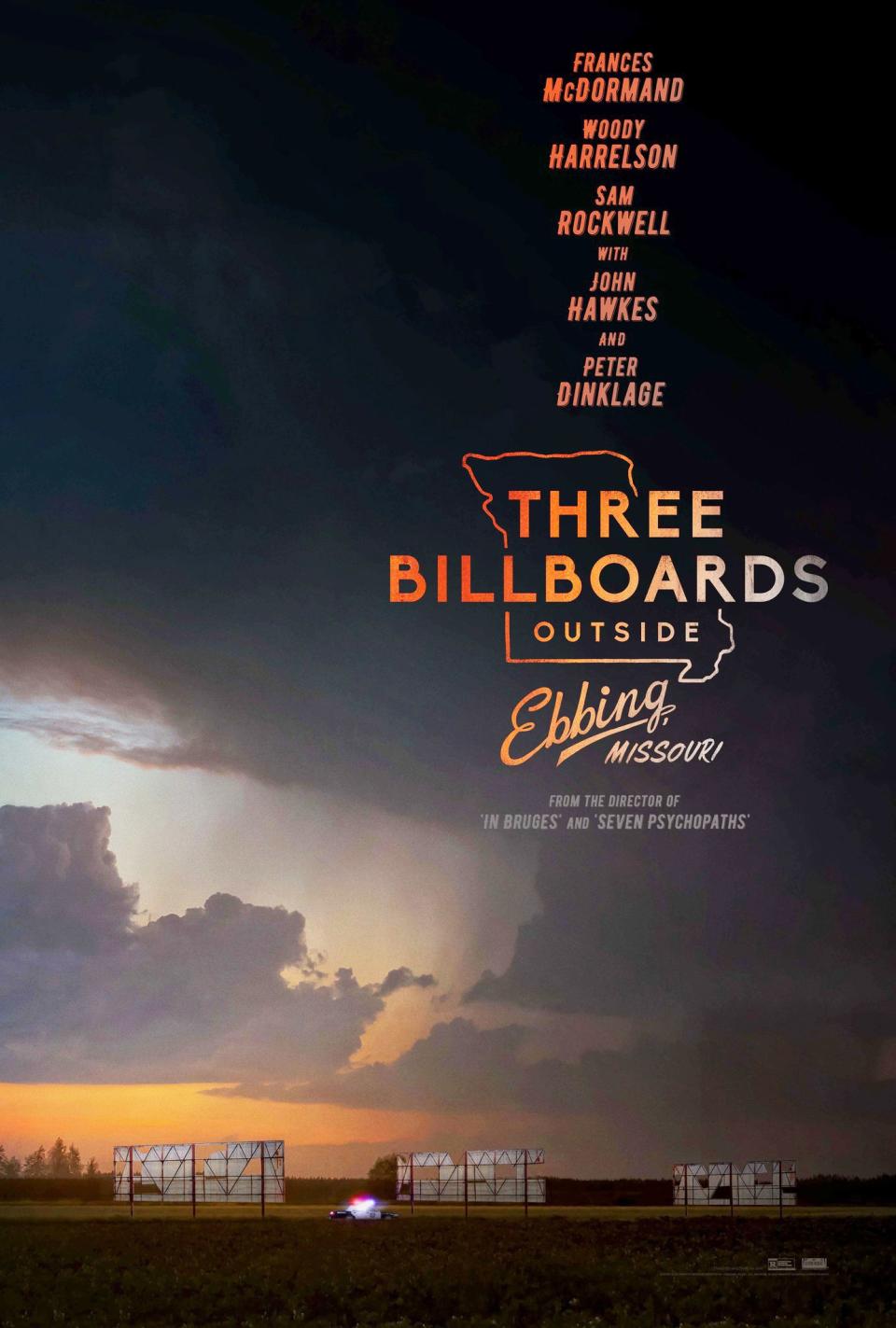
MCDTHBI FS002
62. Three Billboards Outside Ebbing, Missouri (Dir. Martin McDonagh, 2017)
Frances McDormand’s Mildred Hayes seethes, spits obscenities, and literally hurls fire over her daughter’s unsolved rape and murder; Woody Harrelson’s police chief coughs up blood and takes his own life; Sam Rockwell’s Officer Dixon is a racist who’s known to abuse his power in truly despicable ways. And the message is… what, exactly? That the justice system is imperfect and poisoned by bigotry? But also, don’t be afraid to empathize with a racist cop if he suddenly catches a little conscience? Three Billboards hopes to demonstrate the messiness of life, but its politics and vision seem as muddled as America's.

PHILOMENA, British poster art, from left: Steve Coogan, Judi Dench, 2013. ©Weinstein Company/courtes
61. Philomena (Dir. Stephen Frears, 2013)
Based on a 2009 book by journalist Martin Sixsmith, Philomena traces a woman’s search for the son that she was forced to give up for adoption 50 years earlier, when she was living and working at an abbey in Ireland. Dame Judi Dench completely inhabits the titular character, playing her as impressionable and wracked with shame. The movie’s more stirring than it sounds—it just doesn’t stay with you after the credits roll.
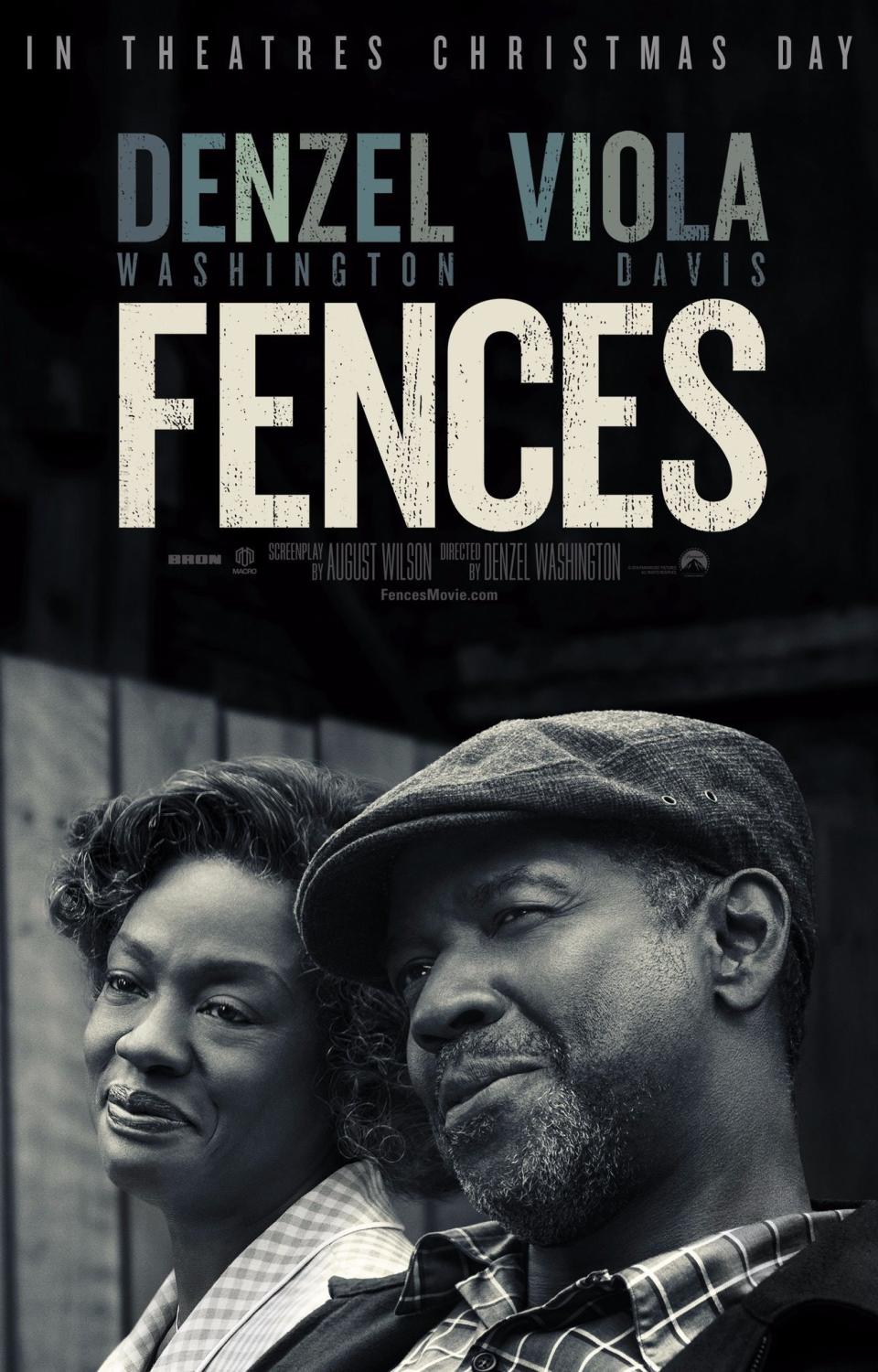
FENCES, US advance poster art, from left, Viola Davis, Denzel Washington, 2016. ©Paramount /
60. Fences (Dir. Denzel Washington, 2016)
The obvious draw is watching two powerhouse actors—Denzel Washington, also doubling as director, and Viola Davis, whose work earned her a Best Supporting Actress Oscar—square off against each other. Washington’s screen adaptation of August Wilson’s Pulitzer Prize-winning play delivers exactly that, and not much else of note. The top-billed performances are as quaking as you’d expect (the two stars previously played their roles to acclaim in a 2010 stage revival), but the filmmaking is stiff. And whenever the camera’s away from the Maxson family’s backyard, Fences feels as though it’s missing its center of gravity.
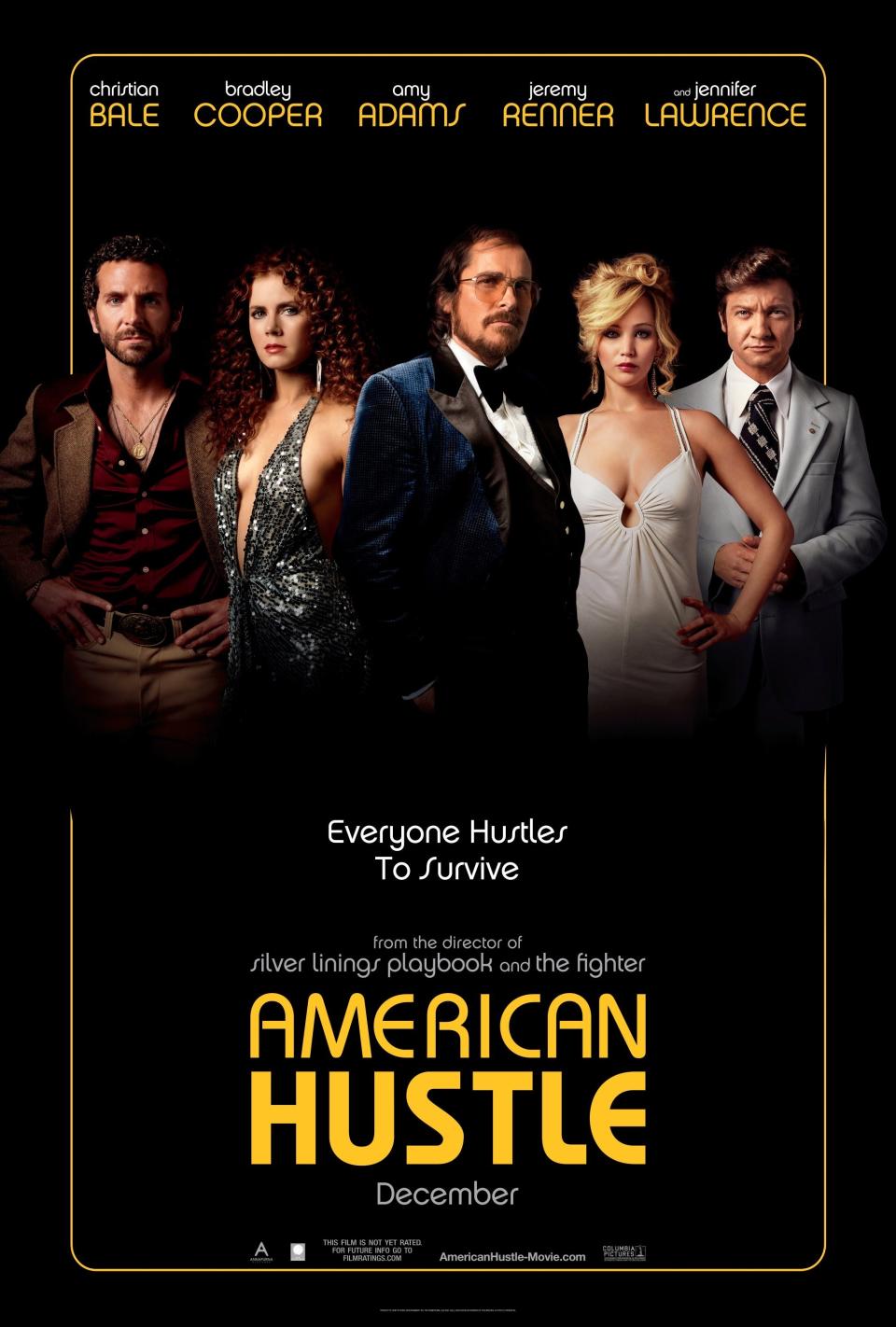
AMERICAN HUSTLE, advance poster art, from left: Bradley Cooper, Amy Adams, Christian Bale, Jennifer
59. American Hustle (Dir. David O. Russell, 2013)
David O. Russell stuffs his overdone Scorsese homage with plenty, and some of it works, like the ‘70s trimmings and needle drops, Amy Adams playing a scammer who’s fed up with fooling herself, and Bradley Cooper in curlers. But a good amount simply doesn’t click, like Jennifer Lawrence’s casting as the wife of Christian Bale’s character, Jennifer Lawrence’s Lon’ Gisland accent, and Jennifer Lawrence's character scrubbing her house to “Live and Let Die.” (Notice a pattern?) Her performance isn’t all that’s amiss, but it typifies a lot of what is: American Hustle is loud, inconsistent, and charmed with itself.
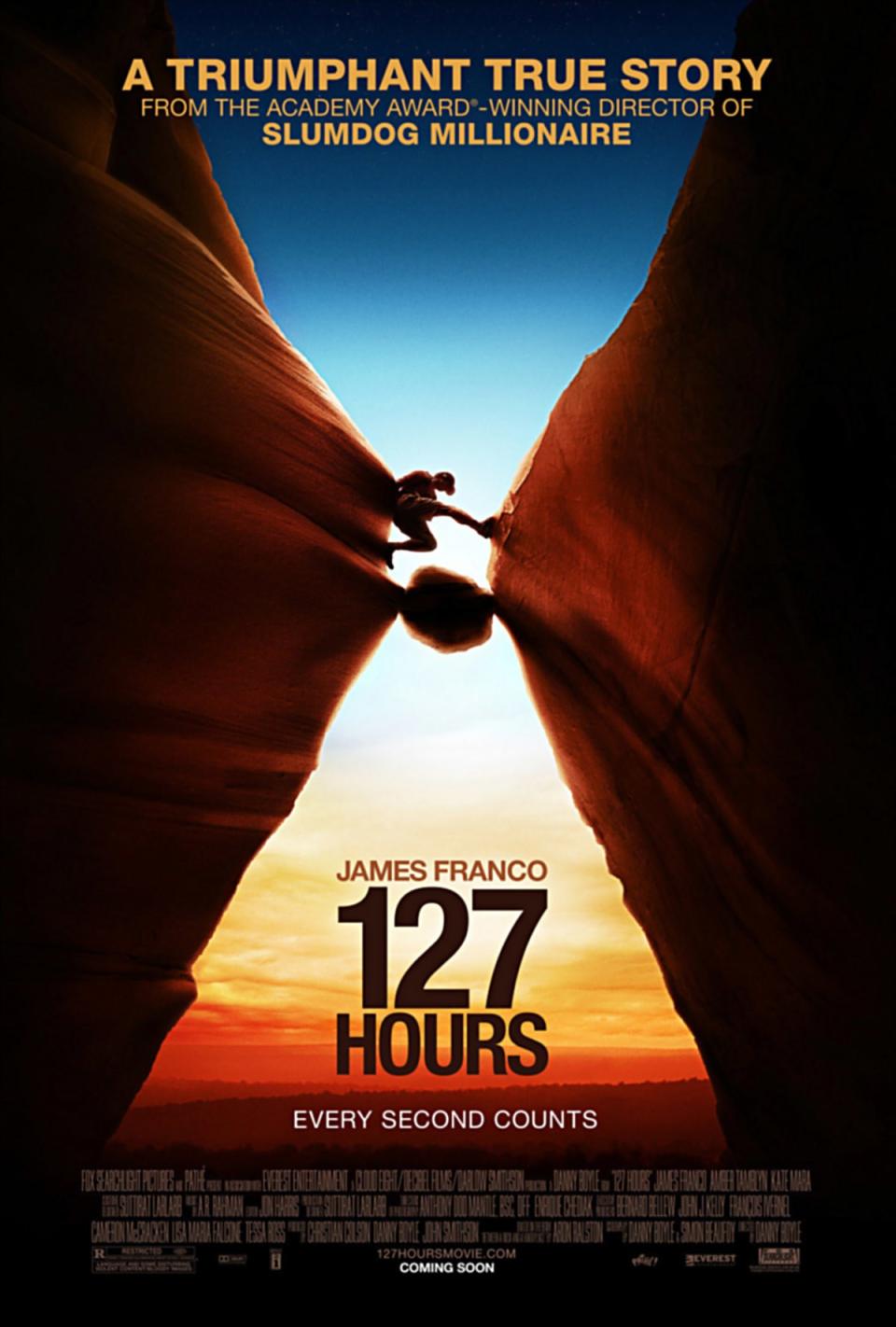
127 HOURS, poster art, James Franco, 2010. TM and ©Fox Searchlight Pictures. All rights reserved./Co
58. 127 Hours (Dir. Danny Boyle, 2010)
Mileage here definitely depends on your feelings about James Franco and/or your threshold for gory self-mutilation. Oh, and your patience for Danny Boyle’s kinetic, ‘90s-MTV visual style—which, at times, suits Franco’s take on real-life thrill-seeker Aron Ralston, but begins to grate. Even if you do thrill to all of the above, it’s hard to believe that anyone would want to relive this claustrophobic experience after seeing it once.

BEASTS OF THE SOUTHERN WILD, US poster art, Quvenzhane Wallis, 2012./TM and ©Copyright Fox Searchlig
57. Beasts of the Southern Wild (Dir. Benh Zeitlin, 2012)
With his debut feature, Benh Zeitlin introduces us to “the Bathtub,” a ramshackle cluster of people living out in the Bayou, beyond a levee wall. Merging a kid’s-eye view and magical realism, Beasts of the Southern Wild is blessed with a genuine sense of wonder and an aesthetic all its own. (It’s also lucky to have Quvenzhané Wallis starring as 6-year-old Hushpuppy.) Look a little more critically at the grainy footage, however, and you’ll see a fable that’s light on actual characters and feels a bit like it’s fetishizing poverty.
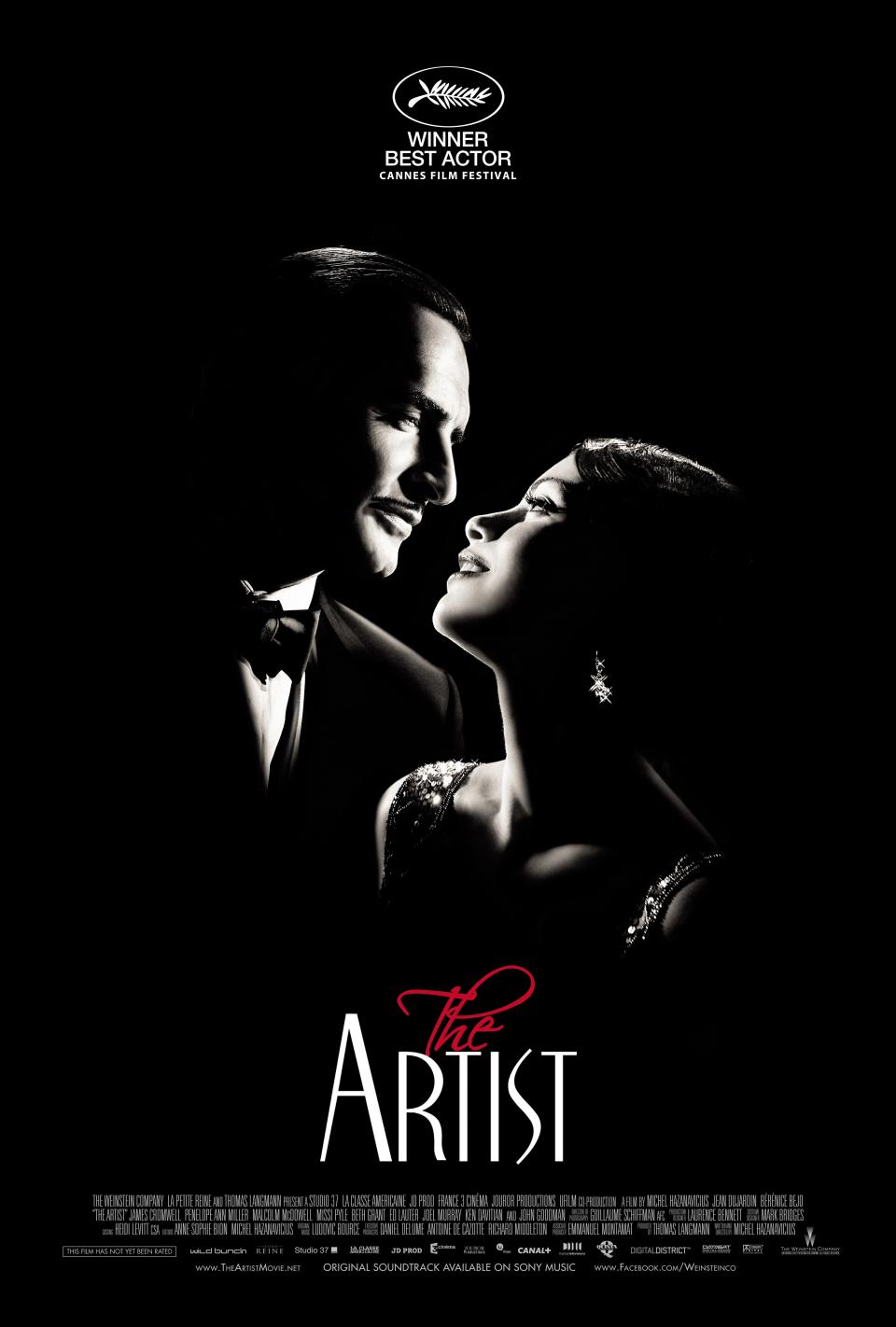
THE ARTIST, l-r: Jean Dujardin, Berenice Bejo on US poster art, 2011, ©The Weinstein Company/courtes
56. The Artist (Dir. Michael Hazanavicius, 2011)—WINNER
At this point, The Artist is shorthand for the Academy bungling its Best Picture pick. The truth is, the 2011 class of nominees was pretty weak overall, so why not this meta, mostly silent film? Jean Dujardin endears as a 1920s movie star who’s rendered obsolete by the advent of talkies, and director Michael Hazanavicius is in total command of the movie’s gimmick, particularly during the nightmare sequence when a feather hits the ground like a bomb. The real Oscars travesty is that Uggie the dog didn’t fetch (get it) a Best Supporting Actor nod.

THE KIDS ARE ALL RIGHT, from left: Mia Wasikowska, Mark Ruffalo, Josh Hutcherson, Annette Bening, Ju
55. The Kids Are All Right (Dir. Lisa Cholodenko, 2010)
Lisa Cholodenko takes a close look at the marriage between Julianne Moore’s Jules and Annette Bening’s Nic—what they argue about, how they raise their two teenagers, their porn preferences. Mark Ruffalo and his BDE disrupts the status quo: First, as his crunchy stud meets the teens that he technically fathered as an anonymous sperm donor, then again as he starts sleeping with Moore’s character. While The Kids Are All Right hasn't left much of a cultural imprint a decade later, it's easy to get invested in the entanglements, and it was—still is—refreshing to see a same-sex couple taken this seriously.

MCDPOST FE002
54. The Post (Dir. Steven Spielberg, 2017)
Throughout The Post, Tom Hanks’ crusty Washington Post executive editor Ben Bradlee insists that the only way for journalists to protect the right to publish is to publish—a stance Spielberg clearly backs in making this high-stakes, low-key political drama. The tension lies in whether Meryl Streep’s Katharine Graham (and her caftan), owner of the paper, will allow The Washington Post to print the Pentagon Papers despite pressure from the Nixon administration. Most of what we see is just people arguing in offices and tony houses—but when some of those people are Hanks, Streep, Bob Odenkirk, and Tracy Letts, that’s worth getting on camera.
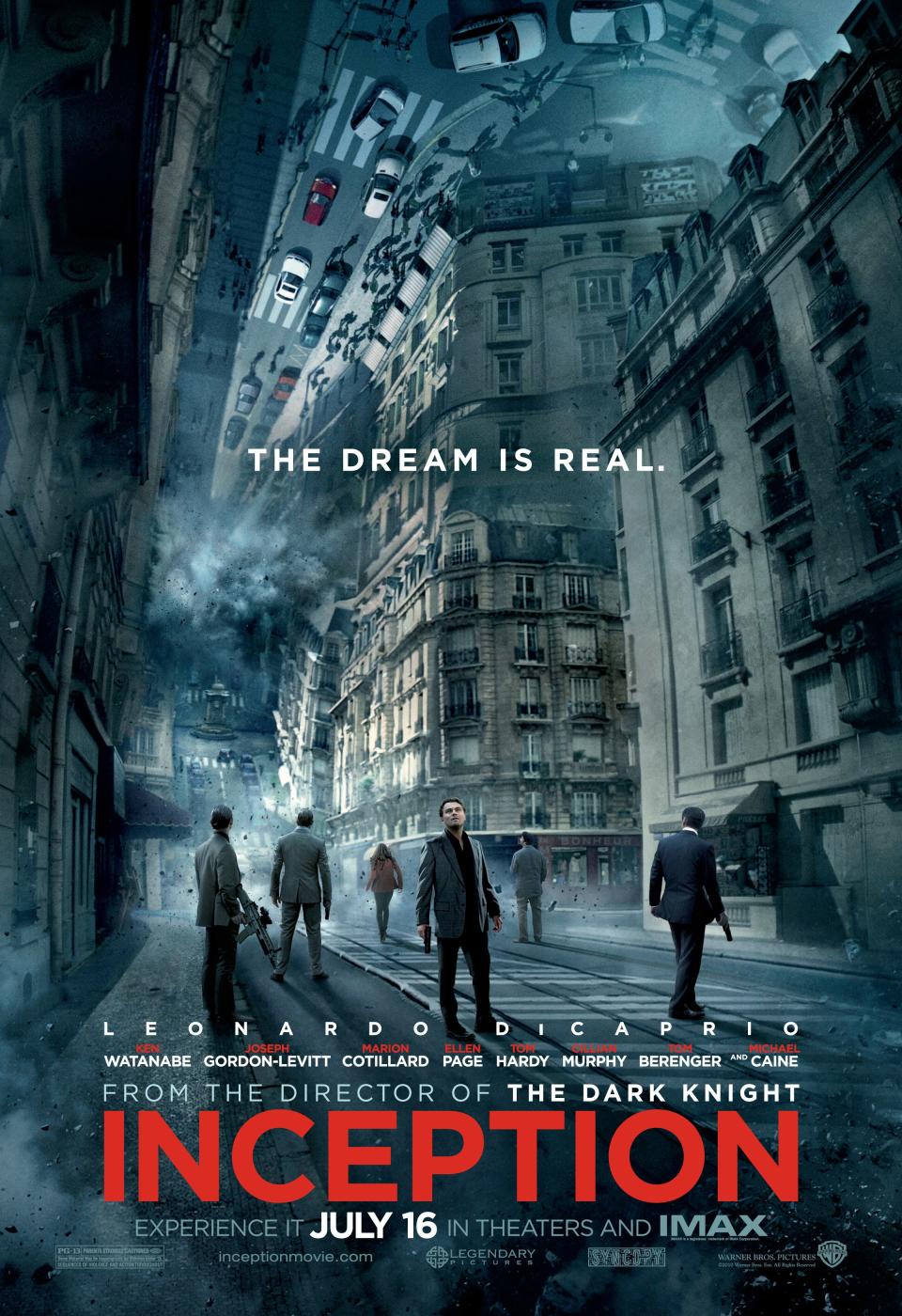
INCEPTION, Leonardo DiCaprio (center), 2010. ©Warner Bros./Courtesy Everett Collection
53. Inception (Dir. Christopher Nolan, 2010)
A meticulously designed puzzle-box blockbuster that’s ultimately as empty as the dream city crafted by Leo and Marion’s characters. The set pieces and style are impeccable. (That fight in the revolving hallway! That squint!). But Inception is the kind of mind-bender that makes less sense the more closely you examine it—a defect that’s more damning given the script is little more than an instruction manual on the movie’s logic. No denying this one’s power as a pure theater-going experience, though.
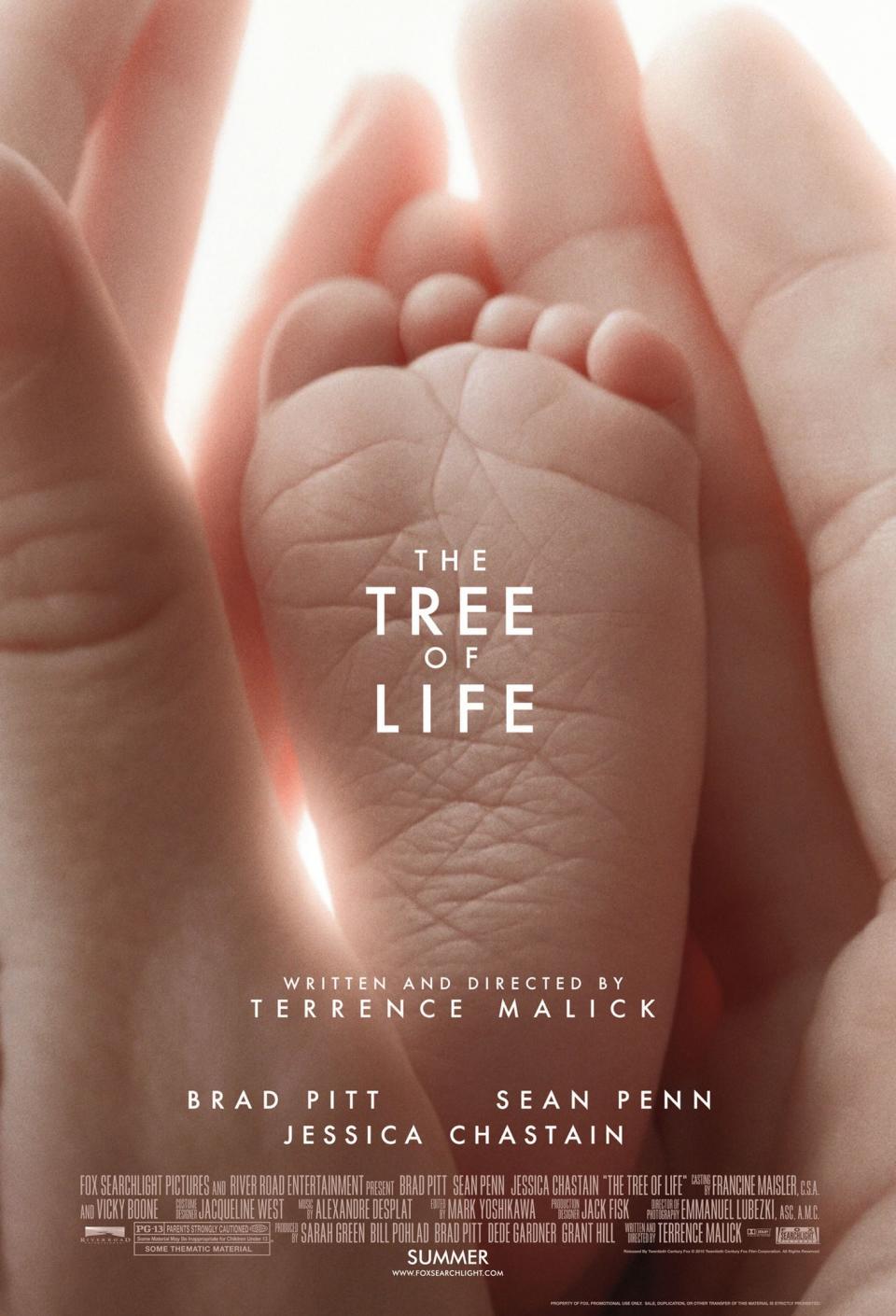
THE TREE OF LIFE, US poster art, 2011. ©Fox Searchlight/courtesy Everett Collection
52. The Tree of Life (Dir. Terrence Malick, 2011)
One of the most divisive movies of the decade. Tree of Life disciples adore Malick’s wandering camerawork and the way the narrative flows like a stream of memories. Detractors cry bullshit, pointing to the lack of clarity and pretentious birth-of-the-universe interlude. We’re somewhere in the middle: The visions of an Eisenhower-era childhood, lived in the shadow of Brad Pitt’s no-nonsense Mr. O’Brien, are evocative; watching a shell-shocked Sean Penn stumble around modern office towers like he’s trapped in a glass case of emotion is less illuminating.

SELMA, US teaser poster, 2014. ©Paramount Pictures/Courtesy Everett Collection
51. Selma (Dir. Ava DuVernay, 2014)
Selma really comes alive when David Oyelowo is preaching as Dr. Martin Luther King Jr. In what should’ve been an Oscar-nominated performance, he commands the screen from the pulpit and the podium, making a historical icon feel like flesh and blood. Ava DuVernay brings that same clear-eyed perspective to the violence inflicted upon the protesters marching across the Edmund Pettus Bridge—a lesser film would sanitize the police brutality. At the same time, the film’s groundedness holds it back: For long stretches, the tone is too even-keeled to pull you in.

THE FIGHTER, from left: Christian Bale, Mark Wahlberg, 2010. ©Paramount Pictures/courtesy Everett Co
50. The Fighter (Dir. David O. Russell, 2010)
Mark Wahlberg plays actual Massachusetts slugger Micky Ward to fine effect, but it’s Christian Bale and Melissa Leo—as Micky’s crack-addicted brother and overbearing momager, both of them Oscar-winning roles—who provide all the vitality. They can’t stop sabotaging Micky’s dreams of contending, and it’s not until he creates some boundaries that he gets a shot at the welterweight title. Unfortunately for viewers, that means we spend way too much time stuck in a toxic dynamic before we really get into the ring.
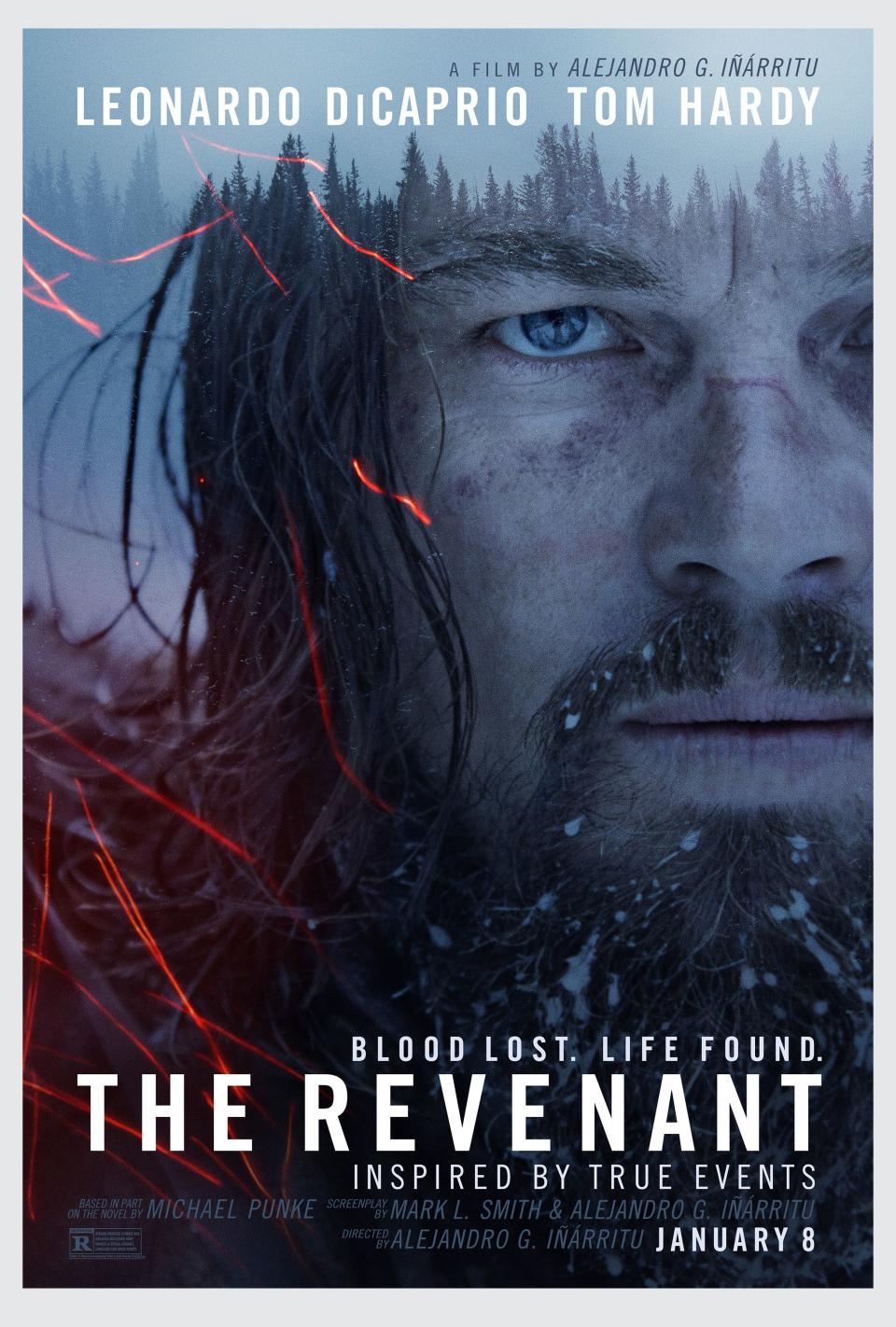
THE REVENANT, US advance poster, Leonardo DiCaprio, 2015. TM and Copyright ©20th Century Fox Film
49. The Revenant (Dir. Alejandro G. Iñárritu, 2015)
Don’t know if you heard: Making The Revenant was very difficult. Harsh weather conditions, defections from the crew, a ballooning budget and shooting schedule, Leonardo DiCaprio sleeping inside animal carcasses and feasting on raw bison liver. It’s all as much a part of the movie’s narrative as the bear attack that leaves Leo’s Hugh Glass on the verge of death. While the film is certainly immersive—its wintry atmosphere is so vivid you’ll fear frostbite—the sheer effort, omnipresent on screen, overwhelms the experience.
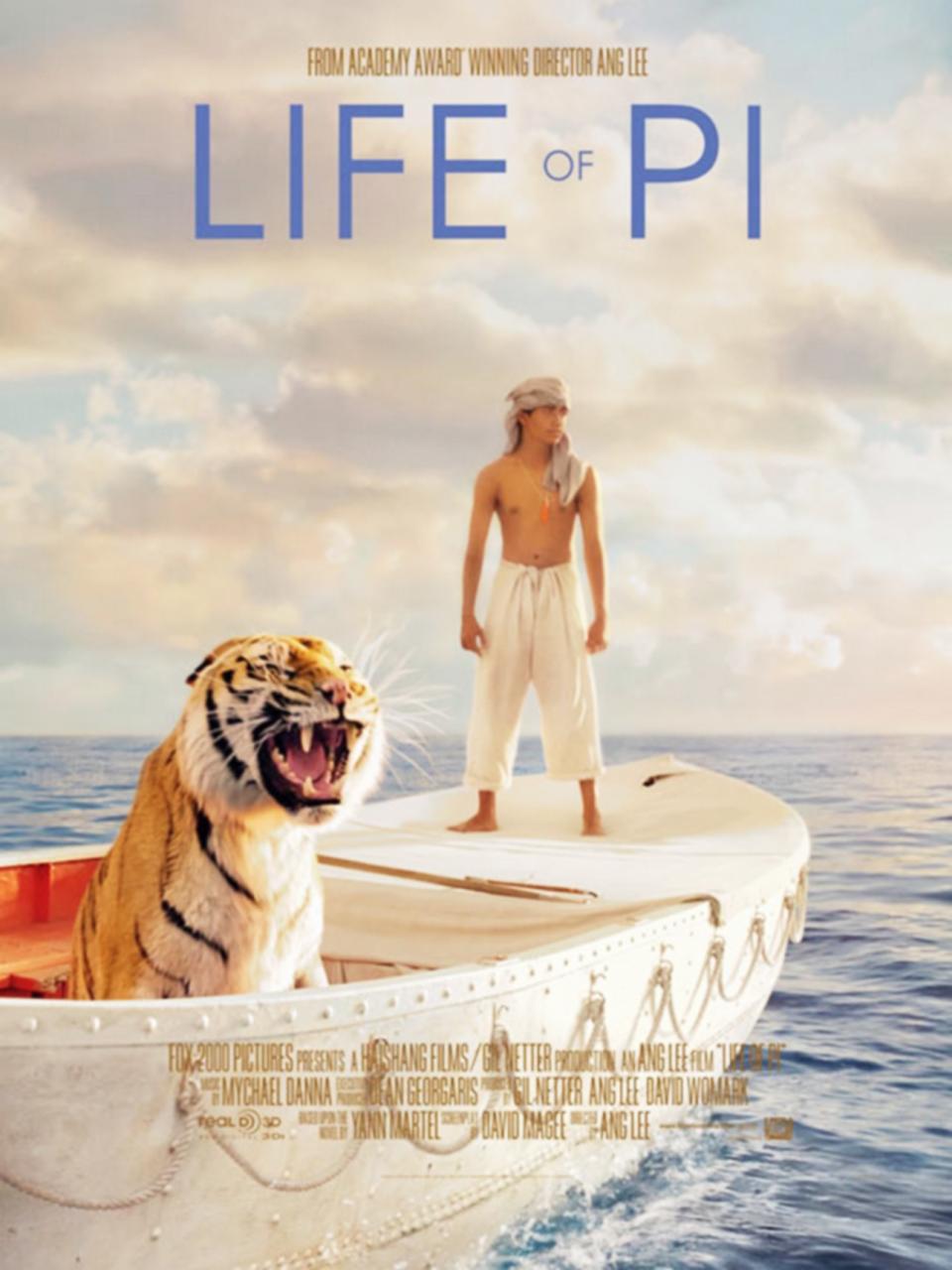
LIFE OF PI, Suraj Sharma on US poster art, 2012, TM and Copyright ©20th Century Fox Film Corp. All r
48. Life of Pi (Dir. Ang Lee, 2012)
Ever the visionary, Ang Lee brings Yann Martel’s spiritual 2001 novel to life with surreal visuals that still hold up. In telling the story of a teen boy lost at sea with a live Bengal tiger (long story), Life of Pi shows us water as clear as the sky, bioluminescent sea creatures, and painterly horizons. The soothing sights offset the panic of sharing a lifeboat with a hungry predator, which starts to get repetitive the longer we drift.

MCDBLAC EC112
47. BlacKkKlansman (Dir. Spike Lee, 2018)
Not Spike’s best work, but the one that finally got him his first competitive Oscar. Funny that he won for Best Adapted Screenplay, since the script—with its choppy middle, one-too-many endings, and numerous on-the-nose Trump references—isn’t one of BlacKkKlansman’s strong suits. No, when this joint hums, it’s thanks to the winning performances by John David Washington and Adam Driver, that joyous dance sequence near the beginning, and the gutting Charlottesville footage at the very end. Even if it can’t quite hang with past classics, we’re still getting a master delivering his most vital work in years.
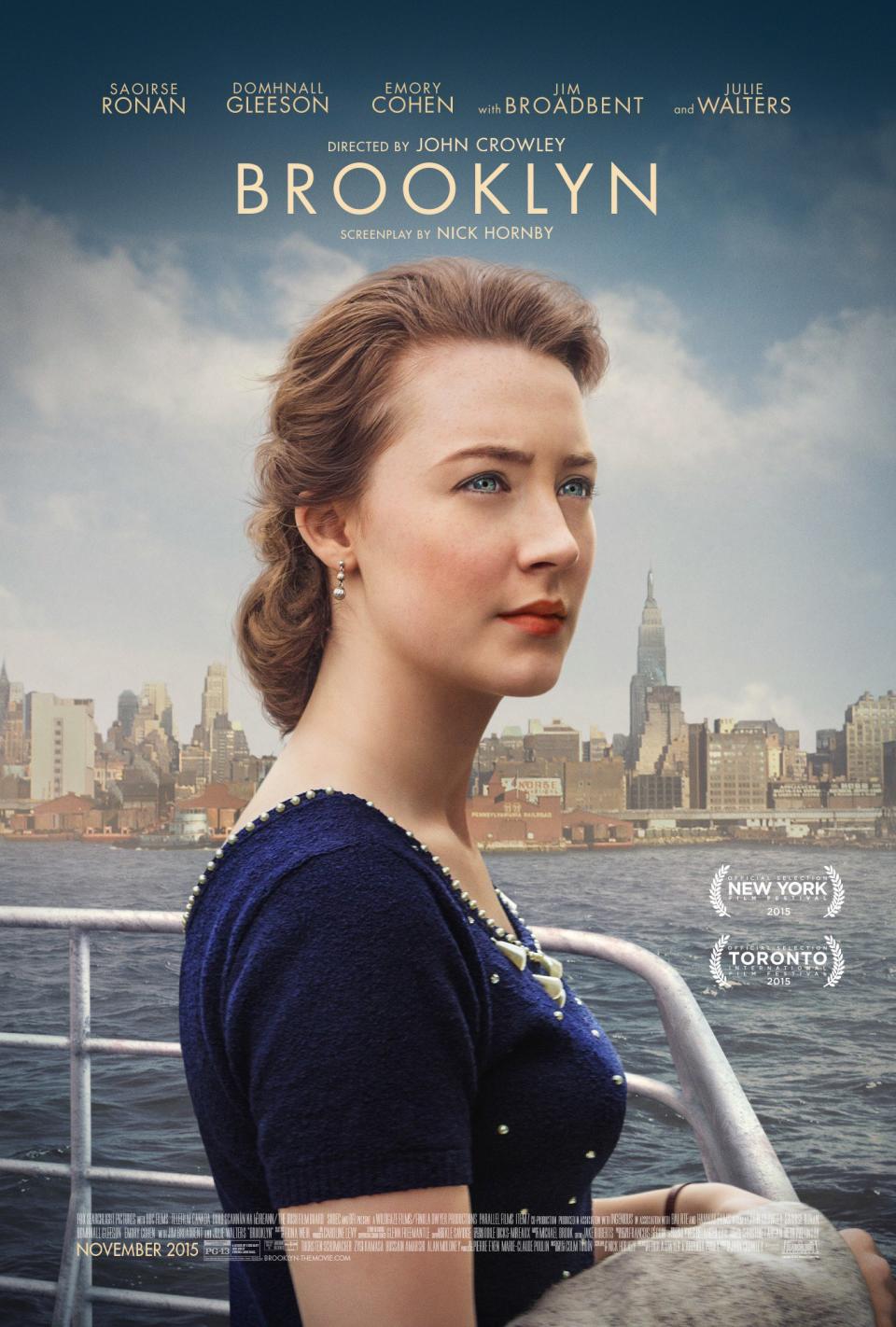
BROOKLYN, US poster art, Saoirse Ronan, 2015. TM & copyright © Fox Searhclight Pictures. All rights
46. Brooklyn (Dir. John Crowley, 2015)
Brooklyn is very much an old-fashioned movie—and not just because of its lush rendering of 1950s Ireland and America. In telling the story of a young woman caught between two loves, John Crowley’s historical romantic drama employs a few well-worn devices: the gossipy girlfriends, the thicker-than-Sunday-gravy Brooklyn accents, the precocious kid who can’t keep his mouth shut. Yet, despite all the tired tropes, it’s tough to resist the stagey lighting and rich colors, and the pull of the central love triangle between a young woman and the two countries that she calls home.
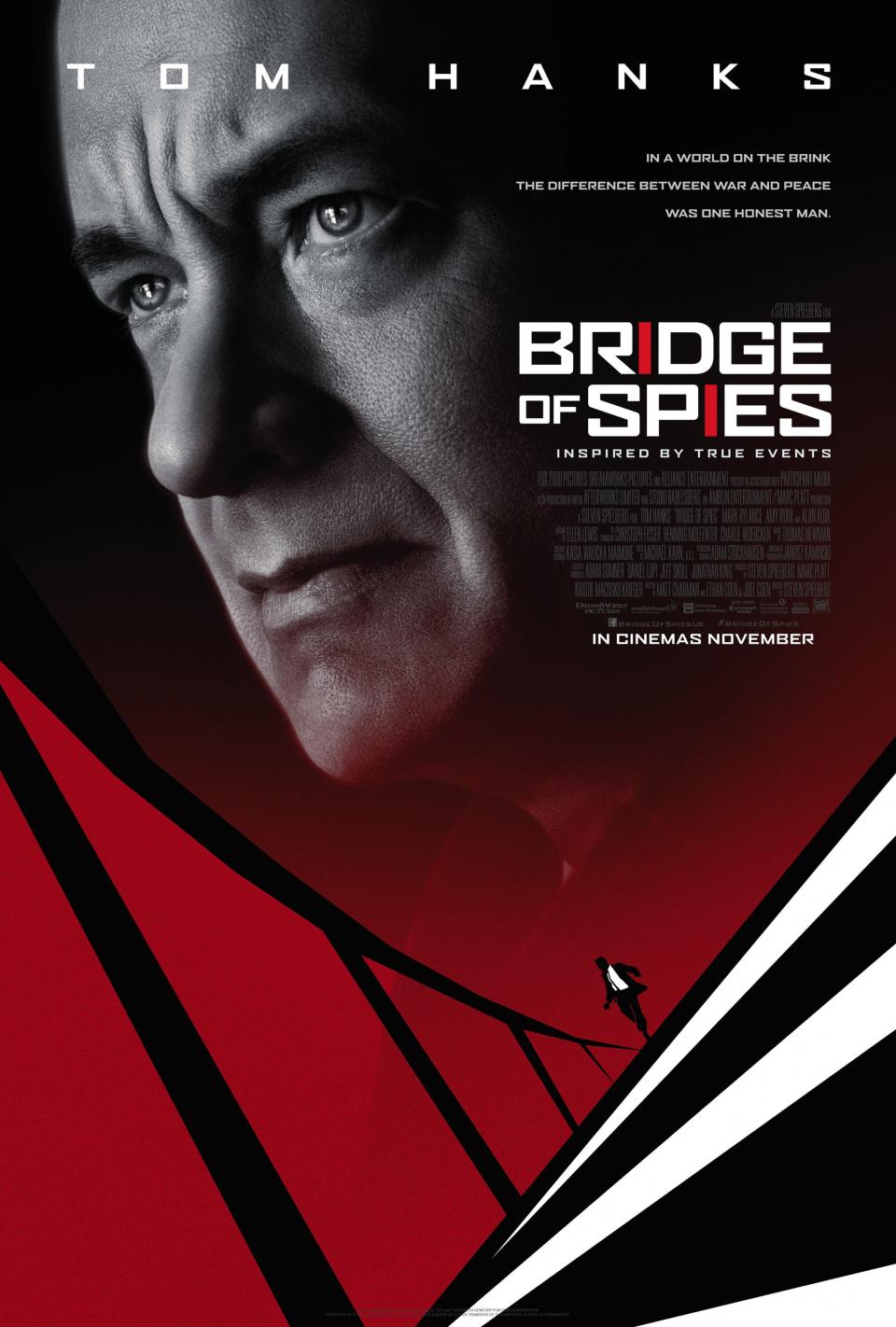
BRIDGE OF SPIES, British poster, Tom Hanks, 2015. ©Walt Disney Studios Motion Pictures/Courtesy
45. Bridge of Spies (Dir. Steven Spielberg, 2015)
Spielberg gives us a tour of Cold War-era Berlin, just as the city’s being cleaved in half, and lets us witness a knotty prisoner exchange involving the U.S., the U.S.S.R., and the German Democratic Republic. Tom Hanks handles the negotiations as James B. Donovan, an insurance lawyer who’s hopelessly devoted to American ideals of justice—a “standing man,” one might say. The Oscar-winning Mark Rylance doesn’t disappoint as a KGB spy that needs Donovan’s defending in court, and the script—assembled with help from the Coen brothers—hums with tension. Having said all that, the 141-minute runtime is unforgivable.
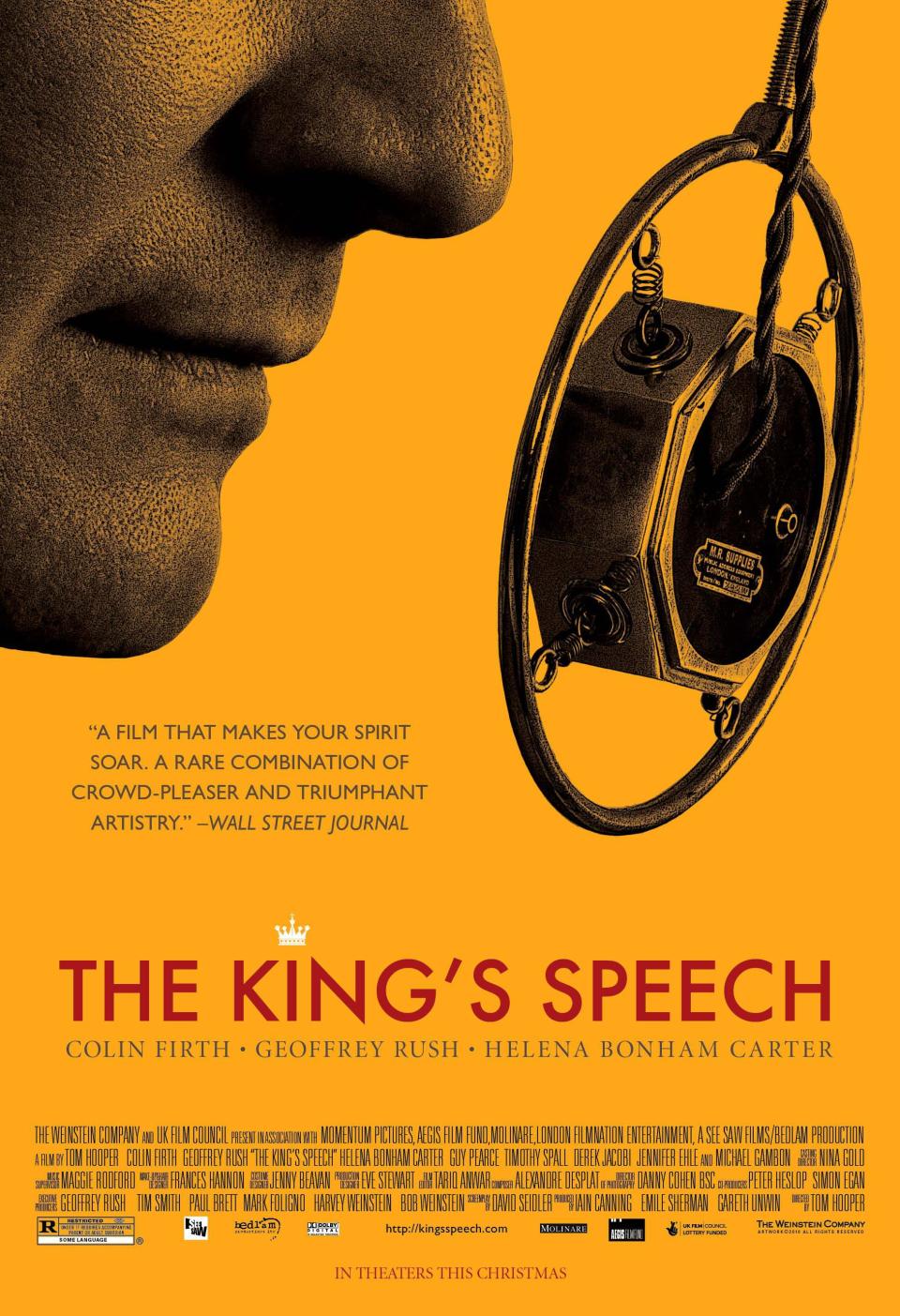
THE KING'S SPEECH, U.S. poster art, Colin Firth, 2010. ©Weinstein Company/courtesy Everett Collectio
44. The King’s Speech (Dir. Tom Hooper, 2010)—WINNER
Beating out The Social Network for Best Picture has done more harm than good to the reputation of The King’s Speech. But let’s not forget why Tom Hooper’s period drama qualified for the race in the first place: It treats speech therapy like sports training, with Colin Firth and Geoffery Rush sparring beautifully in their scenes together. Plus, the production design and cinematography are way more memorable than they need to be, thanks to the decaying walls inside Rush’s character’s office and an array of wider-than-usual lenses.
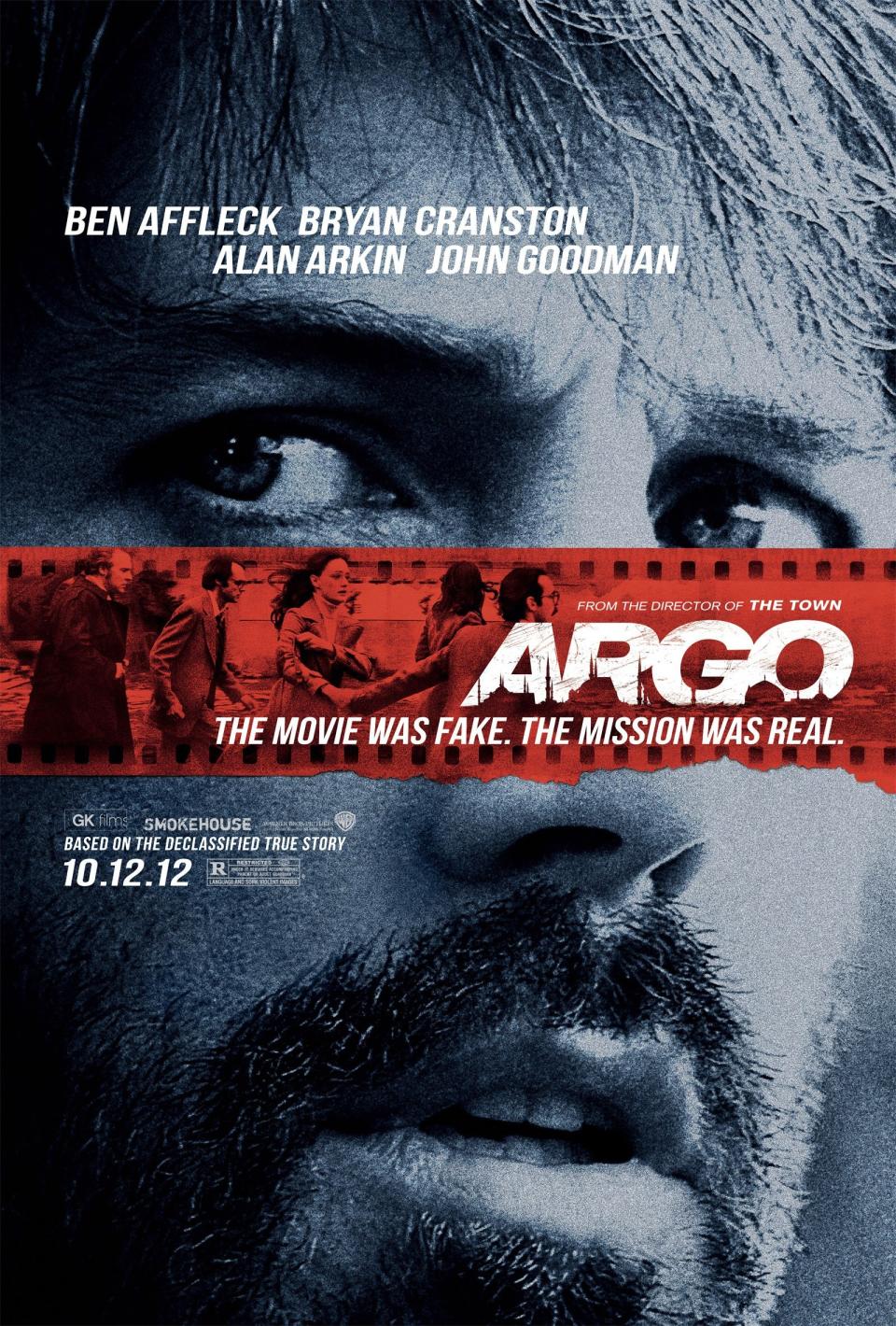
ARGO, US advance poster, Ben Affleck, 2012, ©Warner Bros. Pictures/courtesy Everett Collection
43. Argo (Dir. Ben Affleck, 2012)—WINNER
Ben Affleck is plenty capable as real-deal CIA exfiltration expert Tony Mendez, using a Hollywood cover story to rescue six Americans from volatile 1980 Iran, and he’s also got a knack for generating suspense from behind the camera. Too bad he overdoes it: This Best Picture winner’s climactic airport sequence—with its succession of close calls, culminating in a runway pursuit—tips over from tense to "too good to be true." That it's factually inaccurate would be forgivable if it didn't feel so contrived.

MANCHESTER BY THE SEA, US poster art, from left, Michelle Williams, Casey Affleck, 2016. © Roadside
42. Manchester By the Sea (Dir. Kenneth Lonergan, 2016)
Very few films on this list are a tougher watch than Kenneth Lonergan’s death-in-the-family drama. Admittedly, part of that might have to do with Casey Affleck being front and center; regardless of your thoughts about its star, Manchester By the Sea is as unsparing an examination of grief as you’re likely to ever see onscreen. Lonergan’s Oscar-awarded script captures the little moments that follow losing someone (the numbness that settles in as you process the news, sudden panic attacks), and it acknowledges the last thing that anyone facing a personal tragedy wants to hear: that some heartbreaks never heal.
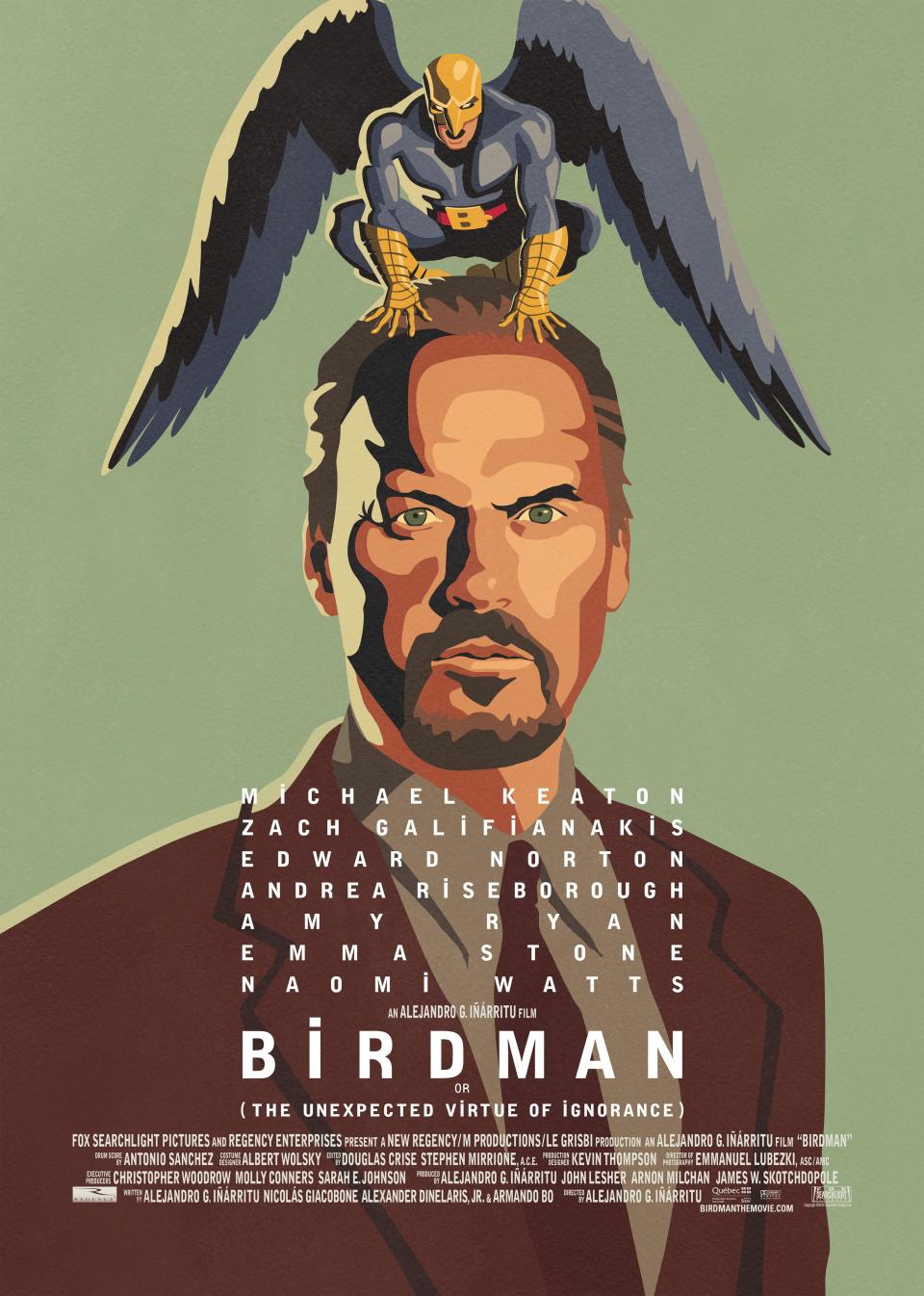
MCDBIRD FE002
41. Birdman or (The Unexpected Virtue of Ignorance) (Dir. Alejandro G. Iñárritu, 2014)—WINNER
One of the more dismissed Best Picture winners in recent memory, Birdman doesn’t deserve all the shade it gets. Yes, everyone in the cast is doing a lot—they’re all having keyed-up shouting matches about the meaning of art, truth, love, and Twitter. But what else would you expect from a satire targeting self-important theater types? At least Michael Keaton, playing a washed-up actor chasing his next big break(down), infuses his role with some genuine pathos. And if nothing else, the wizardry from Oscar-winning cinematographer Emmanuel Lubezki—who famously shot the film to look like one long, continuous take—still dazzles.
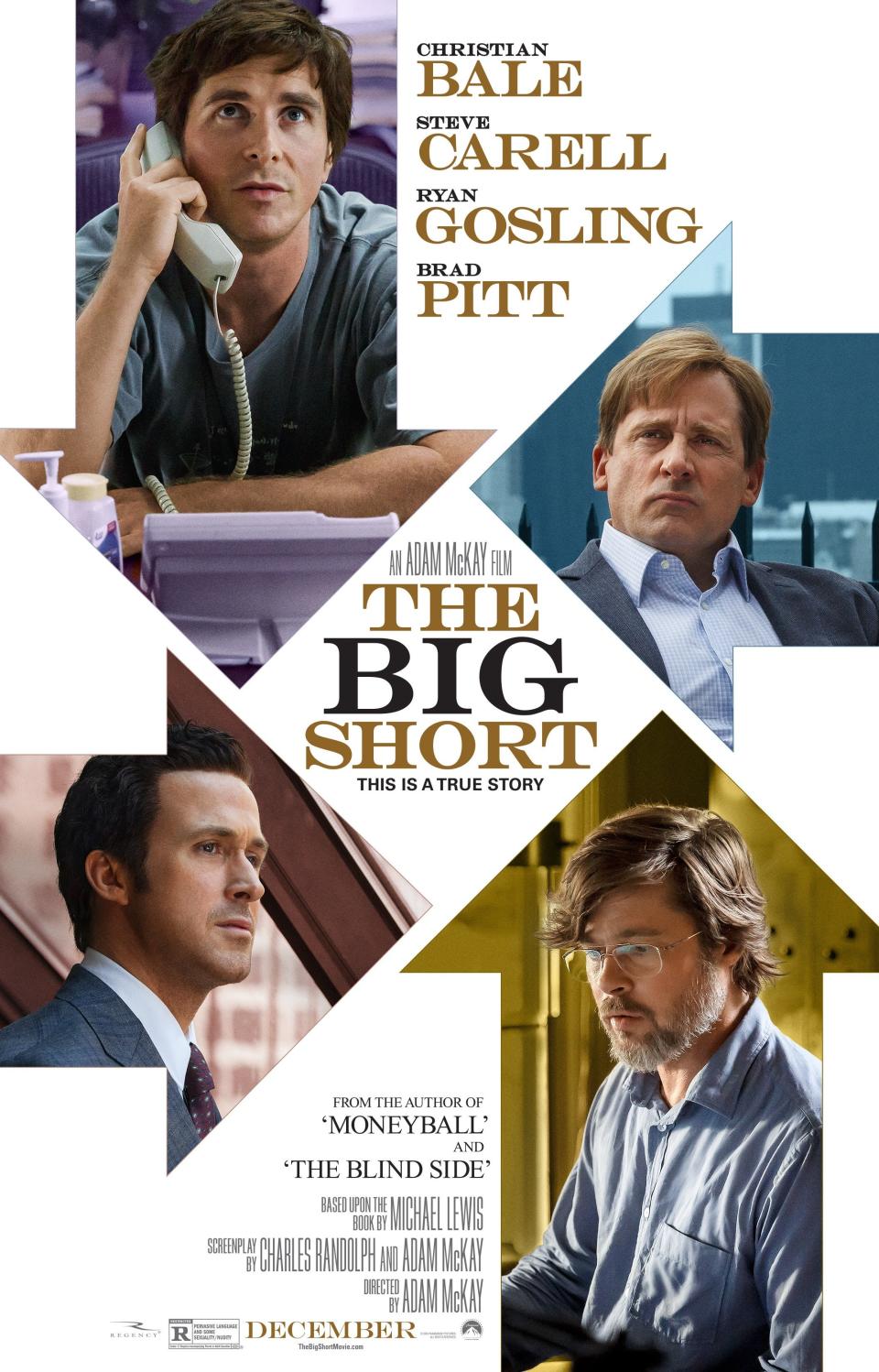
THE BIG SHORT, US advance poster, from top: Christian Bale, Steve Carell, Ryan Gosling, Brad Pitt,
40. The Big Short (Dir. Adam McKay, 2015)
We should’ve seen this one coming. Adam McKay made his name as a director by chronicling overgrown adolescence run amok, and isn’t that what The Big Short cares about most? Testosterone-fueled alphas playing reckless with the financial system? The movie’s various threads—which focus on a few investment industry outsiders who realize the housing market’s built over an abyss—feel less like a satisfying narrative and more like overcrowded cork boards connected by zigzagging string. McKay isn’t trying to satisfy us, though. He’s trying to make us understand just how badly we’ve all been swindled.

GRAVITY, US poster art, 2013. ©Warner Bros. Pictures/courtesy Everett Collection
39. Gravity (Dir. Alfonso Cuarón, 2013)
Gravity’s widescreen grandeur and gulping-for-air panic translate to home viewing better than you’d think. Still, the fact is that no living-room rewatch will ever eclipse the experience of seeing Alfonso Cuarón’s sci-fi survival thriller on the big screen for the first time. And with the spectacle diminished, it’s tough to ignore that the actual story is thinner than the oxygen inside Sandra Bullock’s character’s spacesuit. A technical marvel designed to overwhelm, Gravity remains the most powerful in your memory.
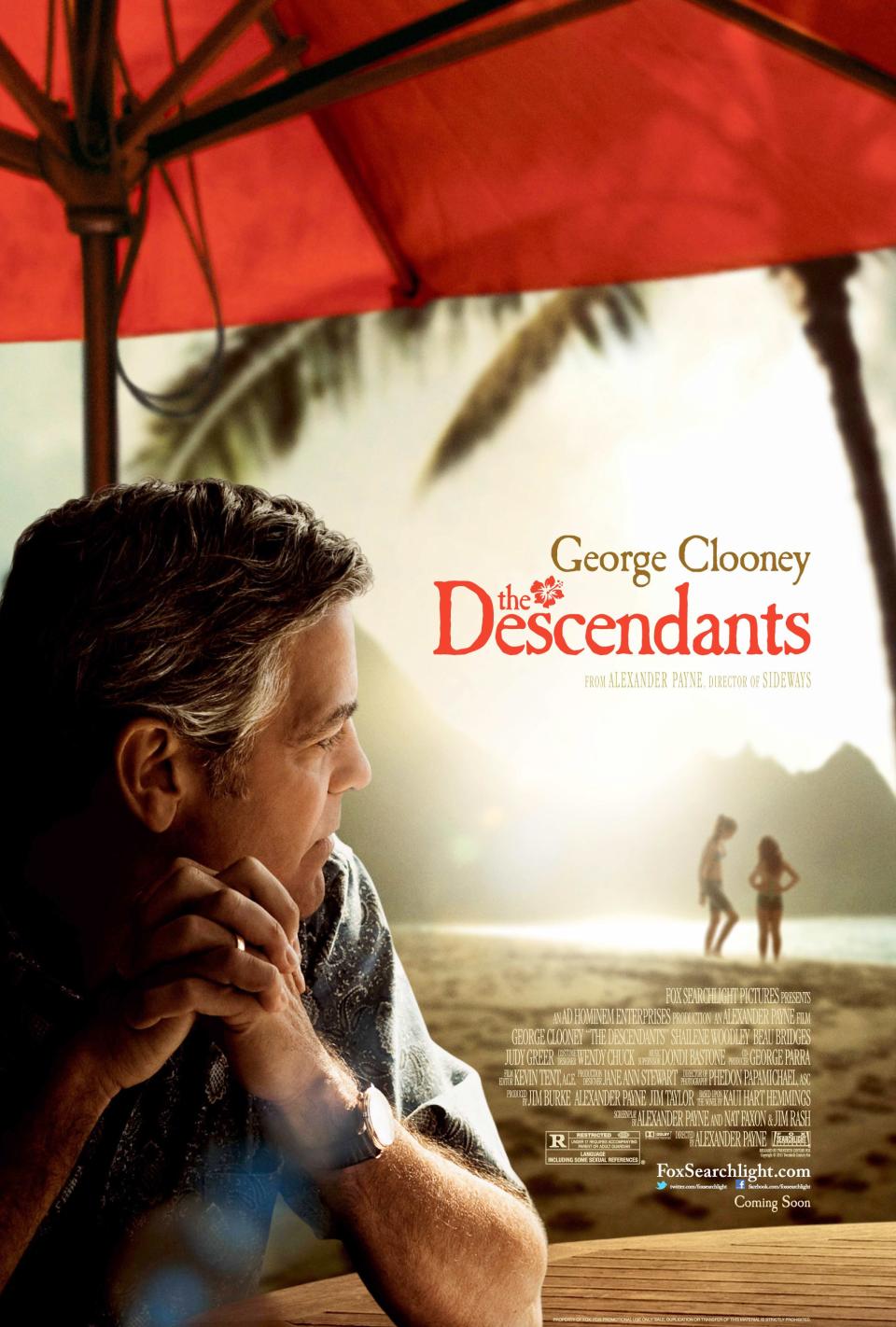
THE DESCENDANTS, George Clooney on US poster art, 2011, ©Fox Searchlight/courtesy Everett Collection
38. The Descendants (Dir. Alexander Payne, 2011)
This intimate family drama already feels a little lost to time. And that’s a shame, since it’s so smartly observed and empathic, and also home to one of George Clooney’s finest performances. Playing a soon-to-be-widowed father of two who finds out his comatose wife was having an affair, Clooney conveys not just a low-hum grief, but also indignation over the infidelity and cluelessness at how to prepare his daughters for life without their mother. The Hawaiian backdrop makes it all easier on the eyes and the Oscar-winning screenplay keeps the bittersweet tone from becoming a bummer. The Descendants is one worth revisiting.
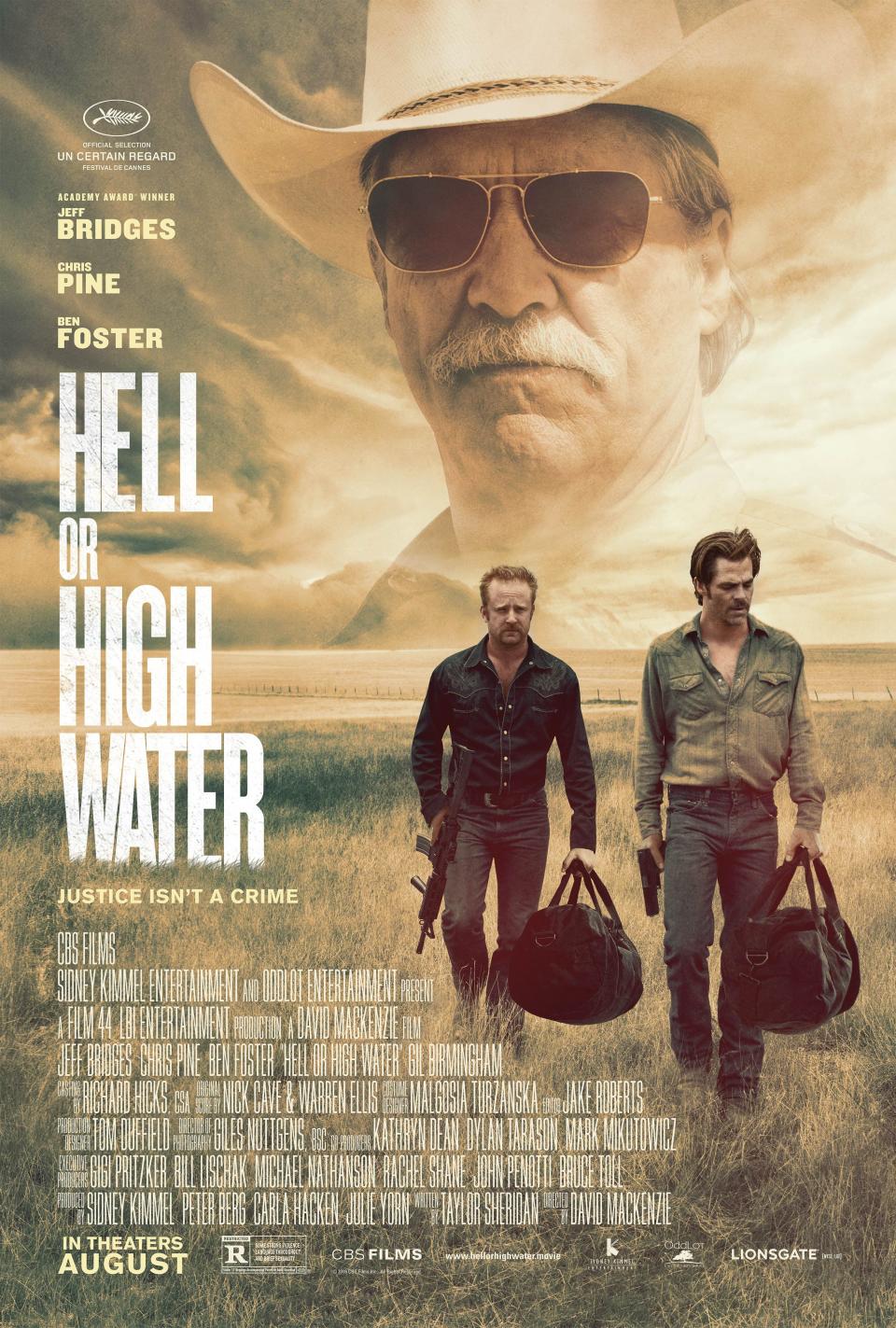
HELL OR HIGH WATER, US poster art, Jeff Bridges (top), from left, bottom, Ben Foster, Chris Pine,
37. Hell or High Water (Dir. David Mackenzie, 2016)
Two brothers embark on a bank-robbing spree to save their family ranch from foreclosure in this neo-Western that always keeps one eye on the economic disparity ravaging rural Texas. Chris Pine’s close-mouthed as the “responsible” younger one and Ben Foster’s having the time of his life as the older, reckless foil; Jeff Bridges is in pursuit and passes the hours by cracking jokes about his partner’s Mexican-Native American heritage. Taylor Sheridan’s script also comes loaded with not-so-subtle messaging about America’s banking system—though all the excessive underlining clutters up an otherwise bracing caper.
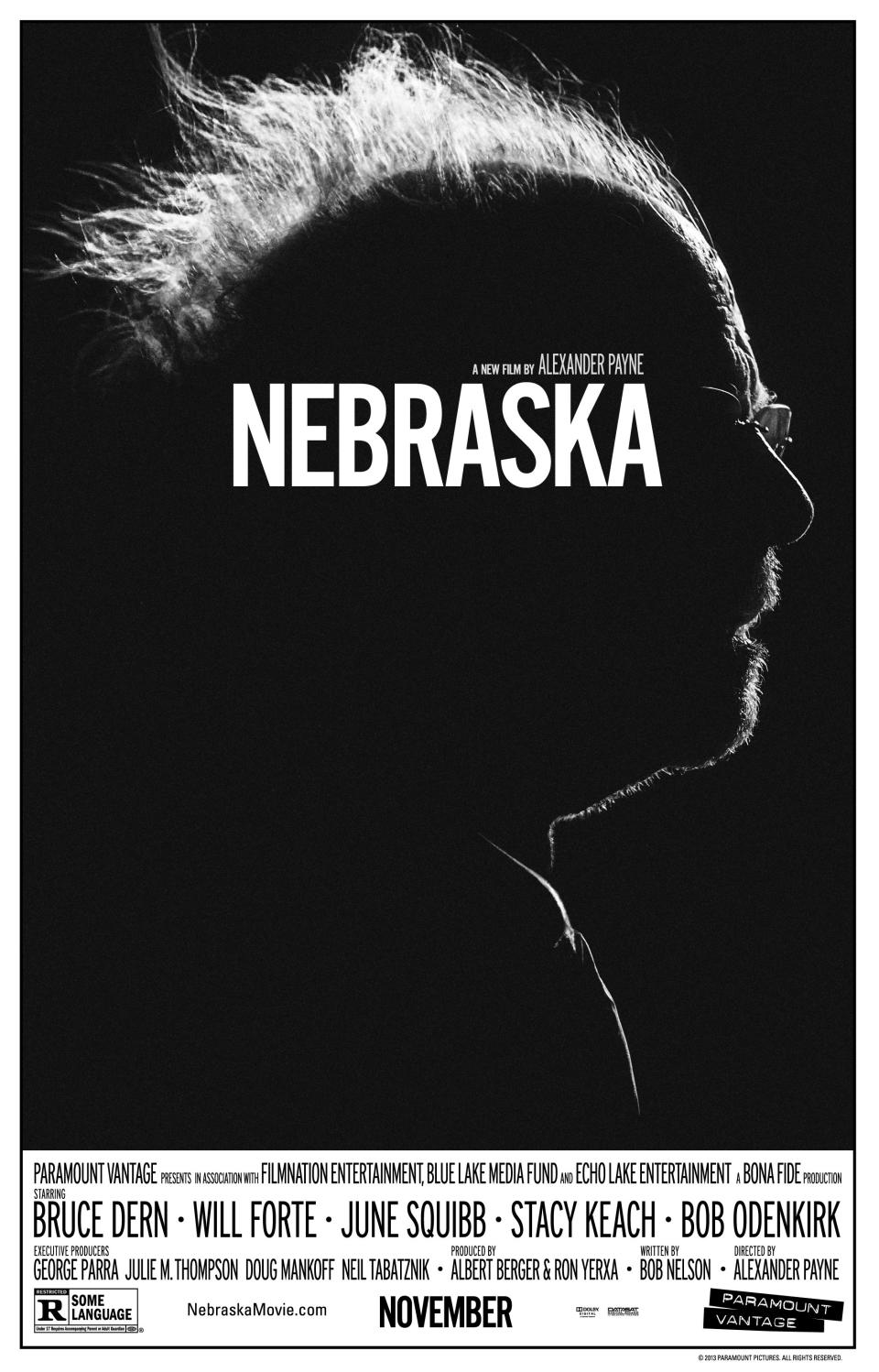
NEBRASKA, US poster art, Bruce Dern, 2013. ©Paramount Pictures/courtesy Everett Collection
36. Nebraska (Dir. Alexander Payne, 2013)
A father-son road-trip film shot in crisp black and white, Nebraska chronicles more than just a long drive to try and cash in on a bogus million-dollar sweepstakes. It lingers on opportunities gone by, resentments that build up between family members, the decay that ensues with age, and the gnawing sense that none of that stuff even matters much. Will Forte is miscast, but Bruce Dern’s confused stares and mess of snow-white hair are enough to trigger an existential crisis all on their own.
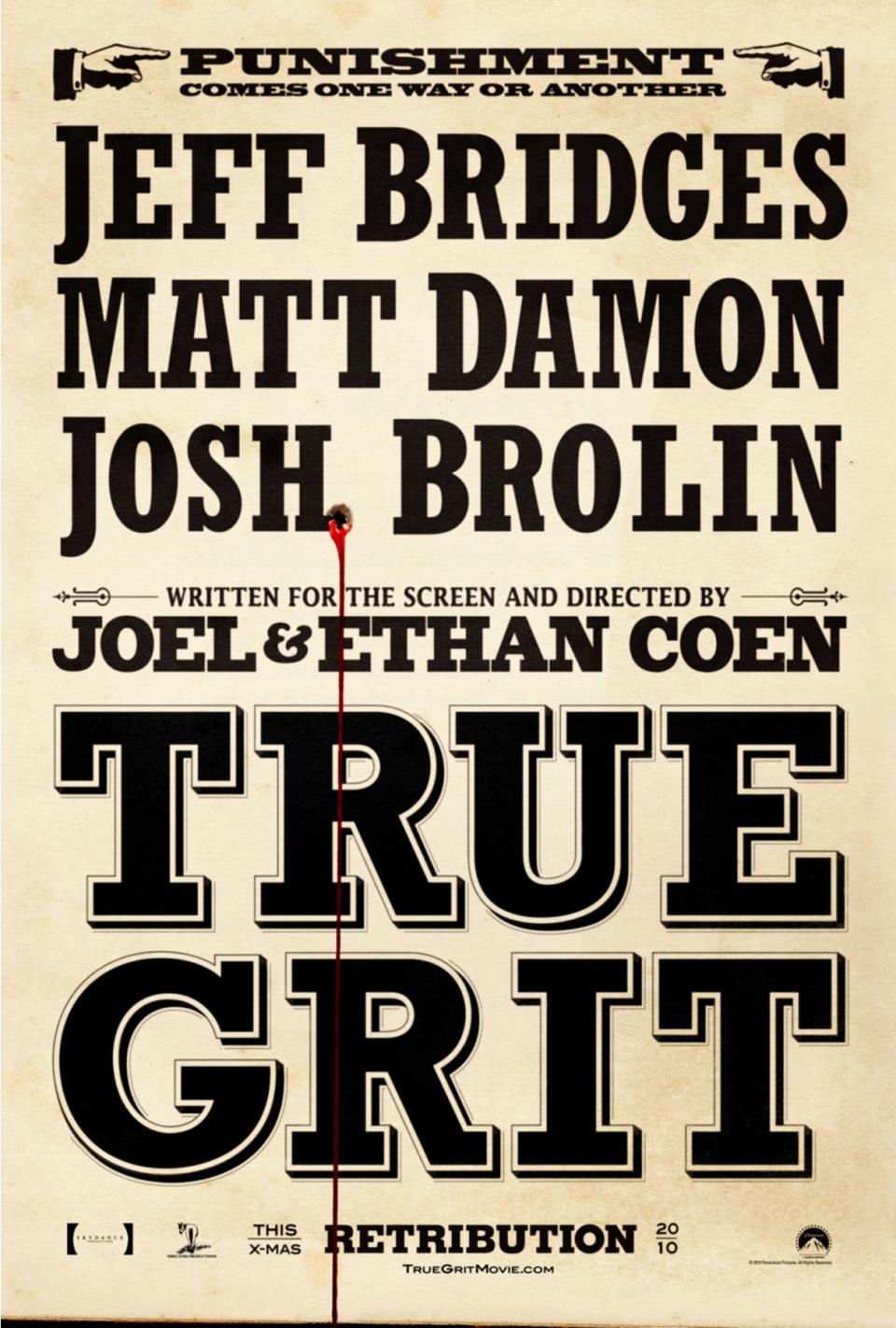
TRUE GRIT, 2010. ©Paramount Pictures/courtesy Everett Collection
35. True Grit (Dirs. Joel Coen & Ethan Coen, 2010)
The Coens don’t indulge very many of their signature eccentricities in this weather-beaten Western, itself the second adaptation of a novel first rendered onscreen in 1969 with John Wayne in the starring role. Even so, True Grit remains a Coen brothers production, which means we get Jeff Bridges delivering a pickled rendition of Rooster Cogburn, sudden flashes of violence, and a sober ending that highlights the melancholy stitched throughout. Very sturdy, if not especially revelatory.
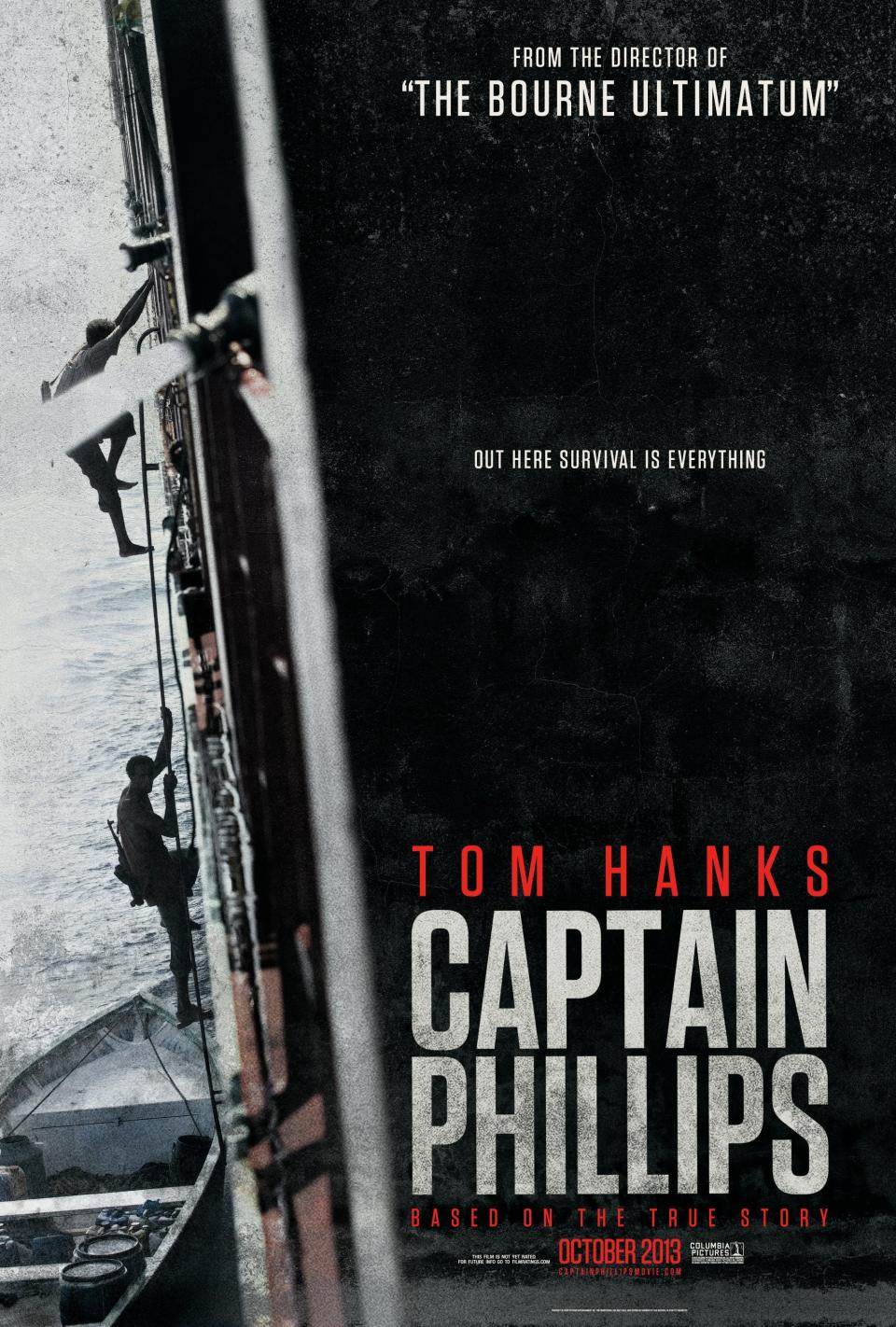
CAPTAIN PHILLIPS, US poster art, 2013. ©Columbia Pictures/Courtesy Everett Collection
34. Captain Phillips (Dir. Paul Greengrass, 2013)
Tom Hanks and Barkhad Abdi’s characters try to outwit each other for control of Paul Greengrass’s seafaring hostage thriller, but the director is the one who’s really in command. He keeps the energy taut for almost two straight hours, refusing to loosen the suspense from the moment that Abdi’s first in pursuit of the Maersk Alabama. Hanks once again proves his mettle, and the fact that he wasn’t recognized with at least a nomination is a dereliction of duty on the Academy’s part.
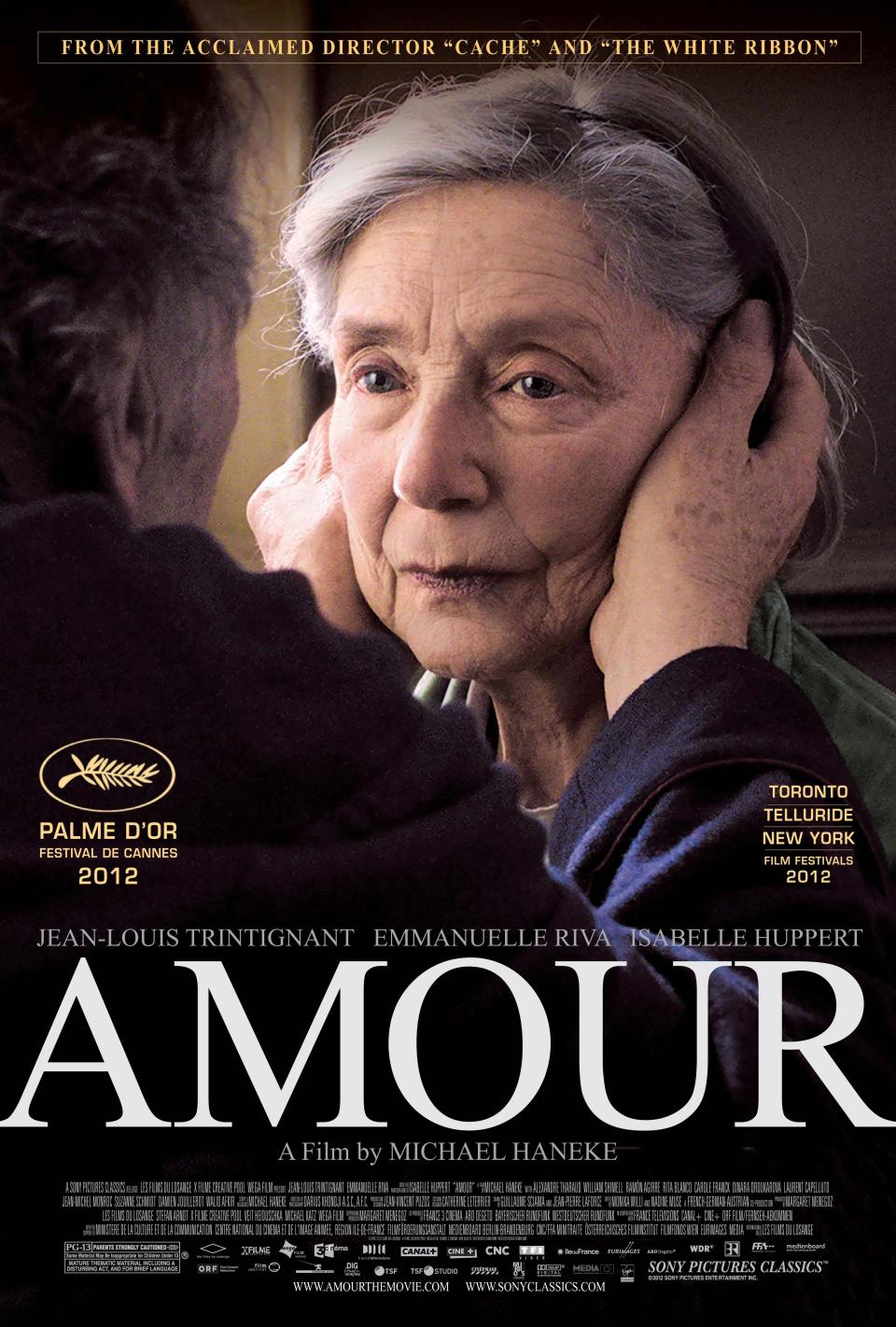
AMOUR, (aka LOVE), US poster art, from left: Jean-Louis Trintignant, Emmanuelle Riva, 2012, ©Sony
33. Amour (Dir. Michael Haneke, 2012)
Michael Haneke opens Amour at the very end—authorities discover Emmanuelle Riva’s Anne lying dead in her bed. What comes next is a painstaking tick-tock of the elderly woman’s decline, and an elegy for the marriage between her and Jean-Louis Trintignant’s Georges. After she suffers a silent stroke, their relationship slowly becomes a routine of spoon feedings and bathroom trips. For all the devastating scenes detailing Anne’s helplessness, this French-language film winds down with a graceful daydream: She’s headed out the door, he’s following her to the other side, and she reminds him—like any caring partner would—to bring a coat.
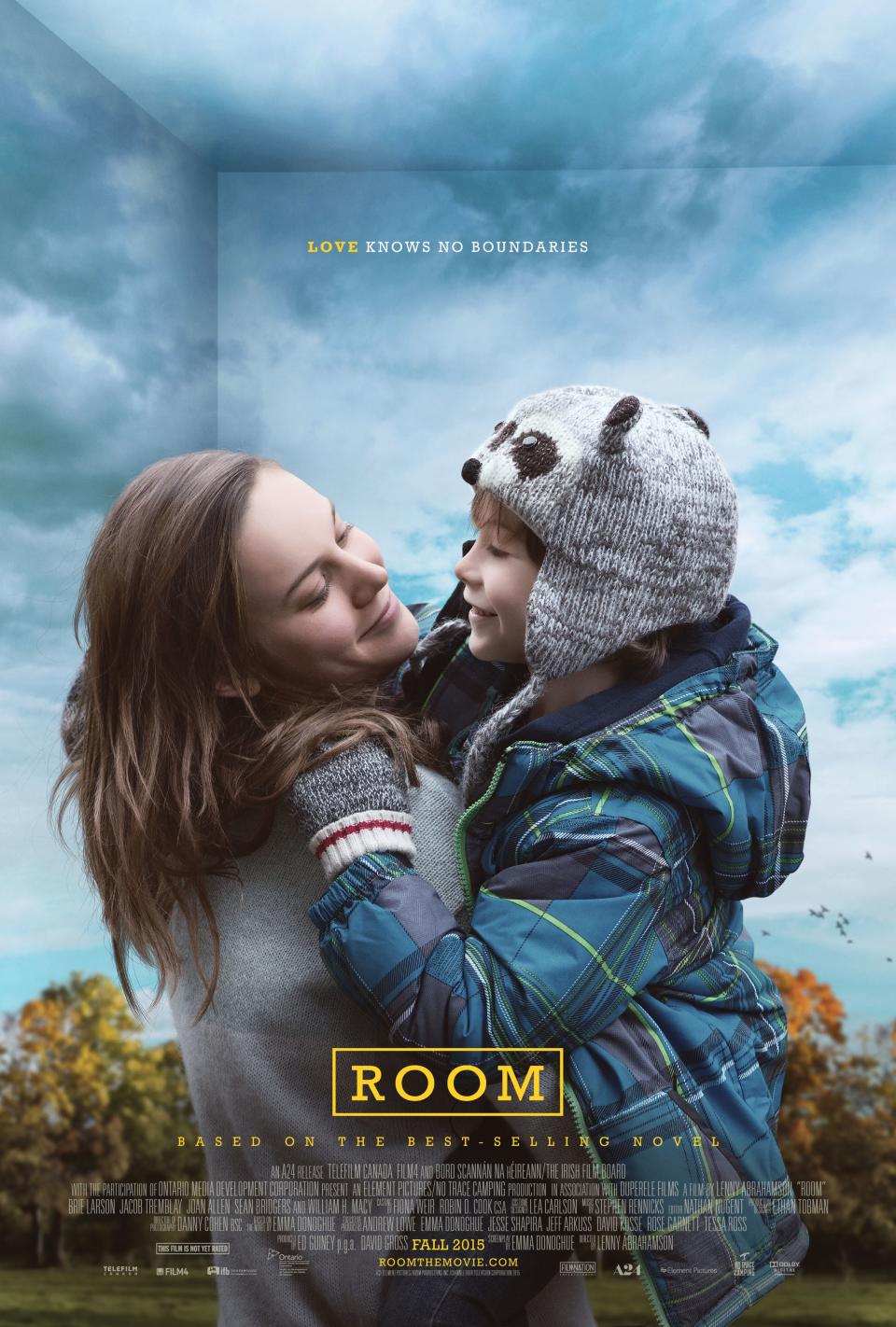
ROOM, US poster, l-r: Brie Larson, Jacob Tremblay, 2015. ©A24/courtesy Everett Collection
32. Room (Dir. Lenny Abrahamson, 2015)
Room’s concept and first half are so upsetting—Brie Larson’s Joy Newsome has been held captive in a windowless shed for seven years, is regularly raped by her captor, and she’s raising her 5-year-old boy, who’s never been outside—that it’s tempting to label the entire film as depressing. Don’t forget the second half, which allows mother and son to try and find their place in the larger world. Driven by heart-swelling performances from an Oscar-awarded Larson and young Jacob Tremblay, Room sounds punishing but ends with hope.
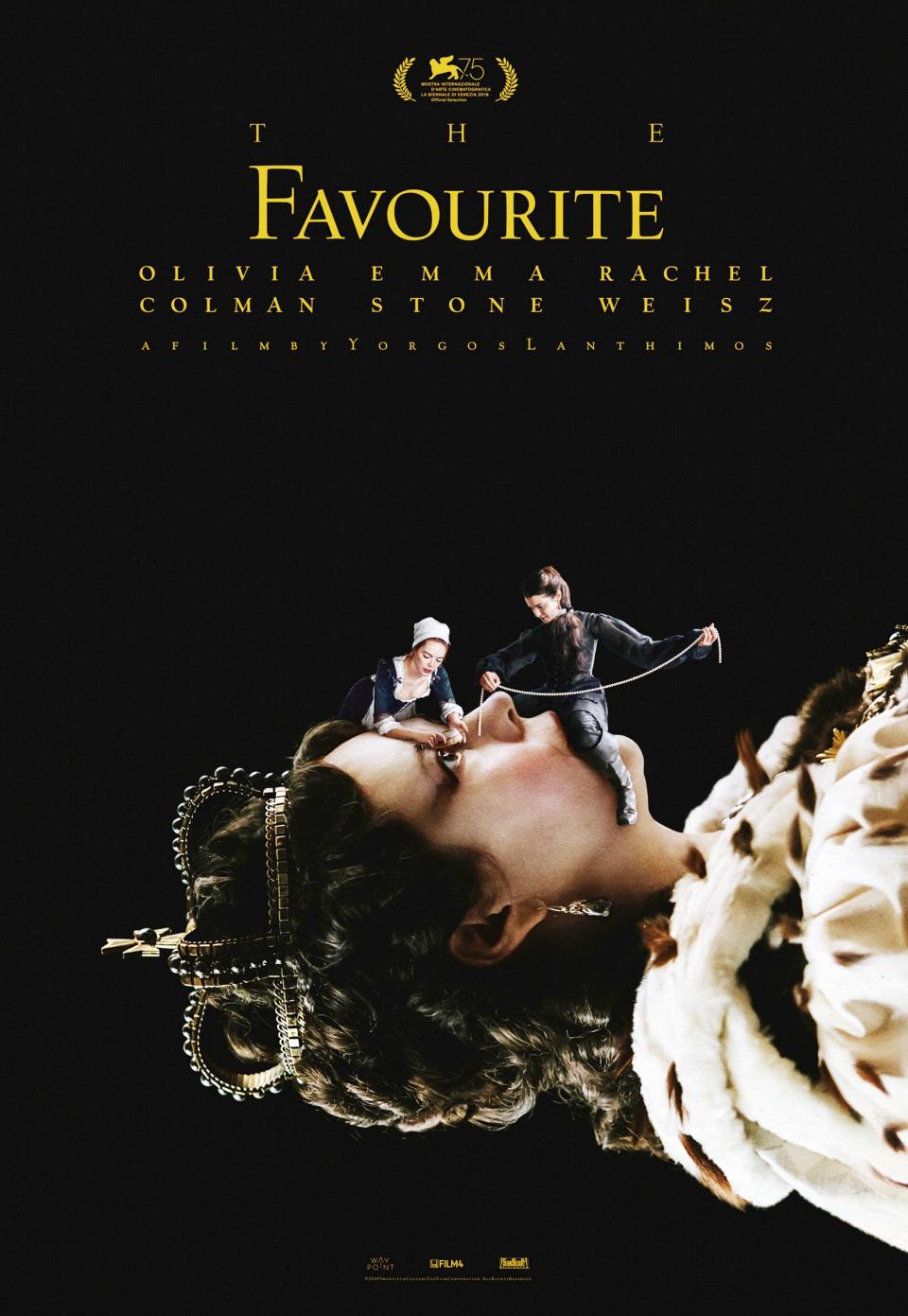
MCDFAVO FS018
31. The Favourite (Dir. Yorgos Lanthimos, 2018)
If only every film about royals could be so unhinged. Yorgos Lanthimos turns his fisheye lens onto Queen Anne’s court: England and France are waging war outside the palace walls while Rachel Weisz and Emma Stone are wreaking havoc within. The two actresses (both Supporting Actress nominees) play cousins competing for the favor and physical affections of Her Majesty (a manic Olivia Colman, who won Best Actress). Blackmail, sexual manipulation, poison, trick gunfire, beating one’s own face bloody with a book—all reasonable courses of action within The Favourite. Shame the costumed satire overstays its welcome a bit.
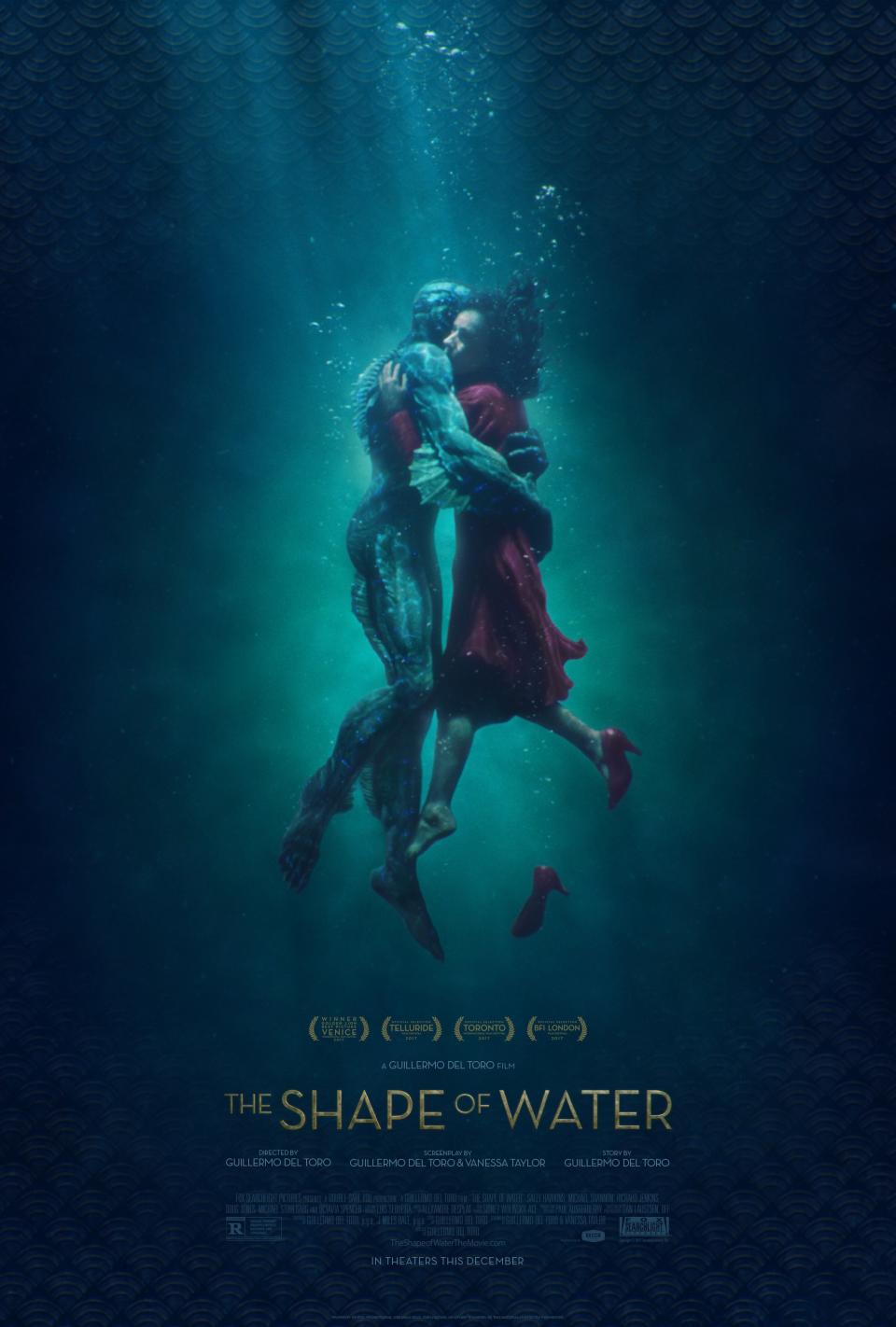
THE SHAPE OF WATER, US poster, from left: Doug Jones, Sally Hawkins, 2017. TM & © Fox Searchlight
30. The Shape of Water (Dir. Guillermo del Toro, 2017)—WINNER
Sure, it’s technically accurate to describe The Shape of Water as “the fish-fucking movie,” but that’s a little ungenerous. Guillermo del Toro’s R-rated fairy tale spins a story of discrimination and how fulfilling it feels to finally be seen—which, yes, it communicates by having Sally Hawkins’s character engage in interspecies sex with a fish-man. The messaging might scan as absurd or pat to some, but del Toro's a master of gothic whimsy and he makes the material (and, in one litmus-test scene, Hawkins’s mute Elisa) sing. It shouldn’t have beaten Get Out for Best Picture, though the Academy could’ve done worse.
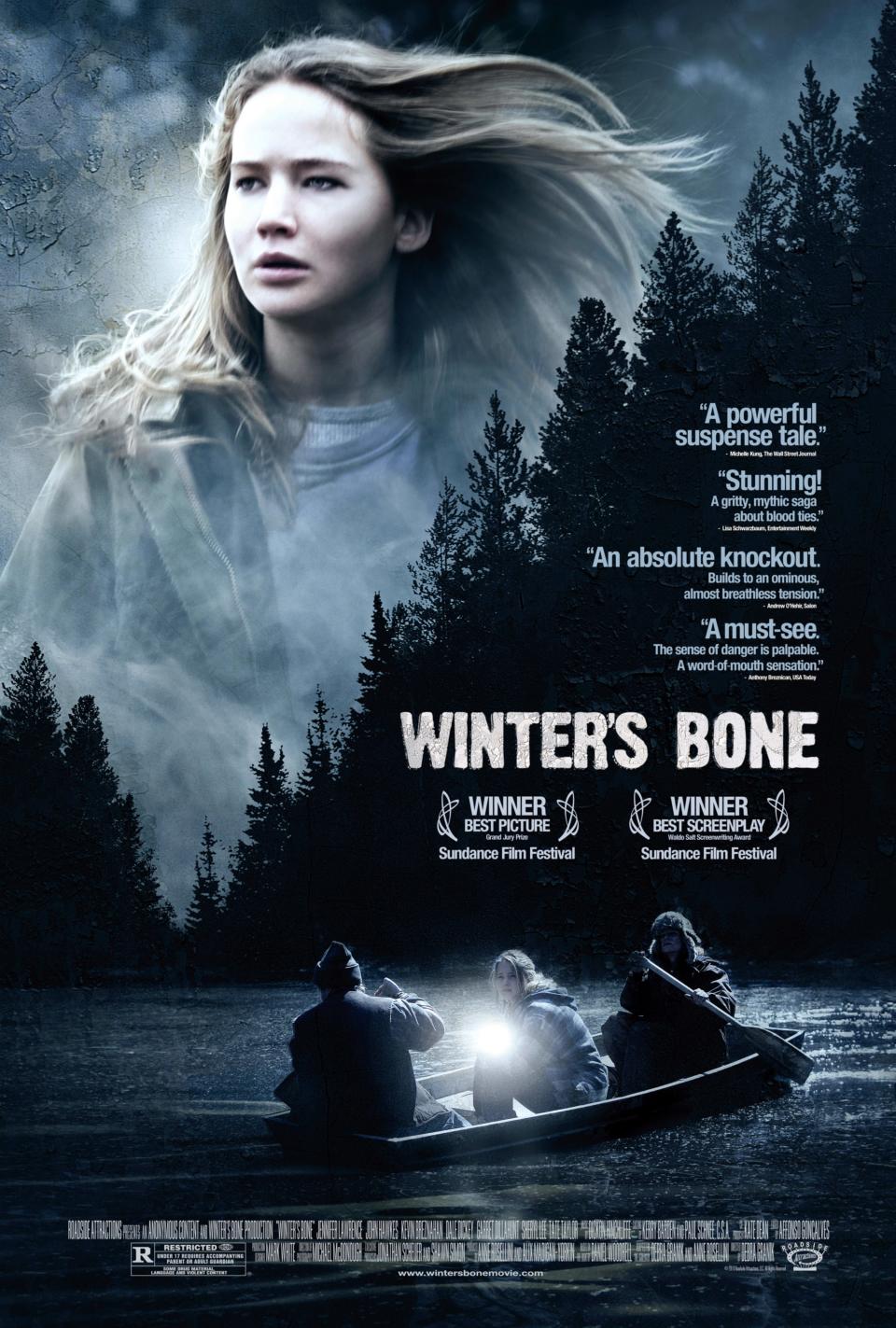
WINTER'S BONE, Jennifer Lawrence, 2010. ©Roadside Attractions/courtesy Everett Collection
29. Winter’s Bone (Dir. Debra Granik, 2010)
How strange to remember that Jennifer Lawrence’s breakthrough role was in a film as small, bleak, and muddy as this one. Relocating the structure and menace of urban film noir to the rural atmosphere of the Ozarks, Winter’s Bone demands that Lawrence’s character uncover what’s become of her missing father. So we shadow her stone-faced Ree Dolly as she trudges through dead leaves, eyeballs the site of a burned-down meth lab, and demands answers from the local kingpin. Watching her try to pinpoint the threat that’s lurking just beyond the barren trees, it’s no wonder that she became a star.
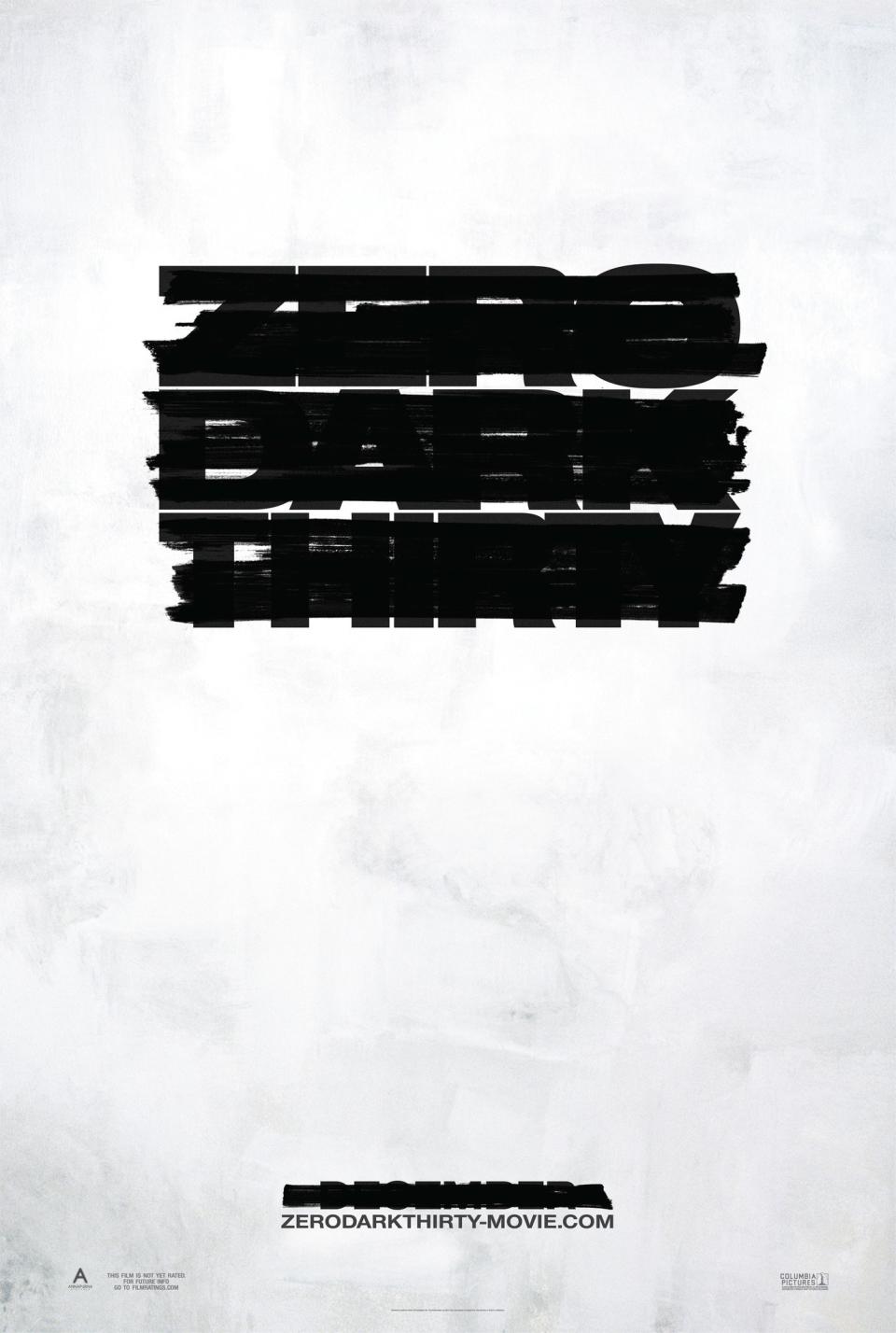
ZERO DARK THIRTY, advance US poster art, 2012. ©Columbia Pictures/courtesy Everett Collection
28. Zero Dark Thirty (Dir. Kathryn Bigelow, 2012)
Not the easiest film to unpack. There are the issues of accuracy and whether this movie is in fact “pro-torture.” It’s also just a dense viewing experience; when Zero Dark Thirty lulls, it resembles a droning conference-room meeting. But when it’s operating at its peak—every time Jessica Chastain’s Maya unloads a theory on her supervisors, the entire nighttime raid on bin Laden’s compound, when Maya finally exhales just before the end credits—we’re seeing a remarkably focused piece of filmmaking, even if what it’s saying is up for debate.
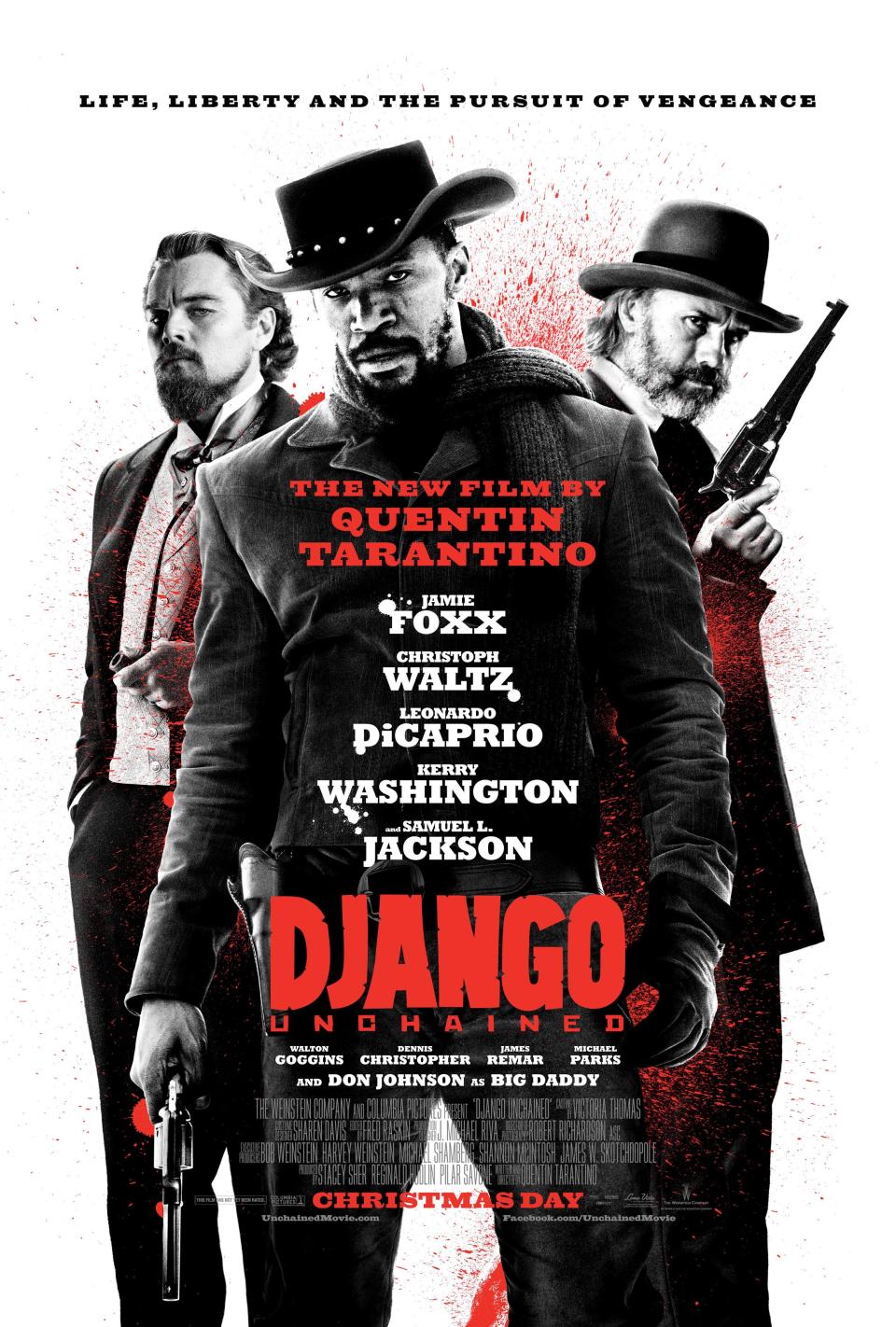
DJANGO UNCHAINED, US poster art, from left: Leonardo DiCaprio, Jamie Foxx, Christoph Waltz, 2012. ©W
27. Django Unchained (Dir. Quentin Tarantino, 2012)
For his seventh feature (and second revisionist-history epic), Quentin Tarantino channels the horror of American slavery into a nearly three-hour homage to spaghetti Westerns and blaxploitation flicks. Can’t blame anyone for feeling like the subject shouldn’t be toyed with, and there’s definitely an uneasy glee in the way the n-word is tossed around—particularly in its first hour. But as the film unspools, the framing becomes less of a distraction. Calvin Candie’s fucked-up phrenology talk is presented as the stomach-churning hate speech that it is, and Django blowing up Candyland is, as Tarantino intends, cathartic—momentary vengeance for wrongs that can’t ever be set right.

THE MARTIAN, US poster, Matt Damon, 2015. TM and Copyright ©20th Century Fox Film Corp. All rights
26. The Martian (Dir. Ridley Scott, 2015)
The most obvious one on this list that’s destined to be a cable classic. And honestly, that’s not meant as a dig—Ridley Scott’s marooned-in-space adventure film is eminently re-watchable. Matt Damon’s astronaut-botanist is stranded alone on Mars, taking in the clay-colored vistas and chirping one-liners at a camera. The dad-jokes don’t always land, and Scott overcompensates for much of the movie being a one-man show by overloading the ensemble back on Earth. (Not sure what Donald Glover’s going for, don’t really care to find out.) Those weak points aside, The Martian’s got a natural thrust—and ‘70s-heavy soundtrack—that pulls you along. Catch this on FX and enjoy your Sunday afternoon.
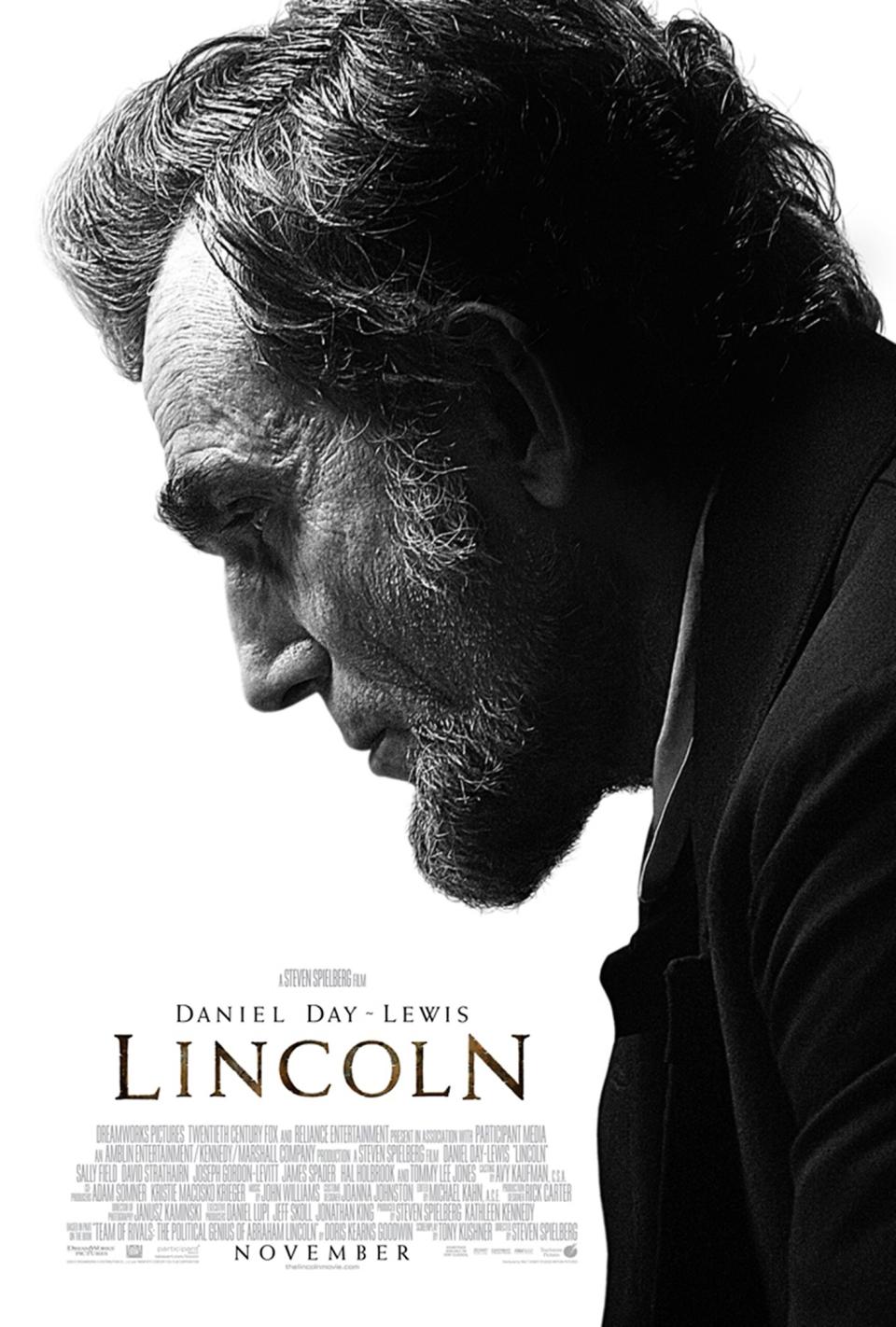
LINCOLN, US poster art, Daniel Day-Lewis, as Abraham Lincoln, 2012. ©Touchstone Pictures/Courtesy Ev
25. Lincoln (Dir. Steven Spielberg, 2012)
Back in 2012, Senators Mitch McConnell and Harry Reid invited their fellow lawmakers to a screening of Lincoln, in the hopes that its message of bipartisanship would help bridge the political divide. Don’t hold that failure against Spielberg’s historical drama, though: With a script from Tony Kushner, Lincoln offers a sneakily engaging look at the shifty business of securing votes—in this case, for the passage of the 13th Amendment. An all-time stacked cast fills the Senate and the White House, and they’re all led by a typically brilliant Daniel Day-Lewis, who’s clothed in immense power as our 16th president.

SILVER LININGS PLAYBOOK, US poster art, from left: Bradley Cooper, Jennifer Lawrence, 2012. ©Weinste
24. Silver Linings Playbook (Dir. David O. Russell, 2012)
We wouldn’t necessarily argue that Silver Linings deserves an award for its handling of mental illness—but, technically, it won one. Jennifer Lawrence walked off (after stumbling) with the Best Actress trophy for playing Tiffany Maxwell, a young widow prone to public outbursts who apparently keeps a close eye on the Philly box scores. Bradley Cooper stars as the trash-bag-wearing Pat Solitano Jr., who’s trying to better himself and navigate bipolar disorder. Ultimately, all the mental-health talk is window dressing for an offbeat courtship—good thing, then, that the movie’s greatest strength is the chemistry between its two leads.
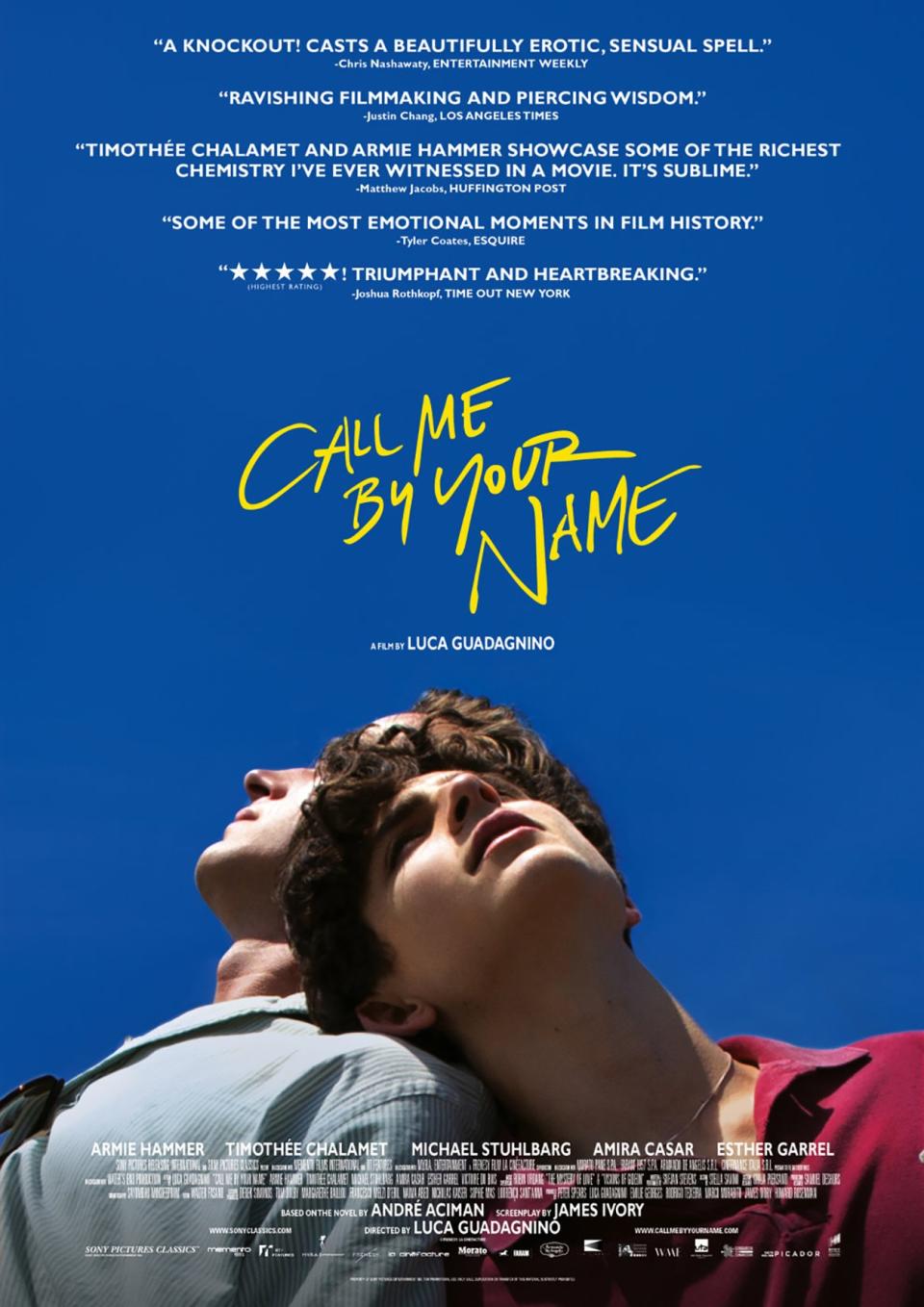
MCDCAME SP007
23. Call Me By Your Name (Dir. Luca Guadagnino, 2017)
This is the kind of movie you want to live inside. Set during an idyllic summer in 1983 Italy, Call Me By Your Name is as much about the sensory experience as it is the short-lived romance between Timothée Chalamet’s Elio and Armie Hammer’s Oliver. Thinking back on the details—the sunlight filtering through the tree leaves, the Psychedelic Furs ringing out through the night, and, of course, that peach—it’s almost as if you’re recalling memories from your own first real taste of love.
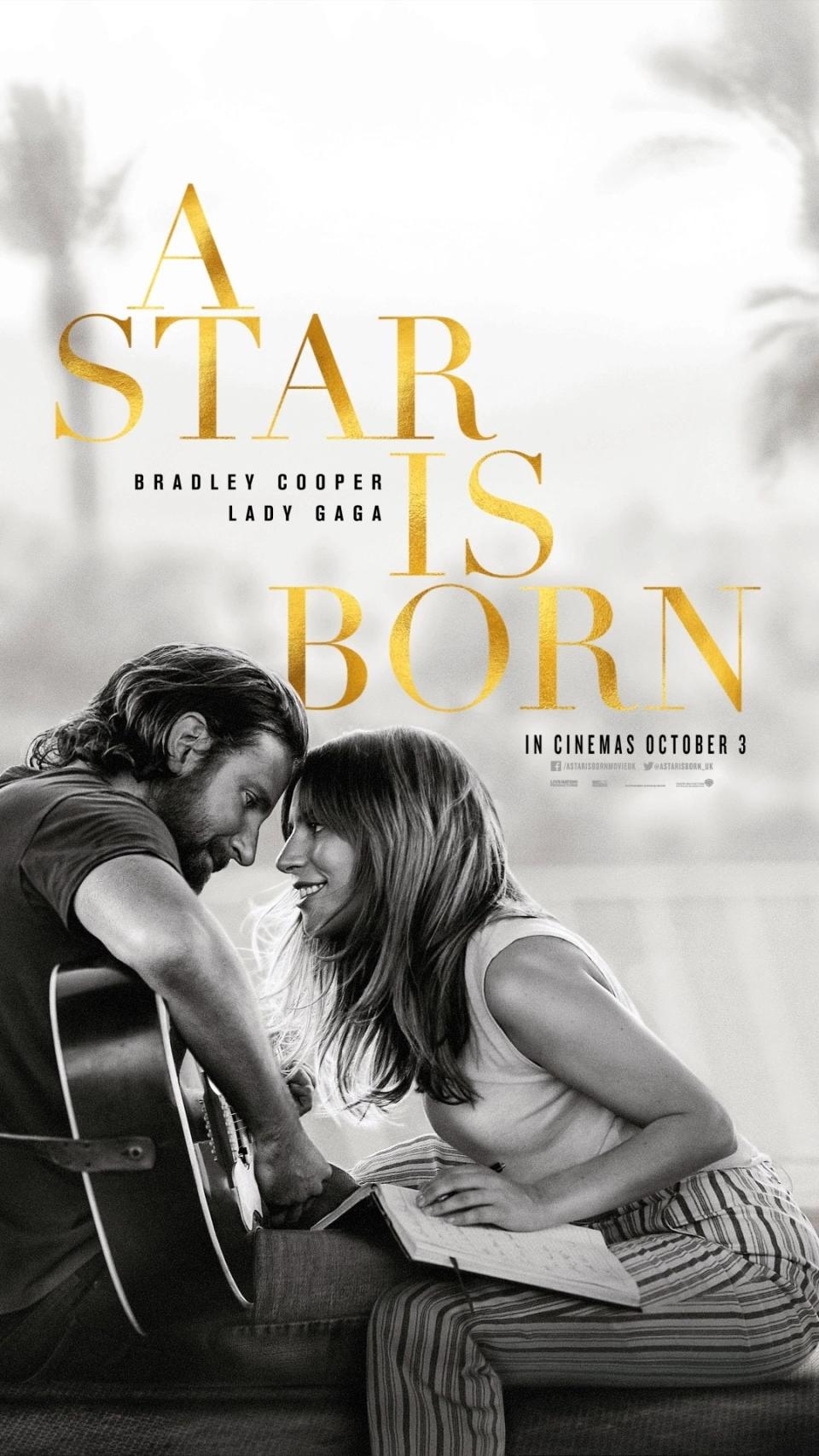
MCDSTIS EC114
22. A Star Is Born (Dir. Bradley Cooper, 2018)
Pity the joyless who can’t savor the latest telling of A Star Is Born; who aren’t seduced by Jackson Maine’s gravelly mumble and greasy hair; who can’t admit that “Why Did You Do That?” is a good song; who claim to be unmoved by a final shot that can only be described as literally breathtaking. True, the film's showbiz glamour and tragic romance aren’t anything new. A man once said, though, that everyone’s playing the same 12 notes over and over, telling the same story—all an artist can offer is how they see those notes. I love how Bradley Cooper sees them.
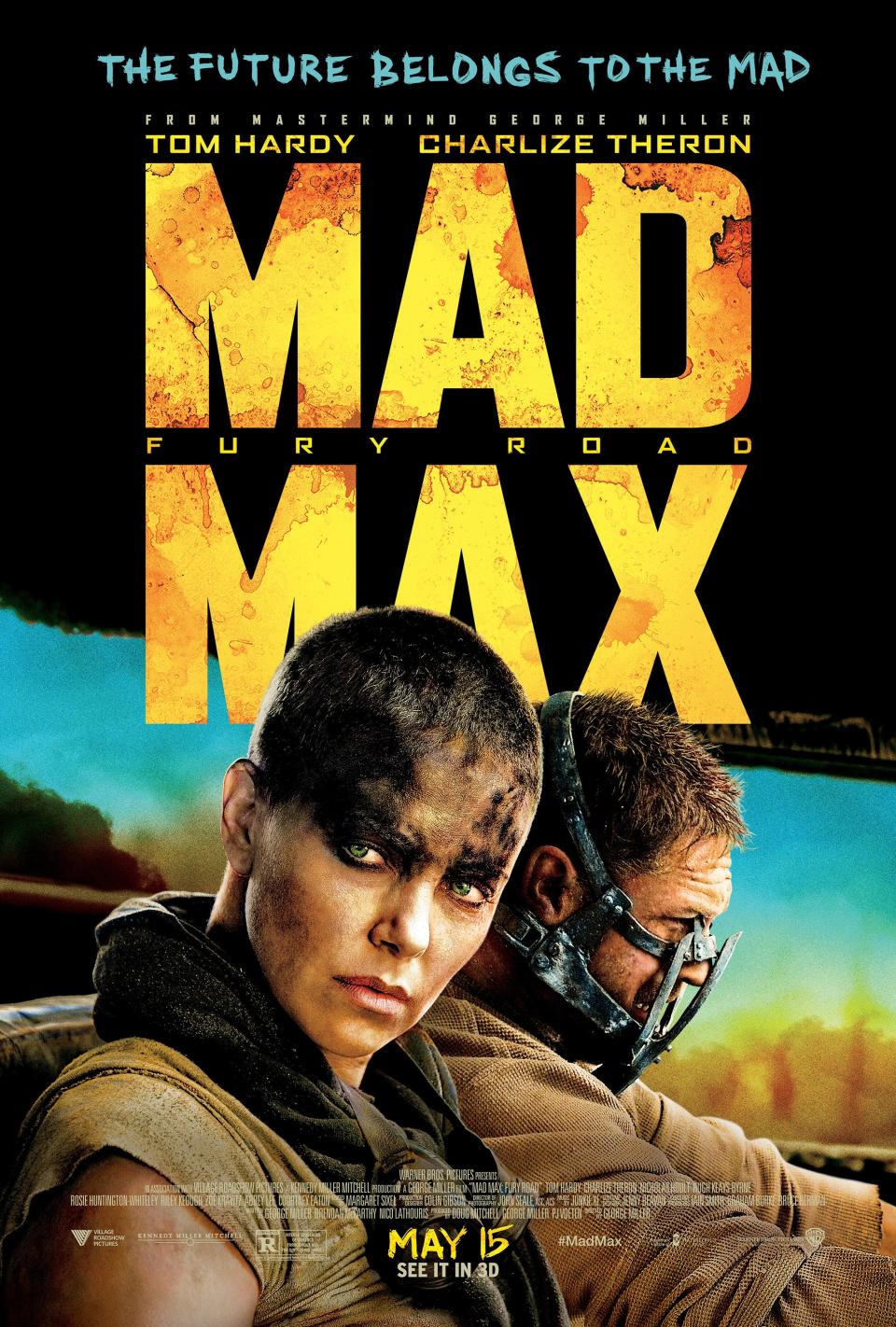
MAD MAX: FURY ROAD, advance poster, l-r: Charlize Theron, Tom Hardy, 2015. ph: Jasin Boland/©Warner
21. Mad Max: Fury Road (Dir. George Miller, 2015)
Don’t you dare criticize Fury Road in front of fanatics. Evangelists of George Miller’s much-belated Mad Max sequel are about as chill as this guy. It’s easy to see why: The post-apocalyptic chase flick is one of the most visually striking films of the decade, with its hyper-vibrant orange-and-blue color scheme, and it introduced us to Charlize Theron’s Imperator Furiosa, an immediately iconic action hero who demands her own spinoff. It might be the most physically exhausting two-hour movie ever made, but the race toward the radioactive horizon and back thrills like little else.
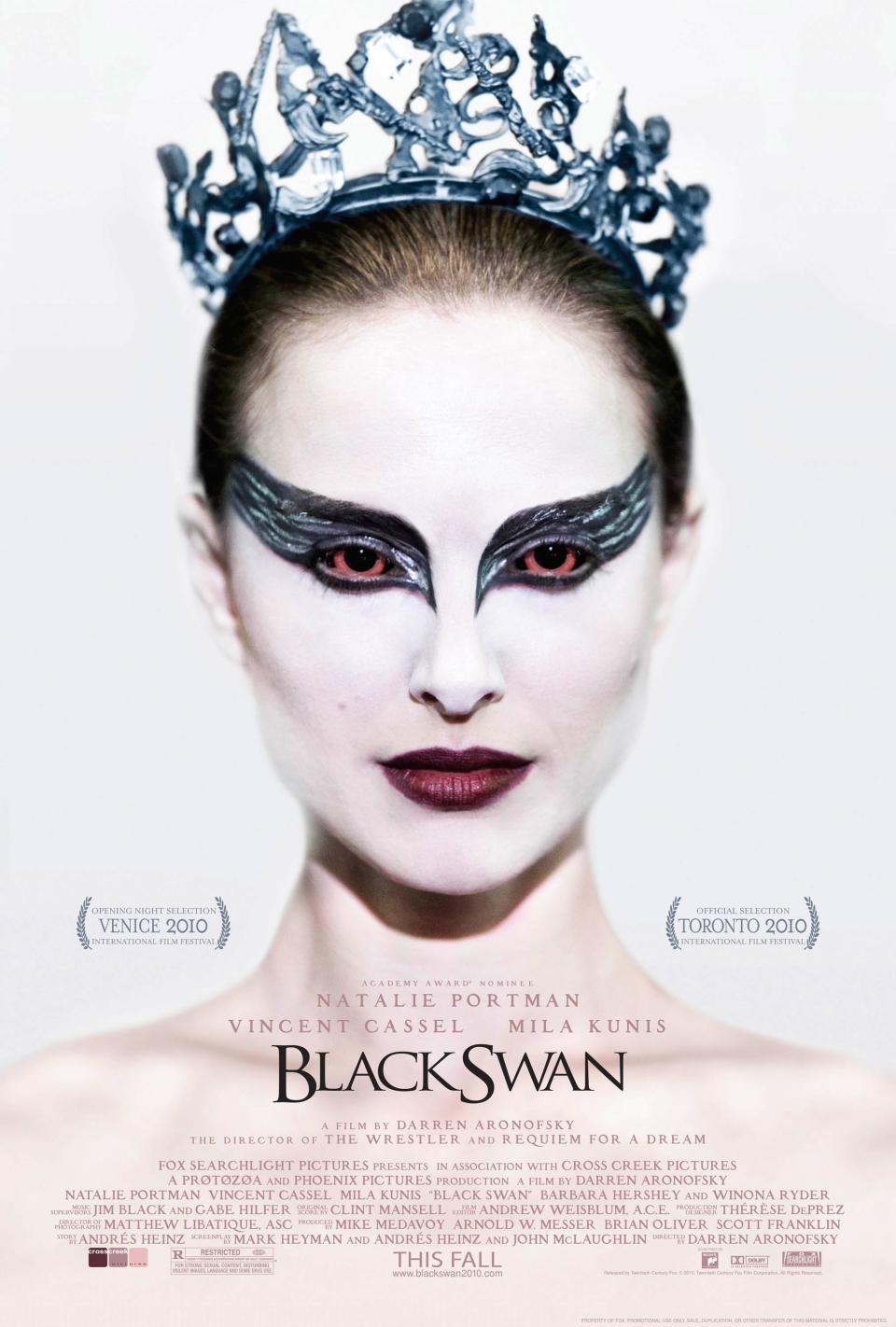
BLACK SWAN, Natalie Portman, 2010, ph: Niko Tavernise/TM and copyright ©Fox Searchlight Pictures. Al
20. Black Swan (Dir. Darren Aronofsky, 2010)
Darren Aronofsky’s most accomplished film manages its own dance, blending body horror and psycho-thriller freakouts. Natalie Portman’s Nina unravels over a paranoid 108 minutes as she preps for a star-making dual role in the New York City Ballet’s demanding new production of Swan Lake. A skin-crawling look at the costs of obsession and perfectionism, Black Swan traps us inside Nina’s head as she tries to nail a flawless pirouette and avoid her own creeping madness. By the time we reach the transcendent final stretch, she wants to claw her way out of the movie just as much as we do.
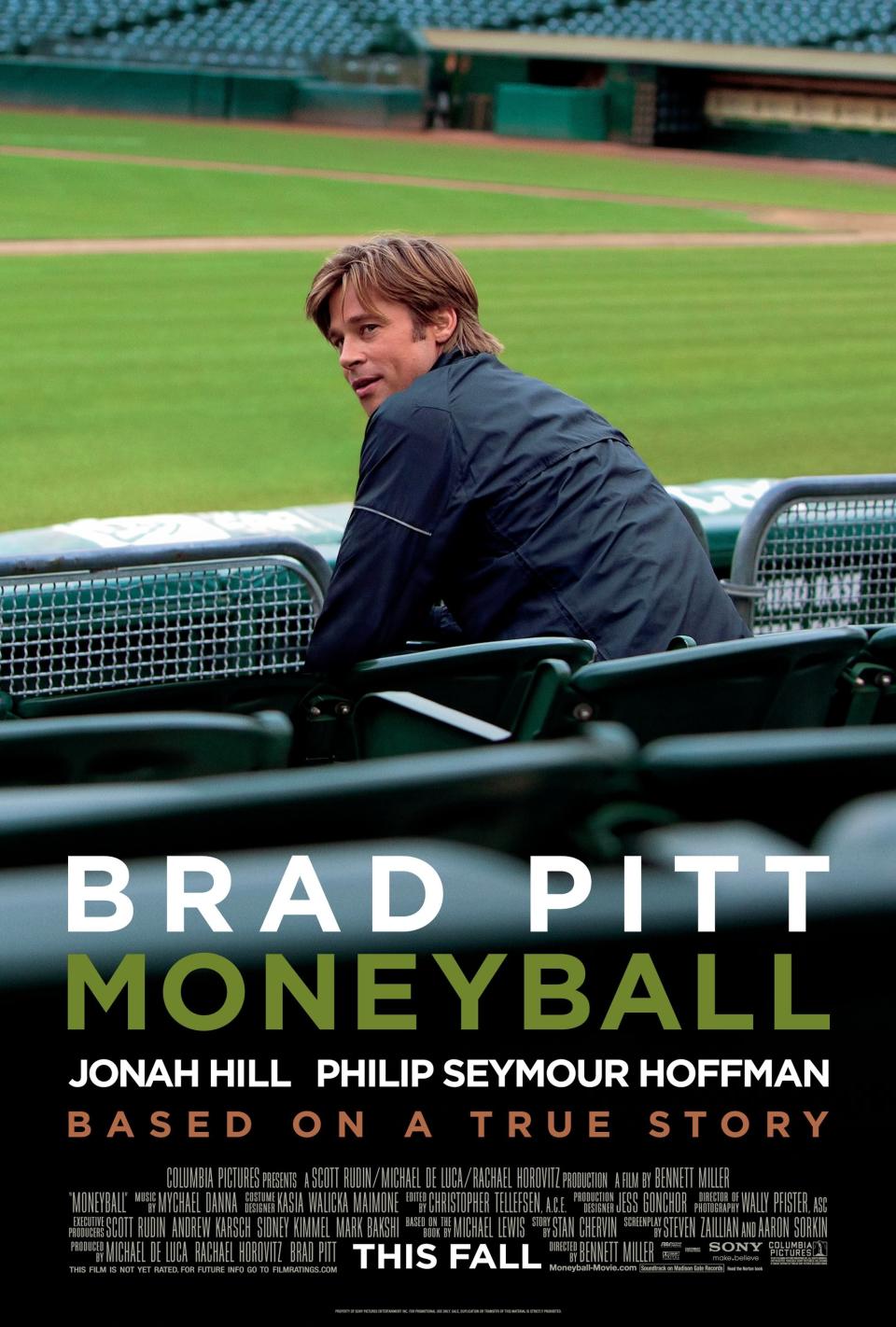
MONEYBALL, US poster art, Brad Pitt, 2011. ©Columbia Pictures/Courtesy Everett Collection
19. Moneyball (Dir. Bennett Miller, 2011)
It's A League of Their Own for the age of advanced analytics. Adapted from Michael Lewis’s nonfiction book about the Oakland Athletics’s 2002 season, Moneyball draws you in with its restraint and expert pacing, for which credit goes to Bennett Miller’s steady direction and the script by ace screenwriters Steve Zaillian and Aaron Sorkin. It keeps you watching, though, by maximizing a key asset that’s missing from too many 2010s Best Picture nominees: a high-wattage movie-star performance. Playing the A’s then-general manager Billy Beane as someone both self-assured and always a little unsatisfied, Brad Pitt brightens the screen like a set of stadium floodlights.
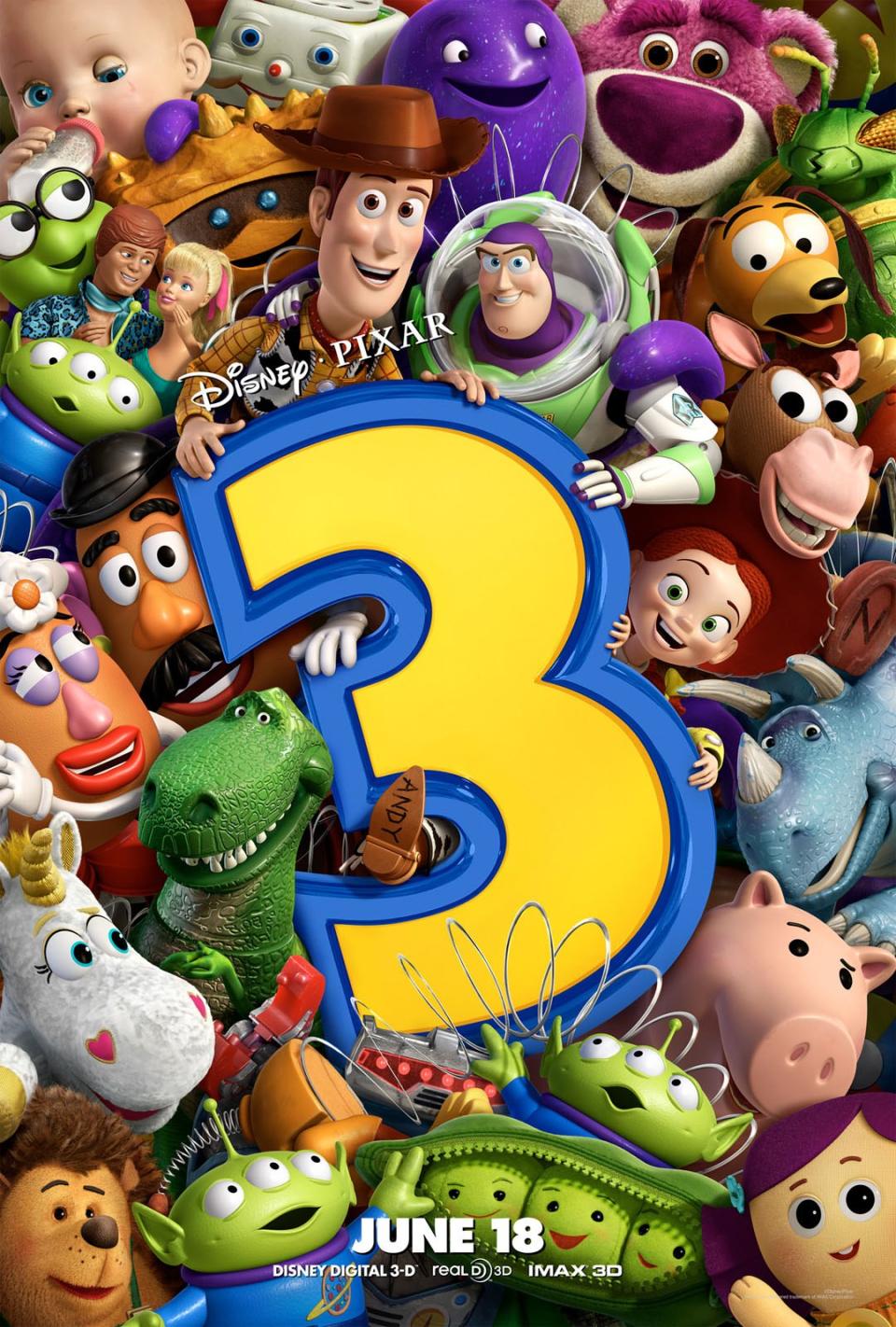
TOY STORY 3, US poster, ©Walt Disney Studios Motion Pictures/courtesy Everett Collection
18. Toy Story 3 (Dir. Lee Unkrich, 2010)
Is this the greatest threequel of all time? Coming at a point when many film franchises are creatively spent, this chapter moves the Toy Story series ahead. Woody, Buzz, and the rest of Andy’s toys adapt to the prison-break genre like it’s a custom-built playset, they face off against one of the decade’s most memorable movie villains (Lotso, who rules Sunnyside Daycare with a plush-doll fist), and they confront mortality—not only in that hellish dumpster fire, but also when they send Andy off to college. It’s a miracle of an ending, that Pixar eventually followed with what’s probably the greatest four-quel of all time.
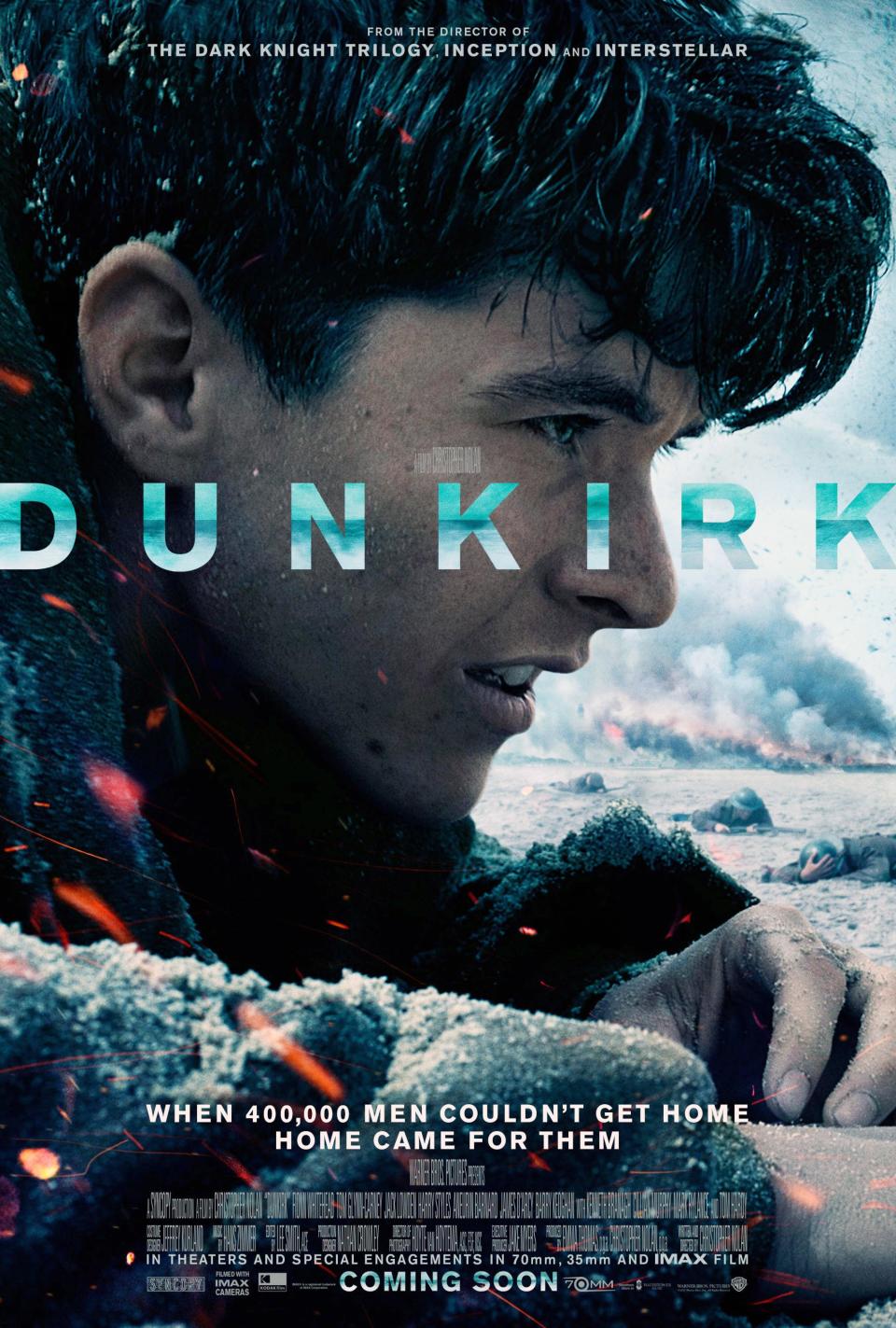
DUNKIRK, US poster, Fionn Whitehead, 2017. ©Warner Bros. Pictures/courtesy Everett Collection
17. Dunkirk (Dir. Christopher Nolan, 2017)
Nolan really can’t help himself—he just has to mess with our heads, even when there’s no place for simulation theory or magicians wearing fake beards. That’s how an otherwise straightforward telling of the evacuation at Dunkirk ends up split into a triptych. Thankfully, the tricky timeline serves the story; when the three plots converge during a panicked oil fire sequence, it makes for a stunning crescendo. Even more rewarding is the surprisingly potent coda: The sight of a gassed fighter plane sailing alongside a body of water and a simple close-up of a newspaper article provide more catharsis than you’d imagine.

LA LA LAND, Festival poster, from left, Emma Stone, Ryan Gosling, 2016, ©Lionsgate/courtesy Everett
16. La La Land (Dir. Damien Chazelle, 2016)
How exactly did this become the Bad Guy in a Best Picture race that involved Mel Gibson? Yes, Damien Chazelle’s romantic-musical was the presumptive juggernaut that season, which always brings backlash, and the optics of Ryan Gosling gushing about jazz aren’t great, but it seems a tad unreasonable to get so vitriolic over a starry love story. Gosling and Emma Stone are one of the great big-screen pairings of the 2010s (Gangster Squad excepted), and together they conjure the swooniness of new love, when the colors pop a bit brighter and you’re ready to burst into song, whether or not you can carry a tune.
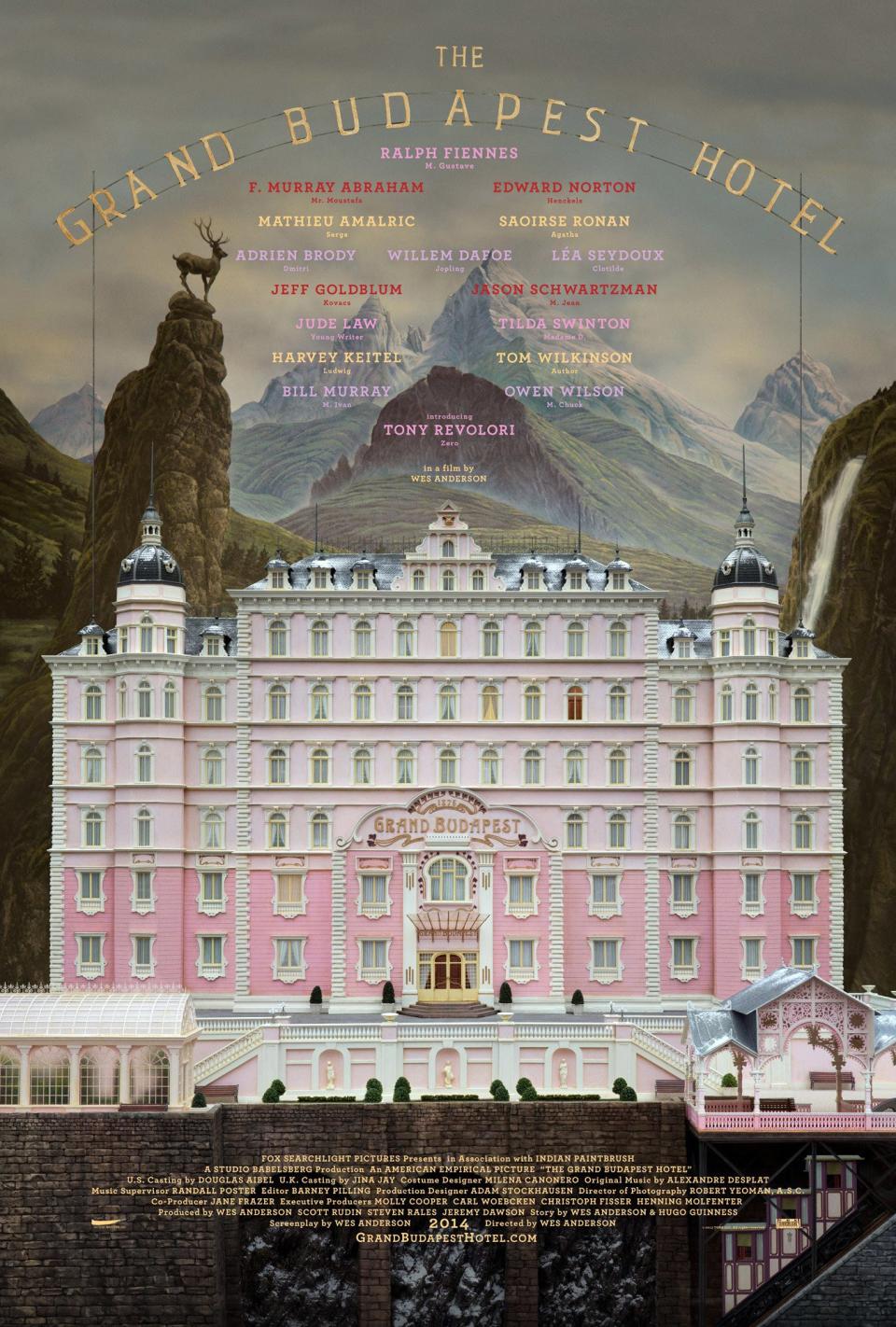
THE GRAND BUDAPEST HOTEL, US poster art, 2014, TM and Copyright ©Fox Searchlight Pictures/courtesy E
15. The Grand Budapest Hotel (Dir. Wes Anderson, 2014)
In which Wes Anderson makes room in his carefully manicured dioramas for sex with octogenarians, ghastly murder, and, uh, the SS. Fascist thugs might not sound like the most natural fit for Anderson’s fey aesthetic, but the fastidious auteur constructs this fantasy of manners so precisely that everything works in concert. The embarrassment-of-riches cast (led by a rarely better Ralph Fiennes), the Mel Brooks-ian rhythms of the bits, the sugary production design—it all amounts to a project that’s as pleasing to the senses as the courtesan au chocolat from Mendl’s.

PHANTOM THREAD, US poster, from left: Daniel Day-Lewis, Vicky Krieps, 2017. © Focus Features
14. Phantom Thread (Dir. Paul Thomas Anderson, 2017)
To all the hungry boys (and girls) who’ve loved before: Paul Thomas Anderson serves an idiosyncratic romance set in the realm of high fashion in 1950s London, complete with elegant photography and a poisonous center. In his apparent swan song performance, Daniel Day-Lewis assumes the self-imposed burdens of Reynolds Woodcock, a tortured designer whose entire day can be derailed by an off-rhythm breakfast. He’s matched by—and, eventually, at the mercy of—Vicky Krieps’s Alma, who refuses to be cast aside like muses past. Jonny Greenwood’s dreamy score adds to the intoxicating aura. To quote one House of Woodcock worshipper: “Delicious.”
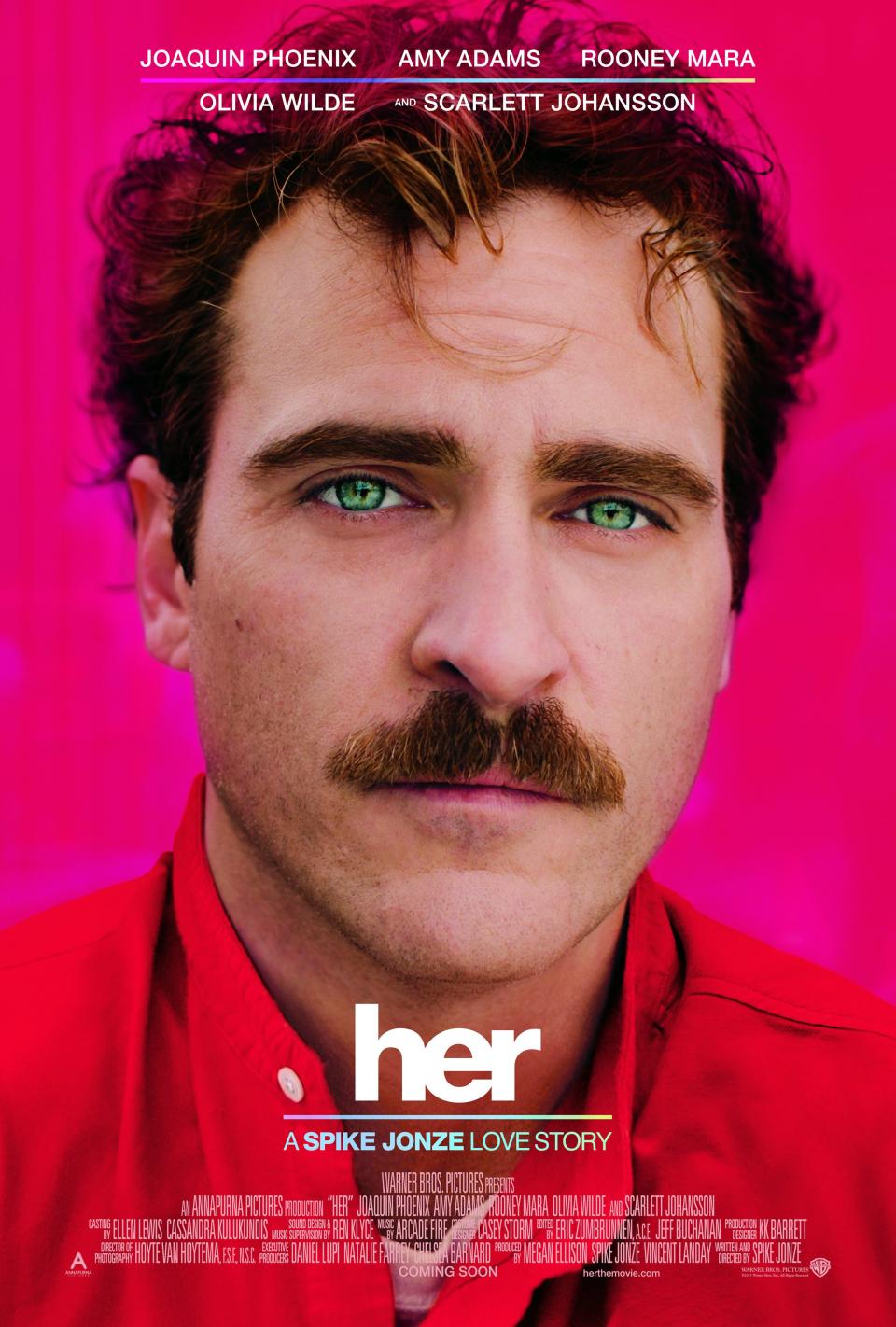
HER, US poster art, Joaquin Phoenix, 2013. ©Warner Bros./Courtesy Everett Collection
13. Her (Dir. Spike Jonze, 2013)
A 21st-century love story that takes phone addiction to its logical conclusion. Her envisions a near future in which Los Angeles resembles Shanghai, the pants are high-waisted, and lonelyhearts can find companionship with their OS. The connection between Joaquin Phoenix’s perfectly named Theodore Twombly and Scarlett Johansson’s Siri-esque Samantha is sincere and familiar enough—they’ve got all the usual sparks and frustrations—that the initial awkwardness fades away. Some might scoff at the concept, but under Spike Jonze’s direction, it’s totally believable that a person could be swept up in a life-changing romance while talking to an earpiece.

12. Whiplash (Dir. Damien Chazelle, 2014)
Beware those who relate to Whiplash a little too closely. Damien Chazelle’s breakthrough feature is a maelstrom of ego, single-mindedness, and resentment, an ugly film about what it takes—in the minds of its two lead characters, at least—to make gorgeous art. Miles Teller sits behind the drum kit as a jazz student who aspires to greatness and is willing to sacrifice everything else in his life; the Oscar-winning J.K. Simmons looms as an abusive instructor who won’t let the kid stop until there’s blood dripping from his drumsticks. Not for anyone precious about their work/life balance.

12 YEARS A SLAVE, US poster art, Chiwetel Ejiofor, 2013. TM & copyright ©Fox Searchlight Pictures. A
11. 12 Years a Slave (Dir. Steve McQueen, 2013)—WINNER
12 Years a Slave is among the most brutal Best Picture nominees—never mind the winners. Yet the filmmaking is executed so clearly and powerfully that it should be respected, not penalized, for being difficult to watch. There are unforgettable images throughout the memoir-based drama, like the tortuous sight of Chiwetel Ejiofor’s Solomon Northup hanging by his neck, tiptoes in the mud and barely able to breathe, while other people go about their business. When Solomon returns to his family in New York and tearfully asks forgiveness for being absent, it’s a singularly emotional scene in the past decade's cinema.
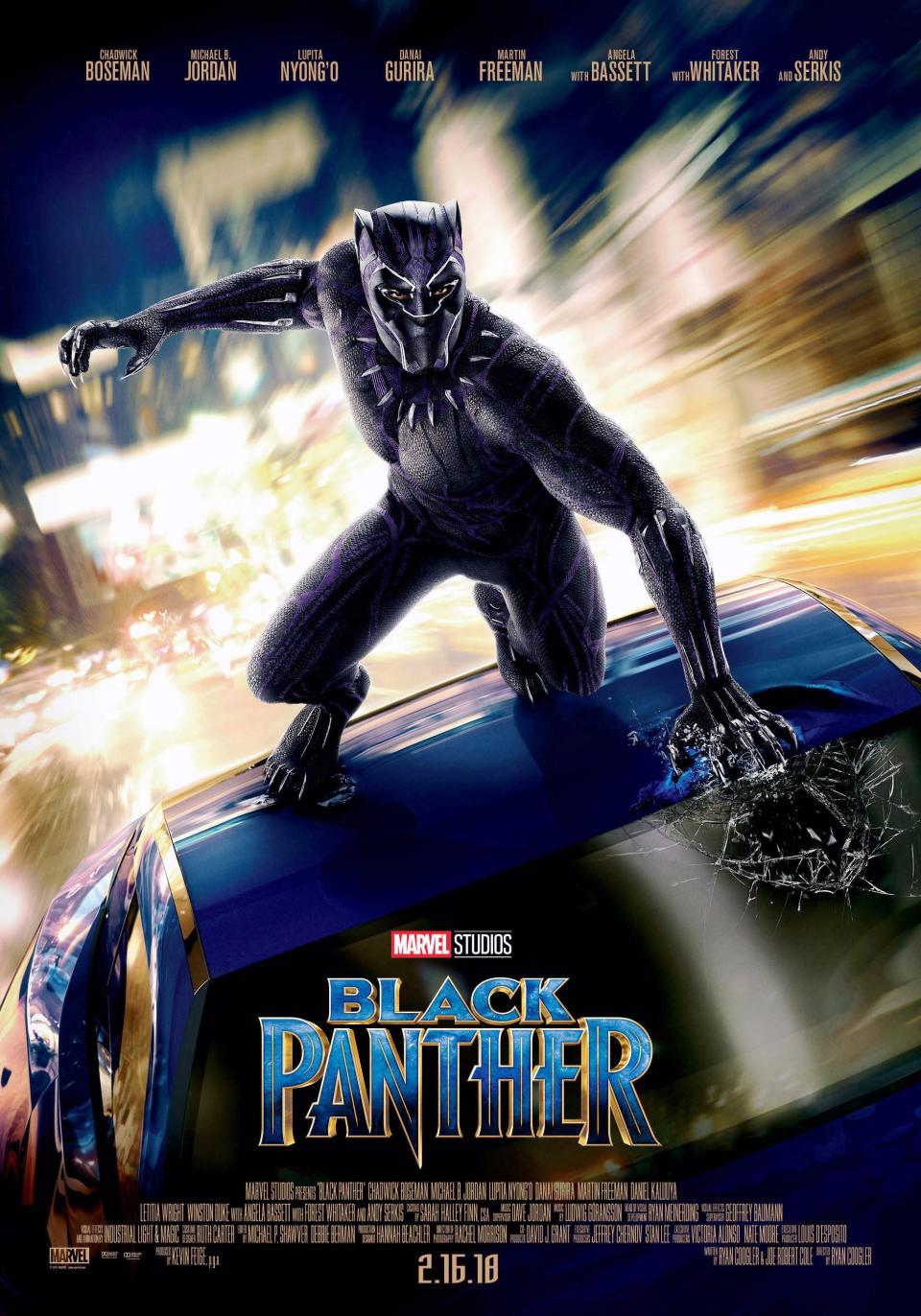
MCDBLPA EC137
10. Black Panther (Dir. Ryan Coogler, 2018)
The film that every Marvel fanboy should point to when someone says superhero stories aren’t cinema. Ryan Coogler’s $1.3 billion-grossing phenomenon doesn’t just placate viewers with sleek car chases and sloppy CGI fights—though it’s got both of those. It also pokes at systemic racism and colonialism, weighs revolution against diplomacy, and observes how sons interact with the legacies of their fathers. And unlike many of its MCU companion pieces, Black Panther isn’t worried about interlocking into the Infinity Saga. Wakanda’s a kingdom unto itself.
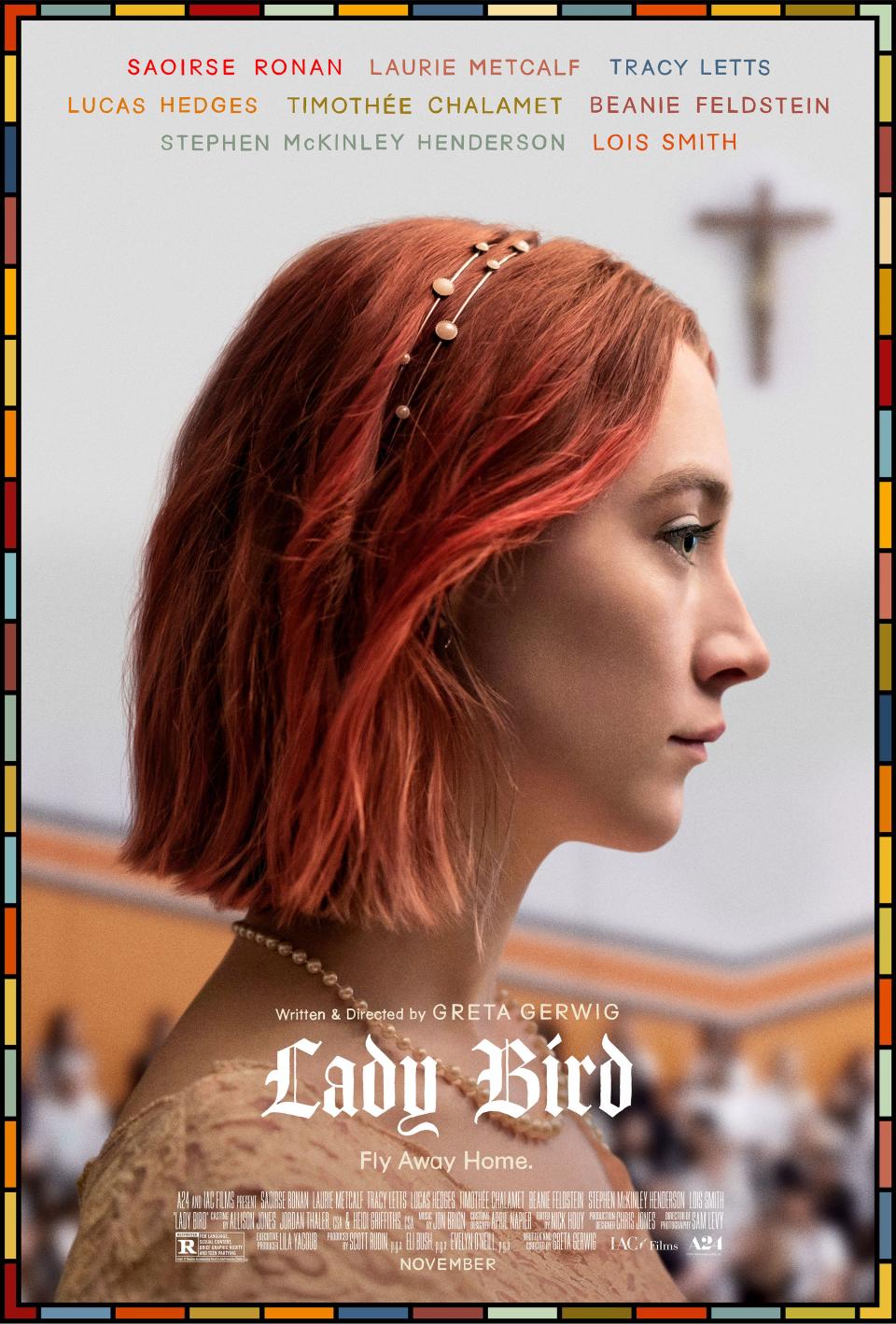
MCDLABI EC018
9. Lady Bird (Dir. Greta Gerwig, 2017)
With her solo directorial debut, Greta Gerwig welcomes us to her hometown of Sacramento, which the film’s lead character (Saoirse Ronan, in the titular role), can’t wait to escape. Lady Bird follows the teen born Christine McPherson during her senior year of high school: the overeager theater auditions, the boys kissed and later dismissed, the nagging shame of being lower middle class, and the vicious fights with a mother she shouldn’t live with any longer. A coming-of-age story that’s generous but unflinching, the movie earns its closing epiphany—that sometimes you have to leave a place to realize why it’s home.
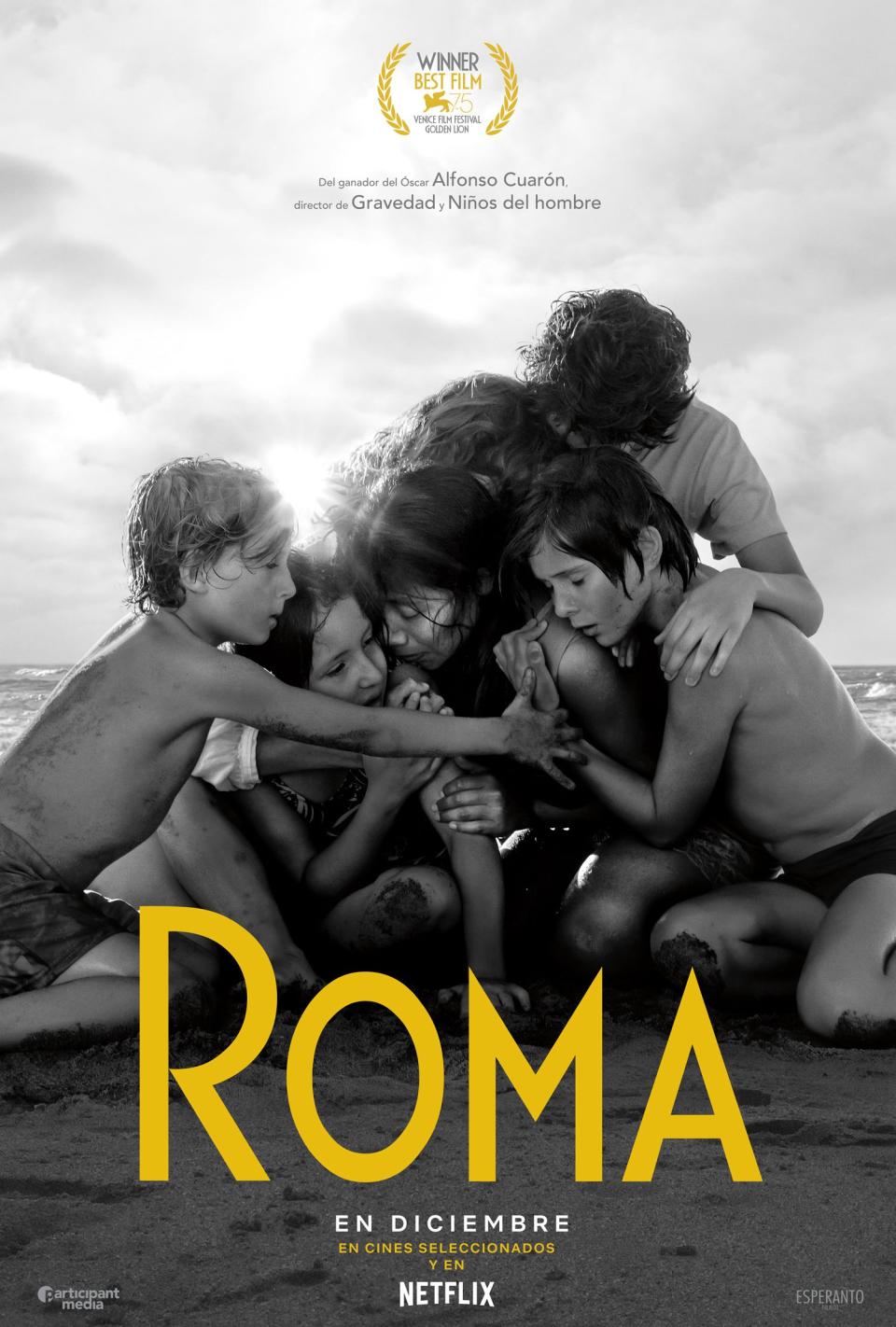
MCDROMA EC080
8. Roma (Dir. Alfonso Cuarón, 2018)
Now that the debate over whether to see it in a theater is well past moot, let’s admire Roma for what it delivers, regardless of the screen’s size: It’s an enveloping tribute to a woman (played by first-time actress Yalitza Aparicio) who helped steady Alfonso Cuarón’s childhood, and also a recollection of a fraught time in Mexico. Filmed in striking black and white and with a panoramic perspective, Roma draws on Cuarón’s past achievements—the intimacy of Y Tu Mamá También, the world-building of Children of Men, the technical vision of Gravity—to form a masterpiece. (All that said, please don’t watch it on your phone.)
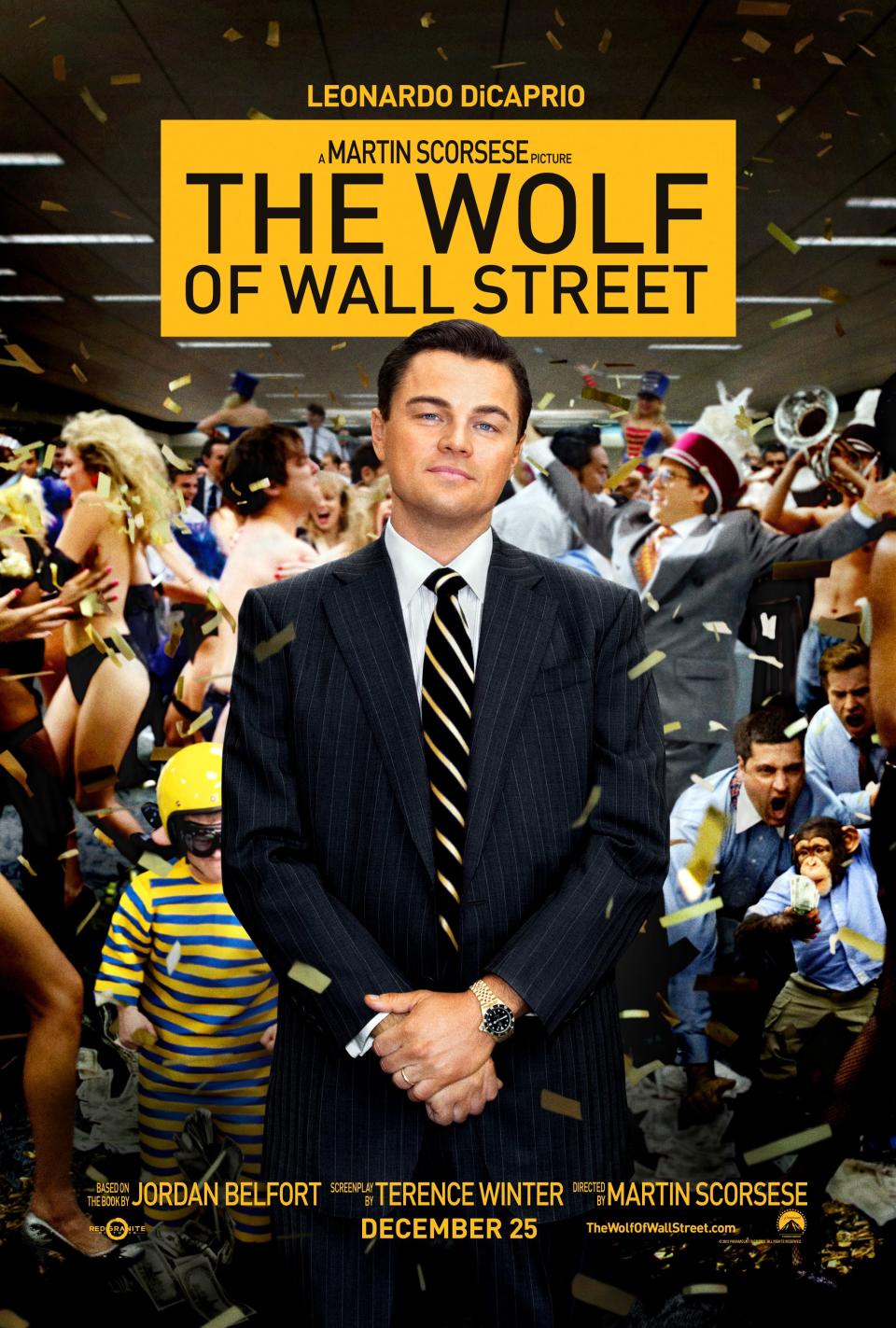
THE WOLF OF WALL STREET, US poster art, Leonardo DiCaprio, 2013. ©Paramount Pictures/courtesy Everet
7. The Wolf of Wall Street (Dir. Martin Scorsese, 2013)
You have to sweat this movie out of your pores—just like how Leo’s Jordan Belfort hits the steam every morning before he struts back into Stratton Oakmont. A brief inventory of what you put into your system: Leo naked with his hands bound and a lit candle in his ass; a woman getting her head shaved for money just before an open-office orgy breaks out; Jonah Hill swallowing a live goldfish; Jonah Hill coughing up a wad of cold cuts; Leo fleecing people out of thousands; a bunch of schnooks hypnotized at a seminar, hoping to learn from a crook. And the more times you indulge, the harder it is to detox.
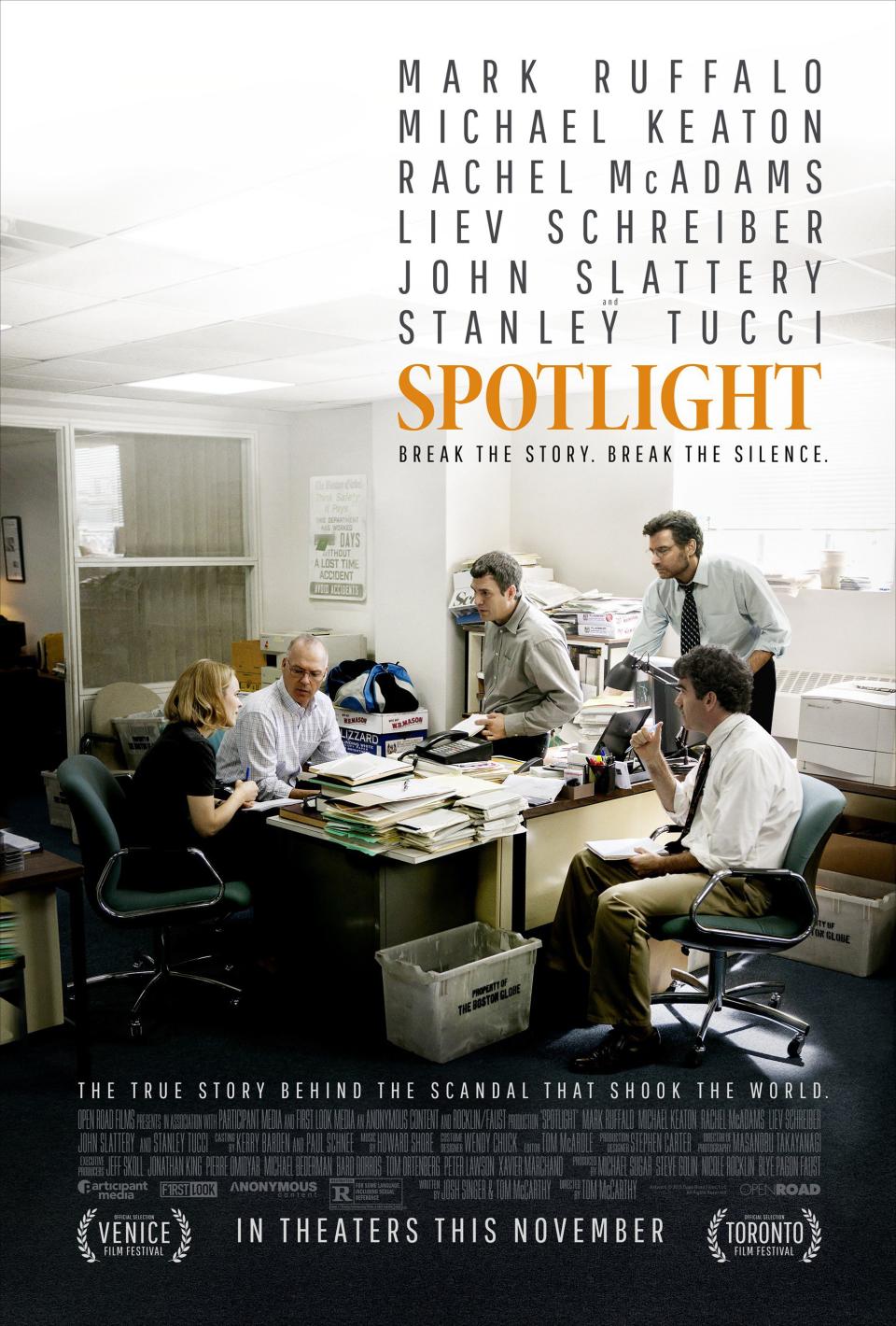
SPOTLIGHT, US poster, 2015. ©Open Road Films/Courtesy Everett Collection
6. Spotlight (Dir. Tom McCarthy, 2015)—WINNER
The knock on Spotlight is that it’s capital-f Fine: a competently made film that’s unshowy to the point of being a little drab. The khaki pants of recent Best Picture winners, if you will. But that criticism misses the point of a note-perfect marriage between style and subject. Tom McCarthy’s approach and the (largely) understated performances are every bit as focused and dead-on as the Boston Globe team we follow onscreen. The cast and crew turned in a methodical look at how systemic abuse is both perpetuated and exposed—few stories are as worthy of recognition.
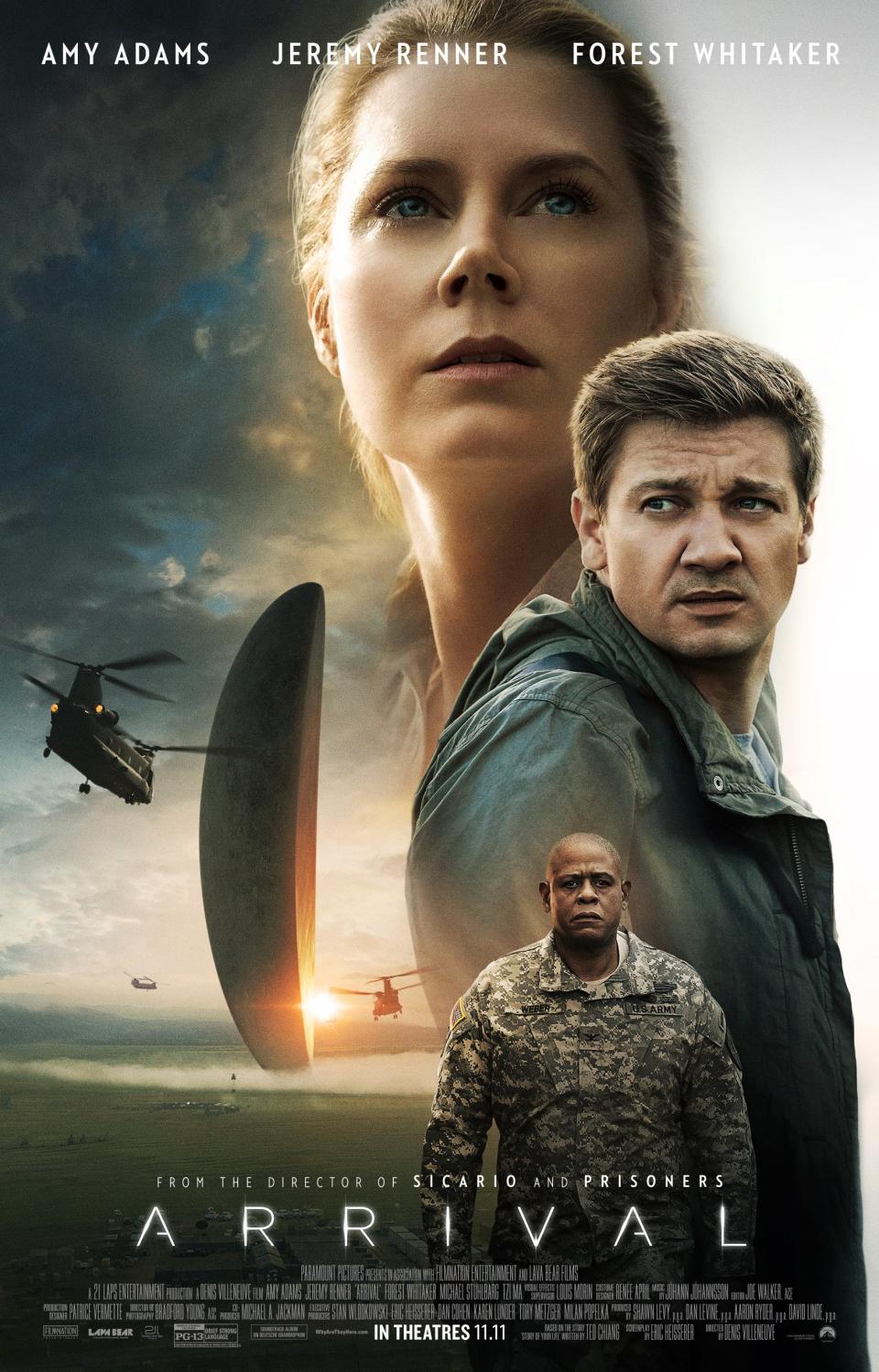
ARRIVAL, US poster, top to bottom: Amy Adams, Jeremy Renner, Forest Whitaker, 2016. © Paramount
5. Arrival (Dir. Denis Villeneuve, 2016)
This is the decade’s most elite sci-fi film. Adapted from a 1998 short story, Arrival reinterprets one of the genre’s cornerstones—first contact between humans and aliens—so that it’s more about communication, less about conquest. The U.S. military hires Amy Adams’ linguist Louise Banks to figure out what the seven-limbed extraterrestrials loitering above Montana want; in the course of her work, she decodes the tragic personal visions she’s been having and makes a case for cooperation among world powers. Don’t be fooled by the presence of outer-space visitors, this movie cares most deeply about Earth.

BOYHOOD, US poster art, Ellar Coltrane, 2014. /©IFC Films/Courtesy Everett Collection
4. Boyhood (Dir. Richard Linklater, 2014)
Richard Linklater’s monument to how time makes and unmakes us was filmed across 12 years, the legend goes, tracking the growth of Mason Evans Jr. (Ellar Coltrane) from adorable first grader to that obnoxious bruh in your freshman philosophy class who won’t let anything drop. We roast because we feel like we know the kid—we’re here for an Astros game and a Harry Potter release party, for visits with his wayward father and his mother’s unsuccessful relationships, for high school graduation and his first day at college. It all accumulates quickly, and in less than three hours, Linklater makes us a dozen years wiser.

THE SOCIAL NETWORK, Jesse Eisenberg, 2010. ©Columbia Pictures/Courtesy Everett Collection
3. The Social Network (Dir. David Fincher, 2010)
Seen from one angle, The Social Network might look quaint—a bunch of college kids squabbling and litigating over something that’s since become far more ominous. But from another vantage, David Fincher’s chilly account of Facebook’s founding remains startlingly resonant. It opens with a self-pitying angry white guy revenge-blogging and objectifying women online; it ends with Peter Thiel—the man who crushed Gawker—helping to fuck someone out of a job. In between, Jesse Eisenberg spits out Aaron Sorkin’s dialogue with a typist’s precision and Justin Timberlake weaponizes his own smarm. And throughout, an Oscar-winning score buzzes, manifesting the ambient dread over who and what’s shaping our century.
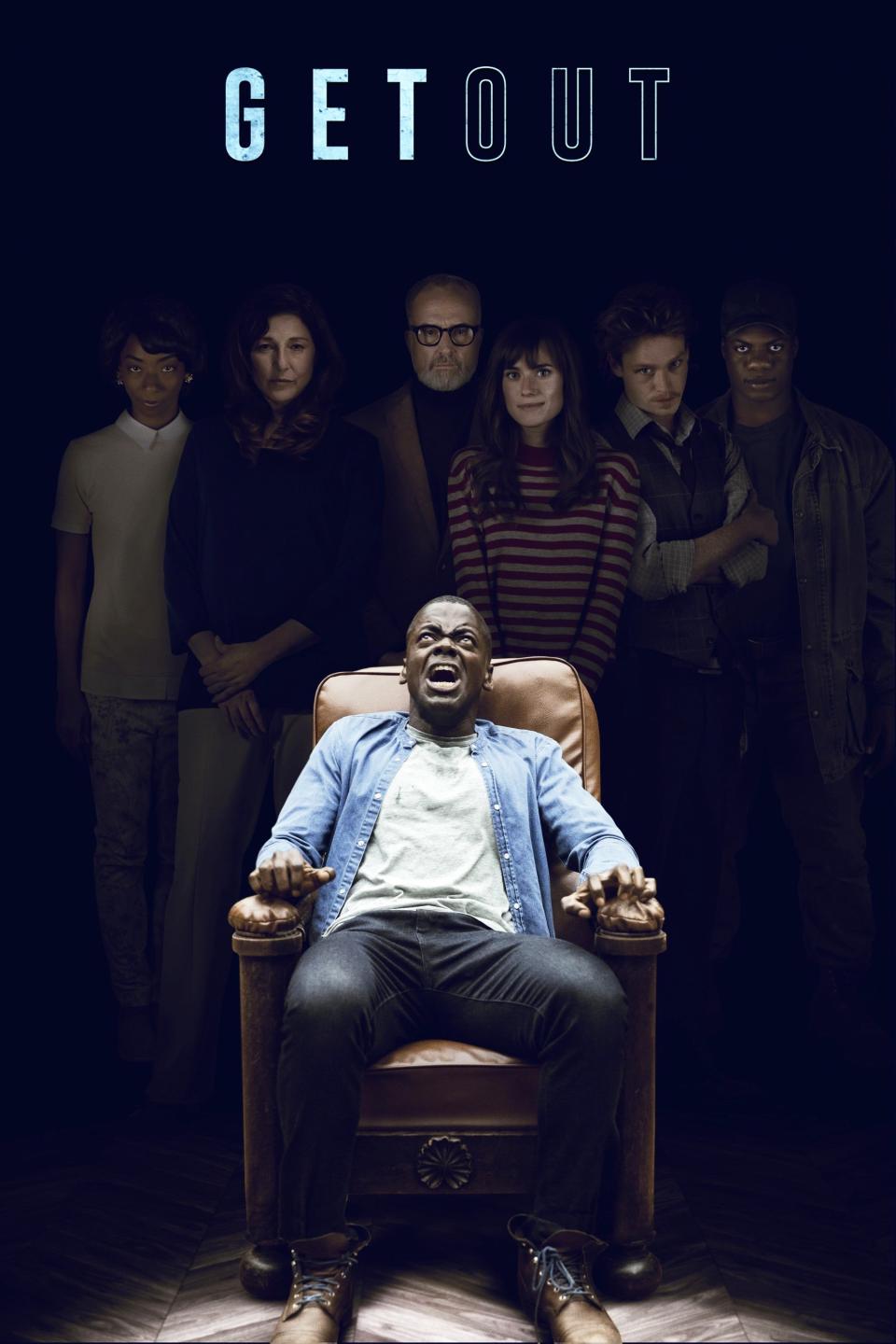
MCDGEOU EC051
2. Get Out (Dir. Jordan Peele, 2017)
Simultaneously the funniest horror movie and scariest satire in recent memory, Get Out revives the “social thriller” construct by transforming a gut-level discomfort into something high-concept and unnatural. That it does so while also delivering a scalpel-sharp critique of white liberals who insist they don’t see color makes the movie even more incredible. First-time director Jordan Peele peppers in gags (“My man!”) and Lil Rel Howery at just the right times, but he never lets us, or Daniel Kaluuya’s Chris, feel at ease around the Armitage family. There’s something sinister behind all their smiles, just like there’s something truly terrifying behind Chris’s frozen expression.
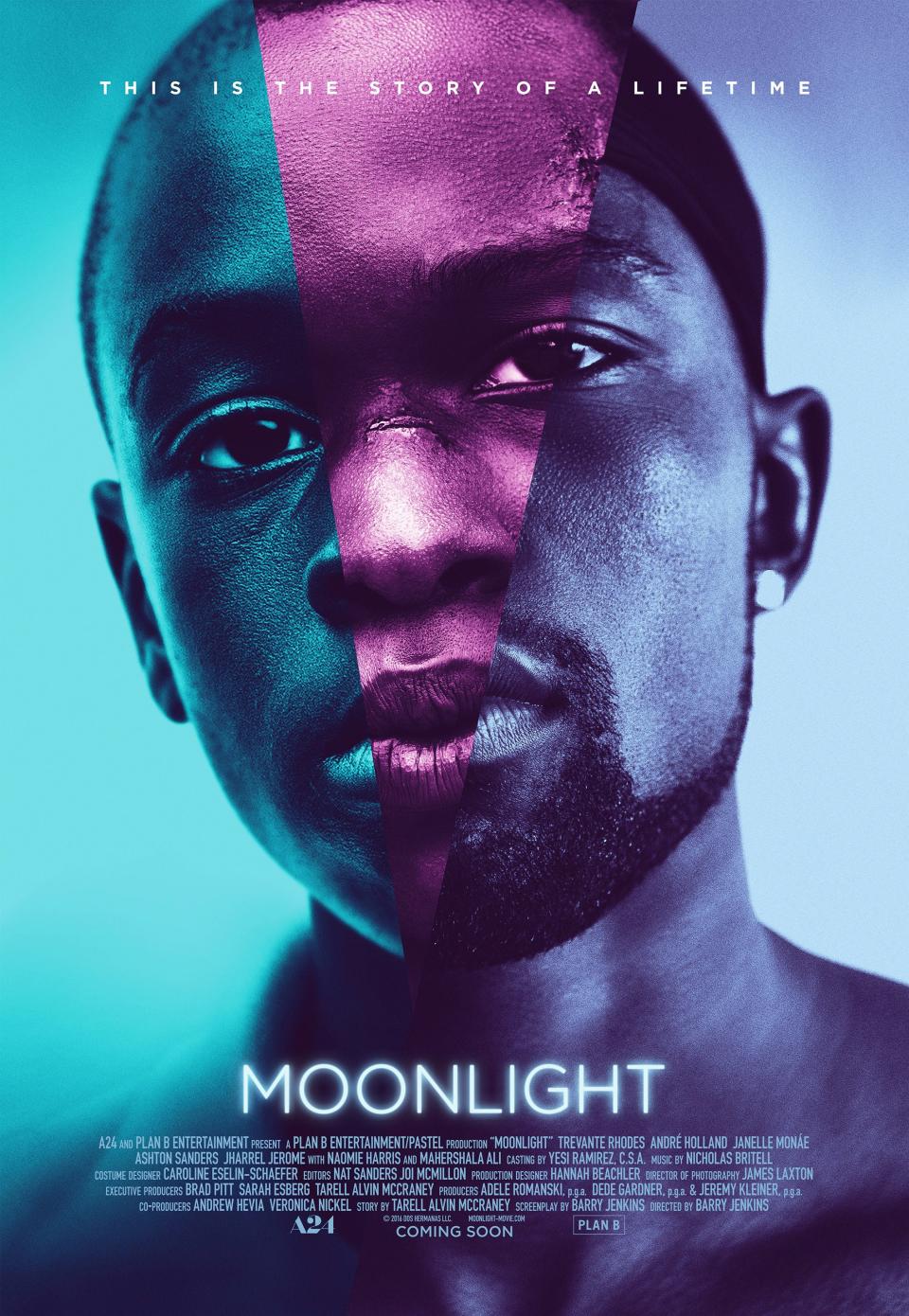
MOONLIGHT, US poster art, trisected from left, Jaden Piner, Jharrel Jerome, Andre Holland, Trevante
1. Moonlight (Dir. Barry Jenkins, 2016)—WINNER
Let’s set the Best Picture screwup aside for a second. Moonlight’s about as immaculate as movies get: three-act structure, tenderly acted, with sumptuous visuals and an expressive score to match, and no excess. In adapting Tarell Alvin McCraney’s play In Moonlight Black Boys Look Blue, Barry Jenkins relays a story of uncommon sensitivity, and handles it with appropriate care. We ache for Alex Hibbert’s “Little” when he’s bullied, cringe when Ashton Sanders’s teen Chiron is beaten up, and can sense the weight of the hard exterior that Trevante Rhodes’s “Black” encases himself inside. That’s what makes the embrace between him and André Holland’s Kevin so disarming, and that Best Picture win so triumphant.
The final year of the ‘10s might have been its best for movies. But don’t take our word for it: we ride for The Goldfinch.
Originally Appeared on GQ


